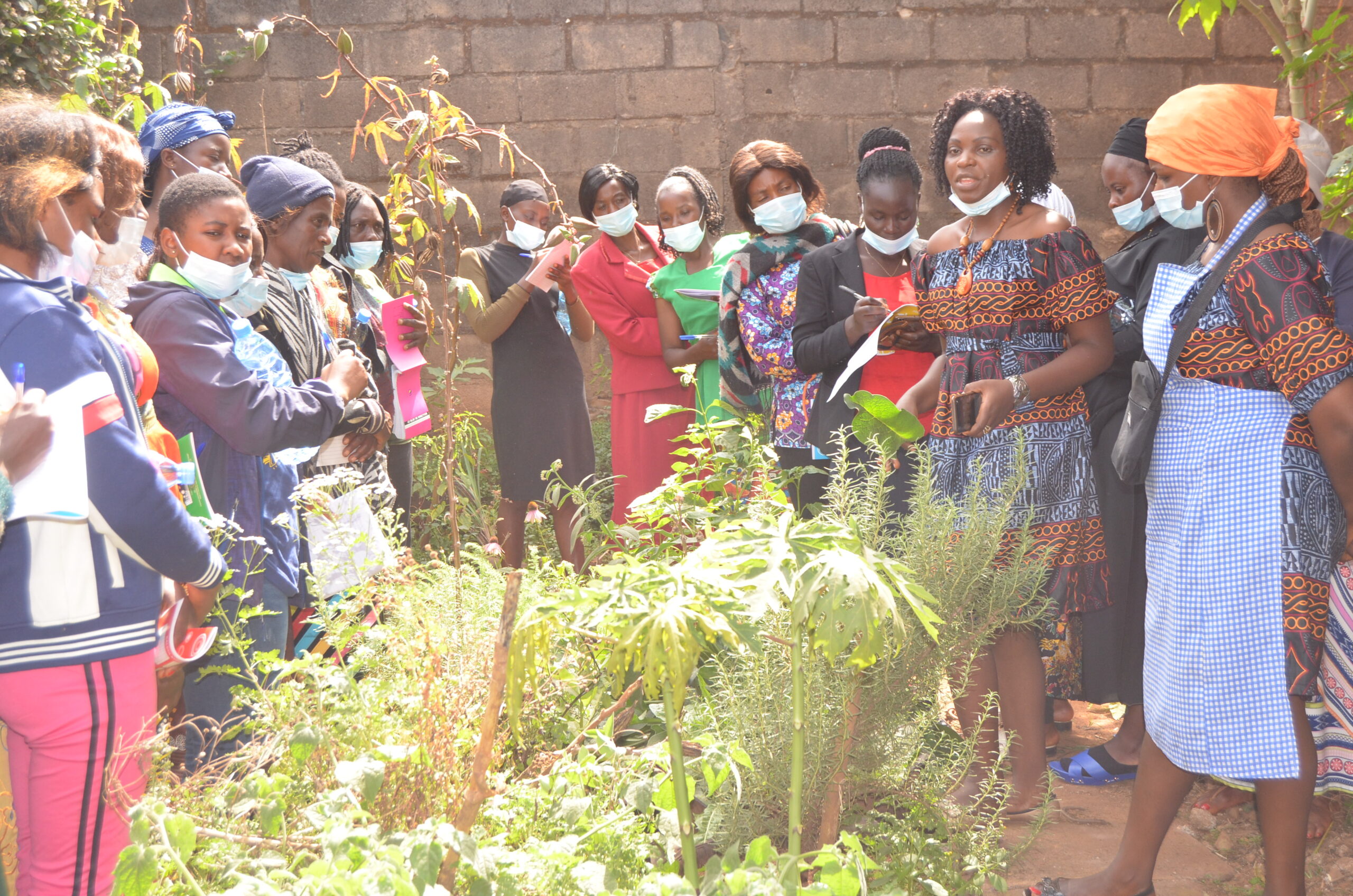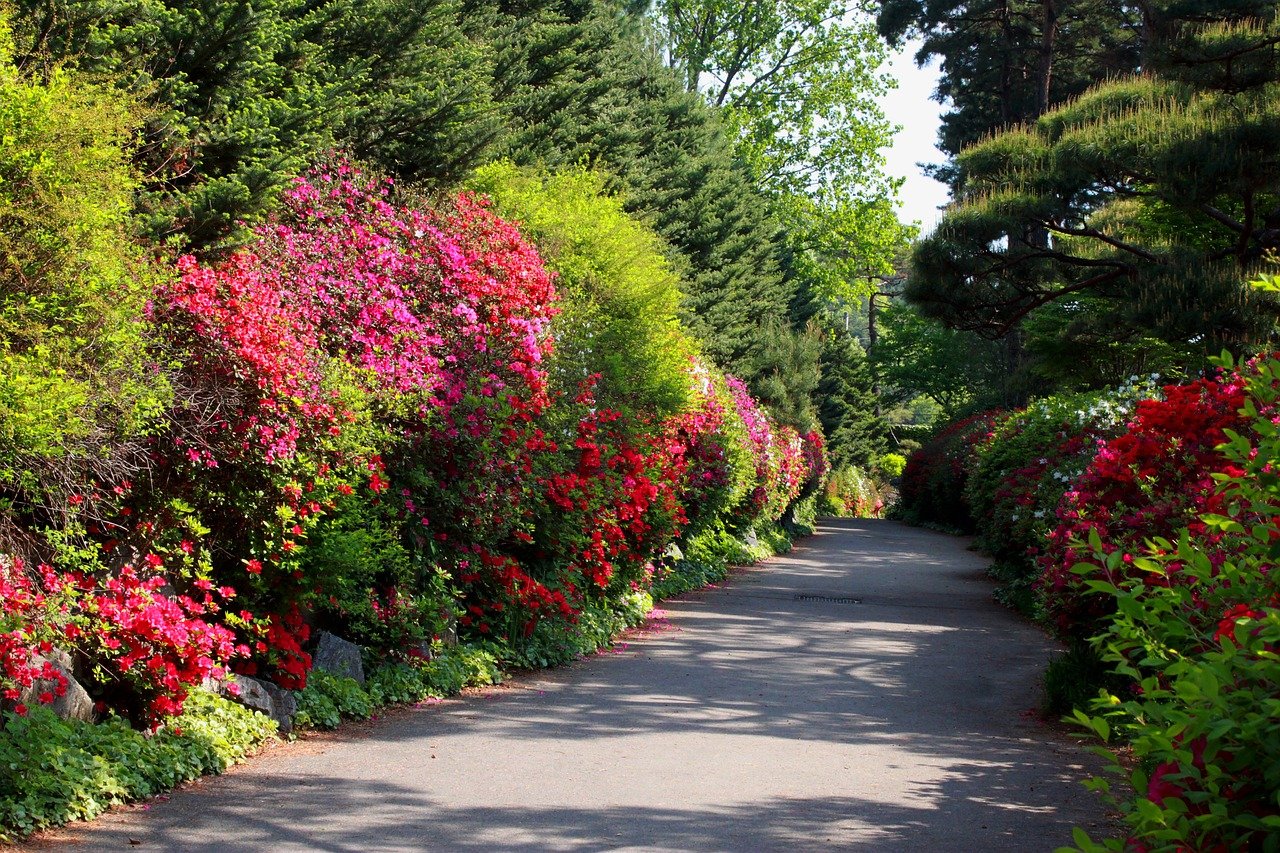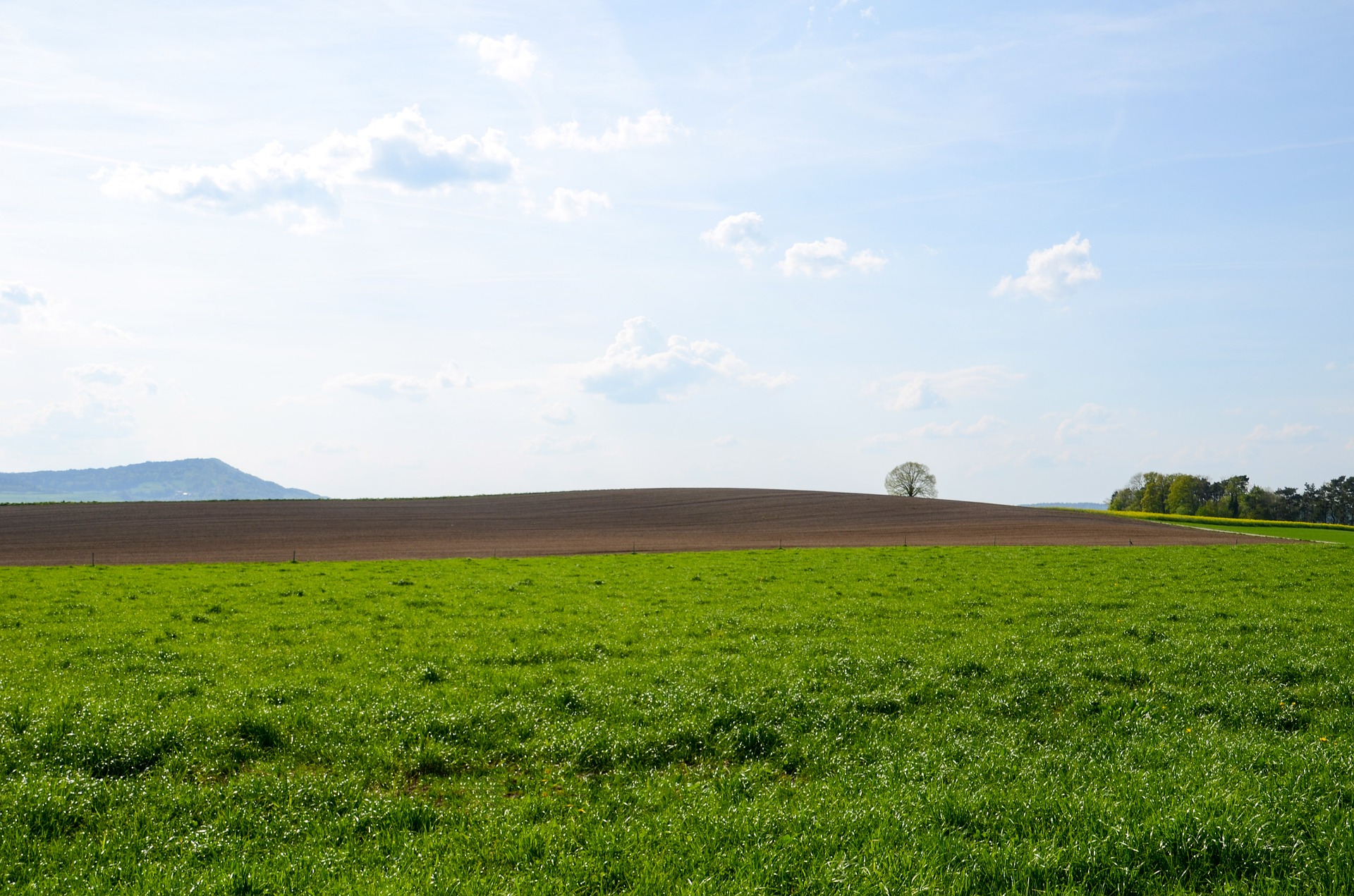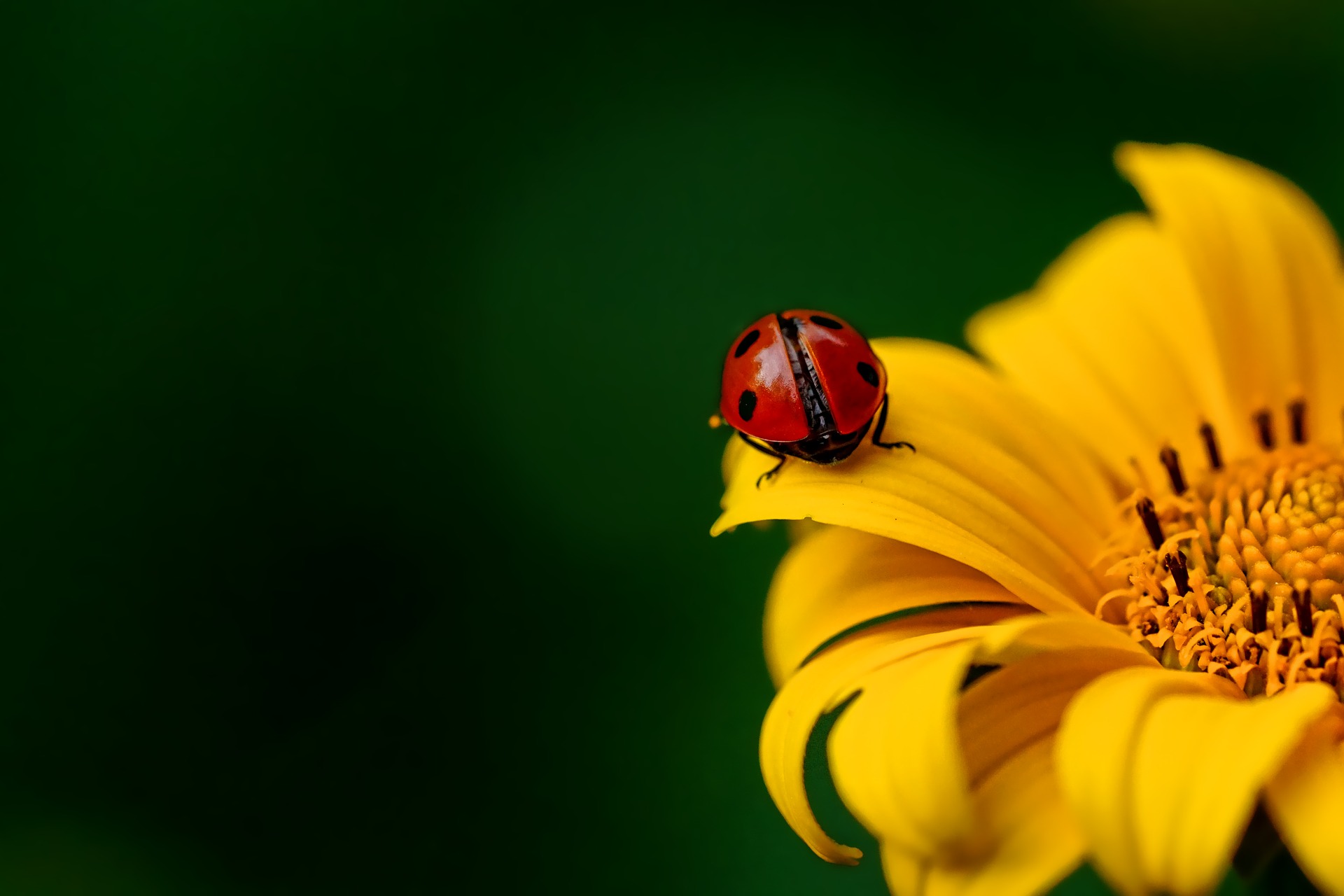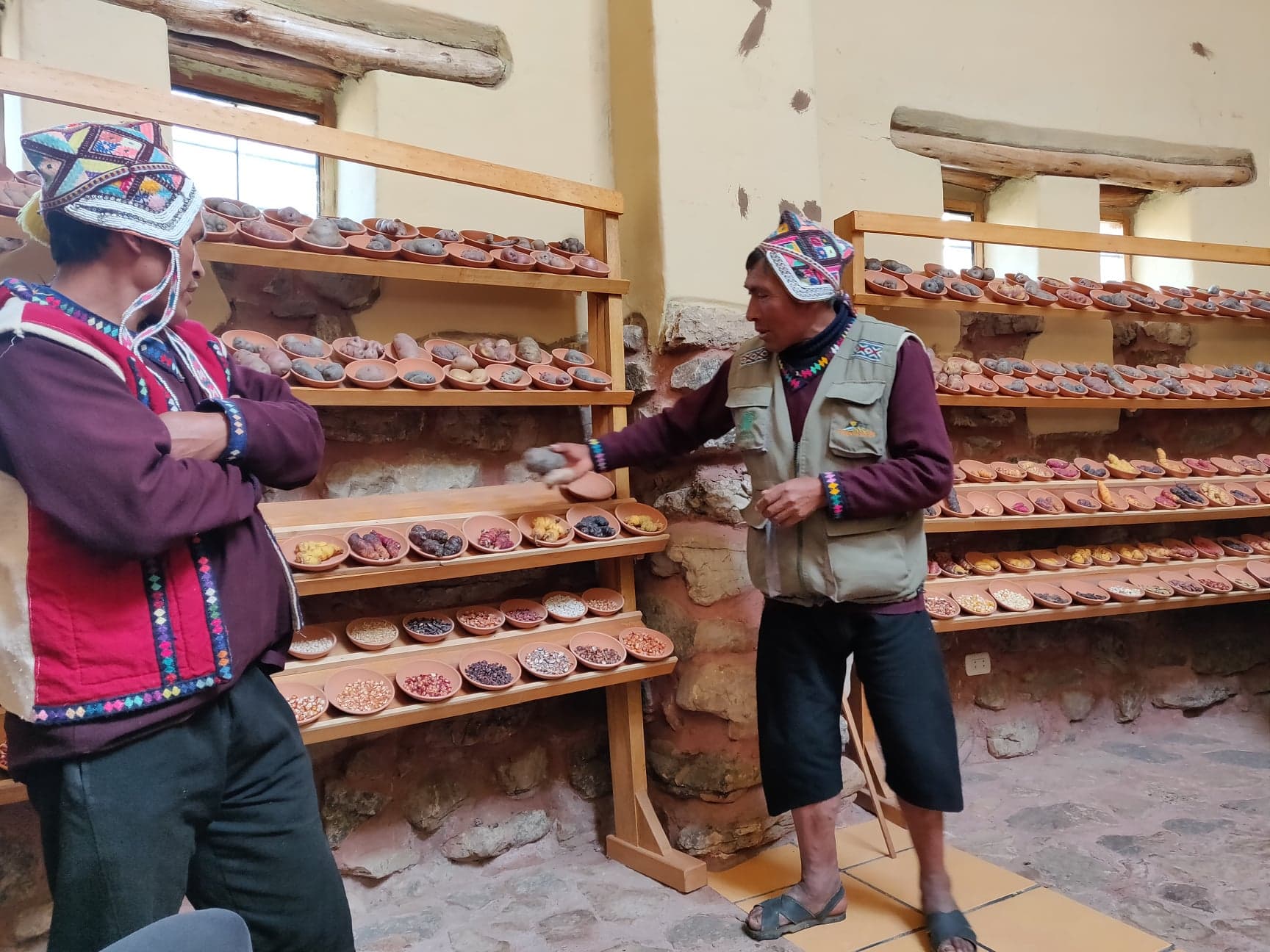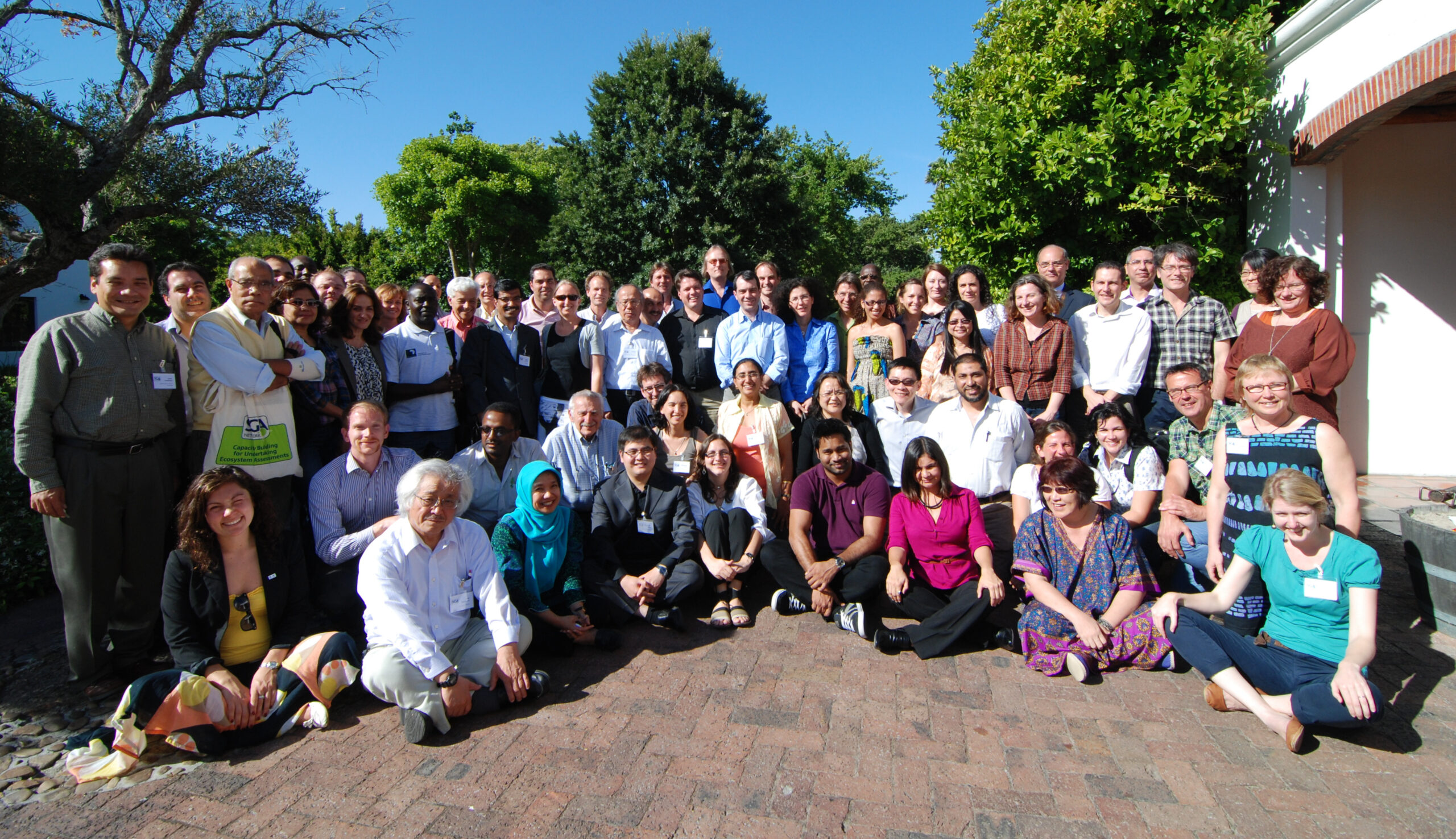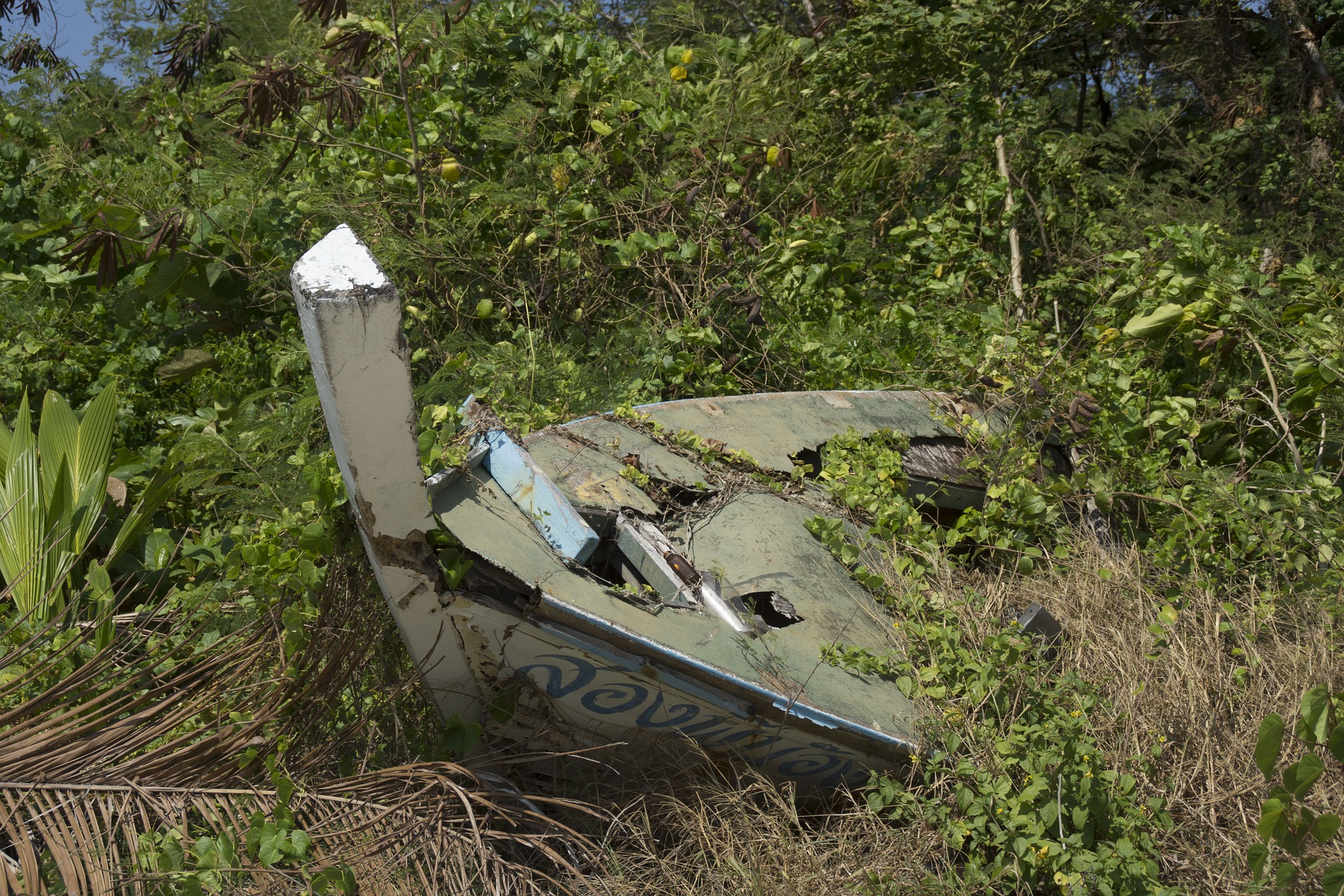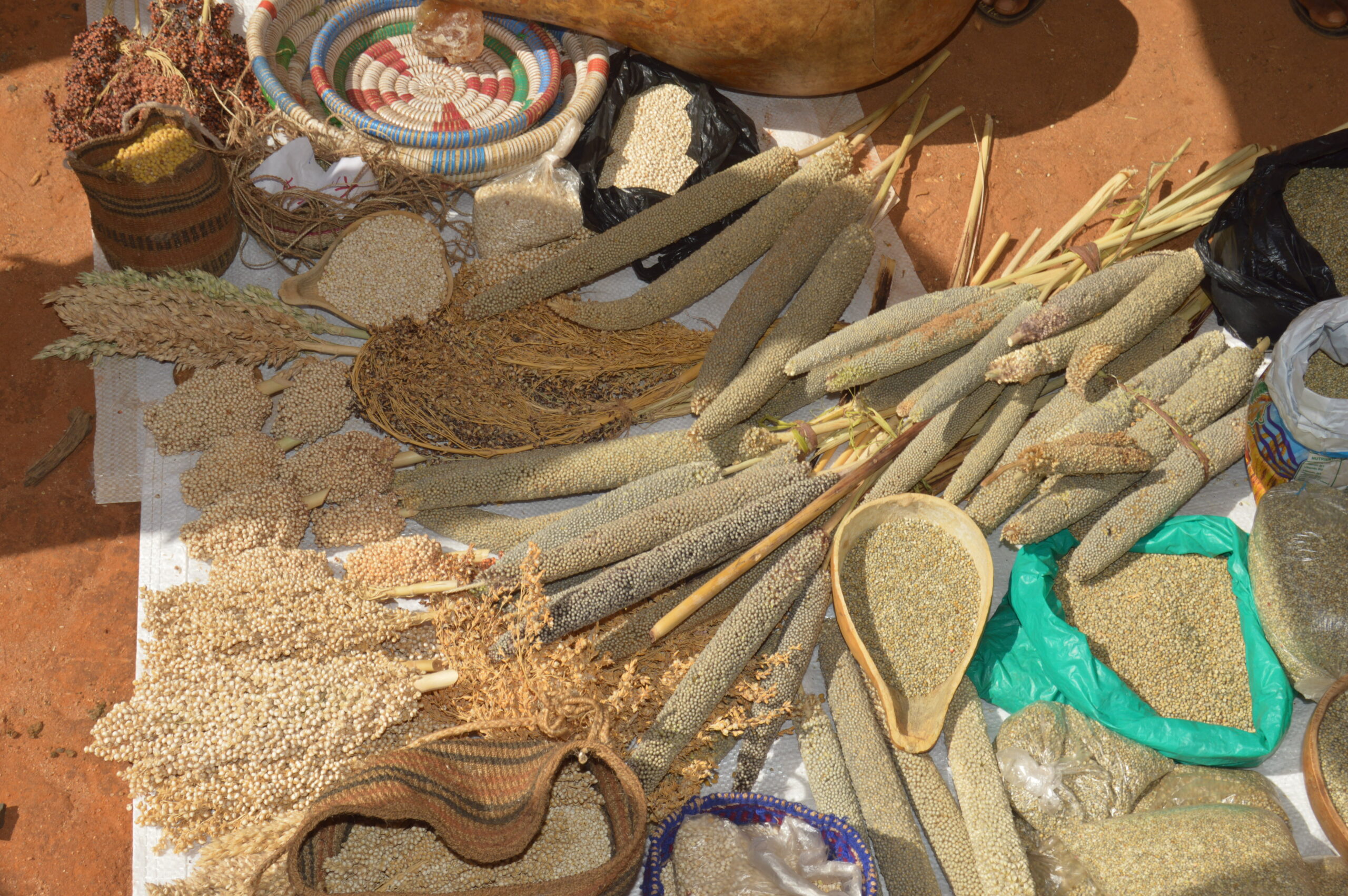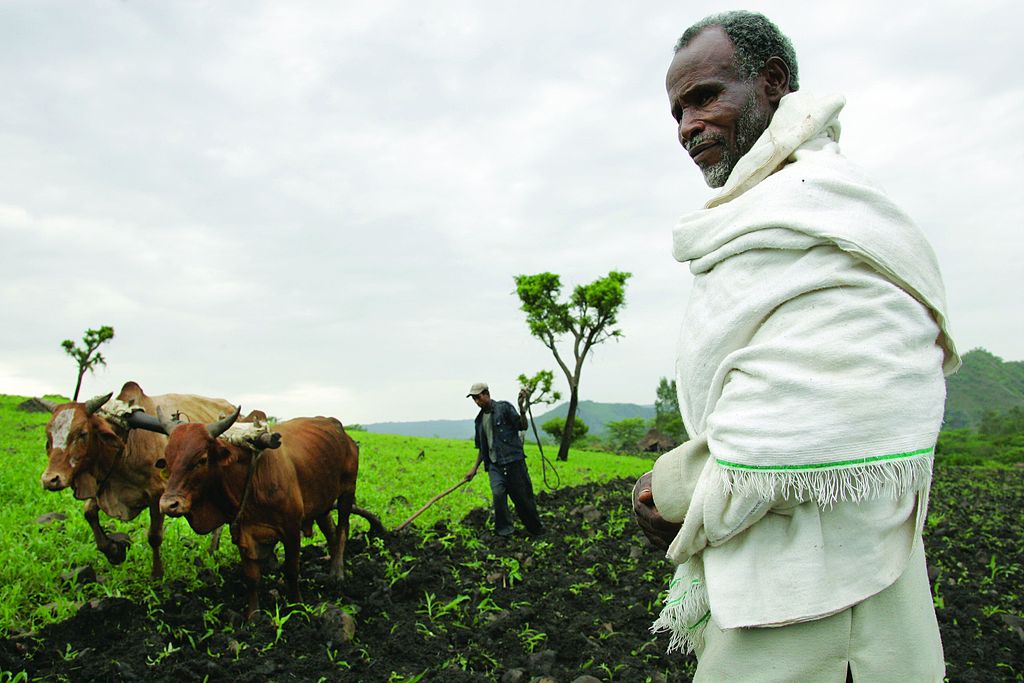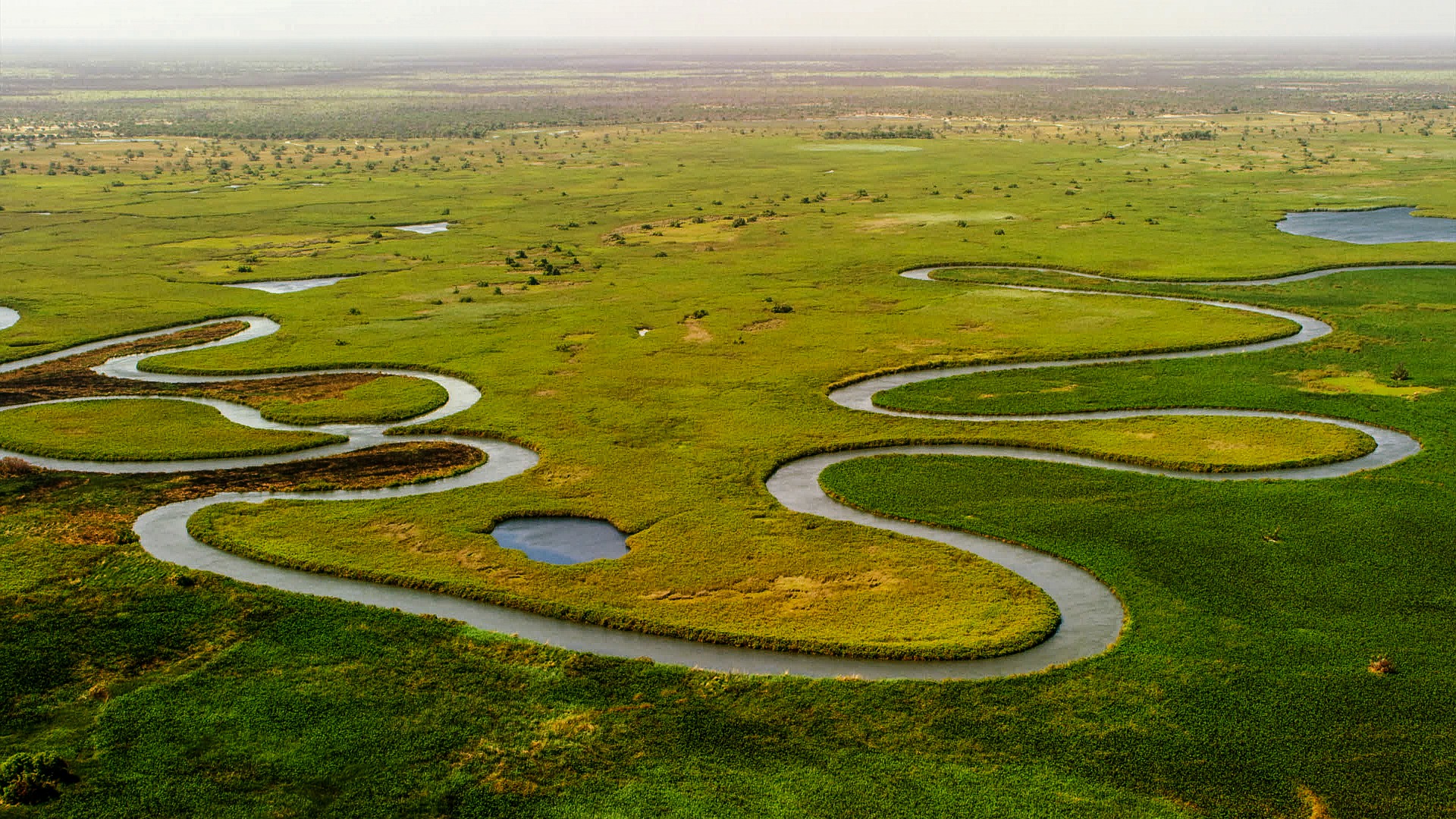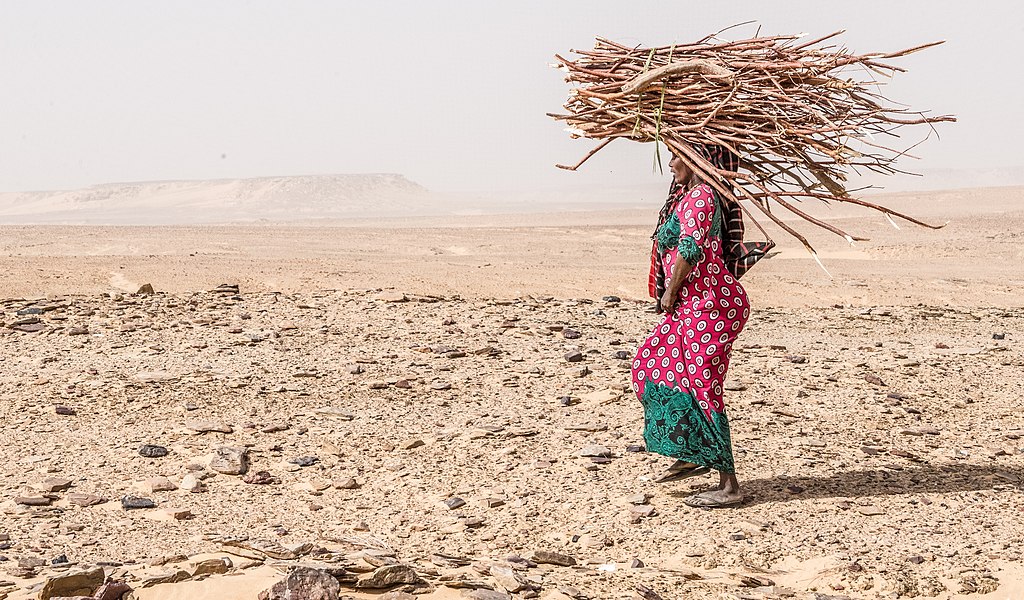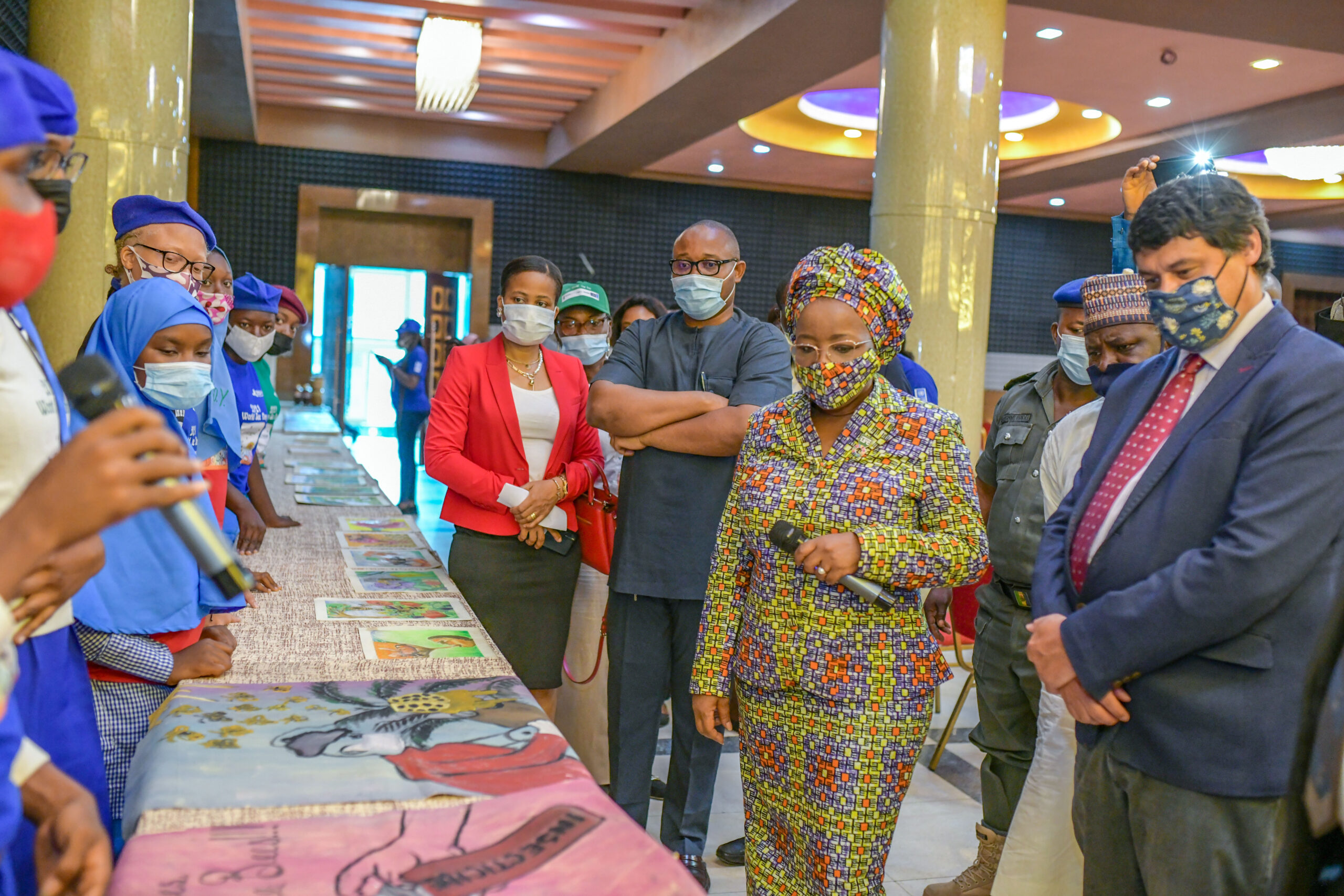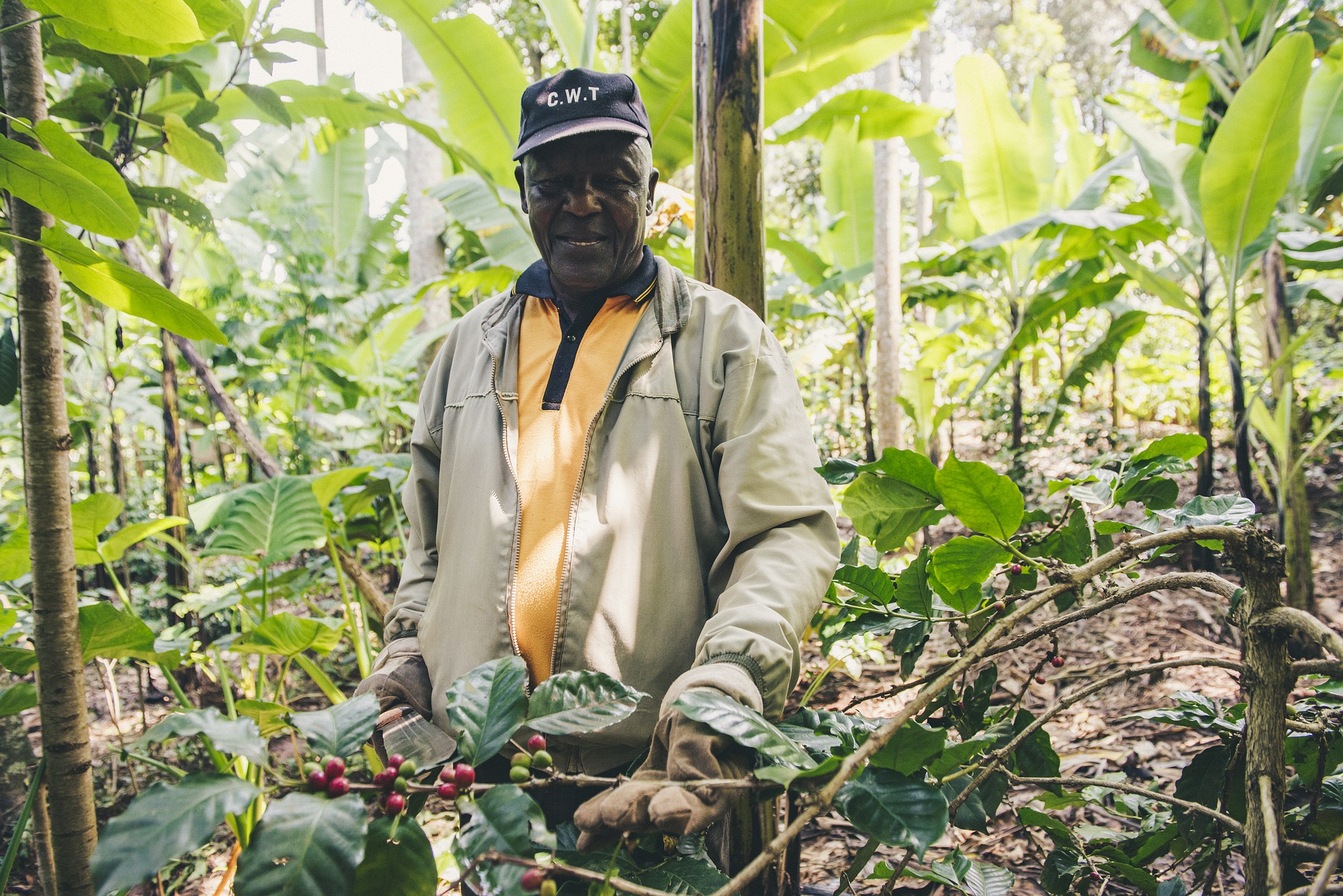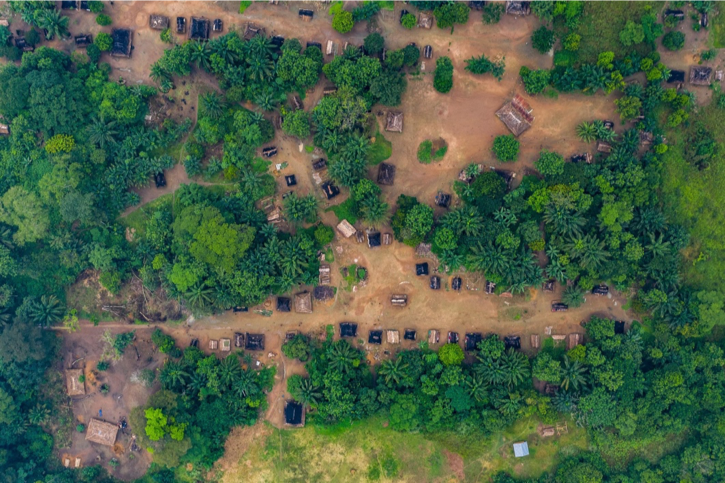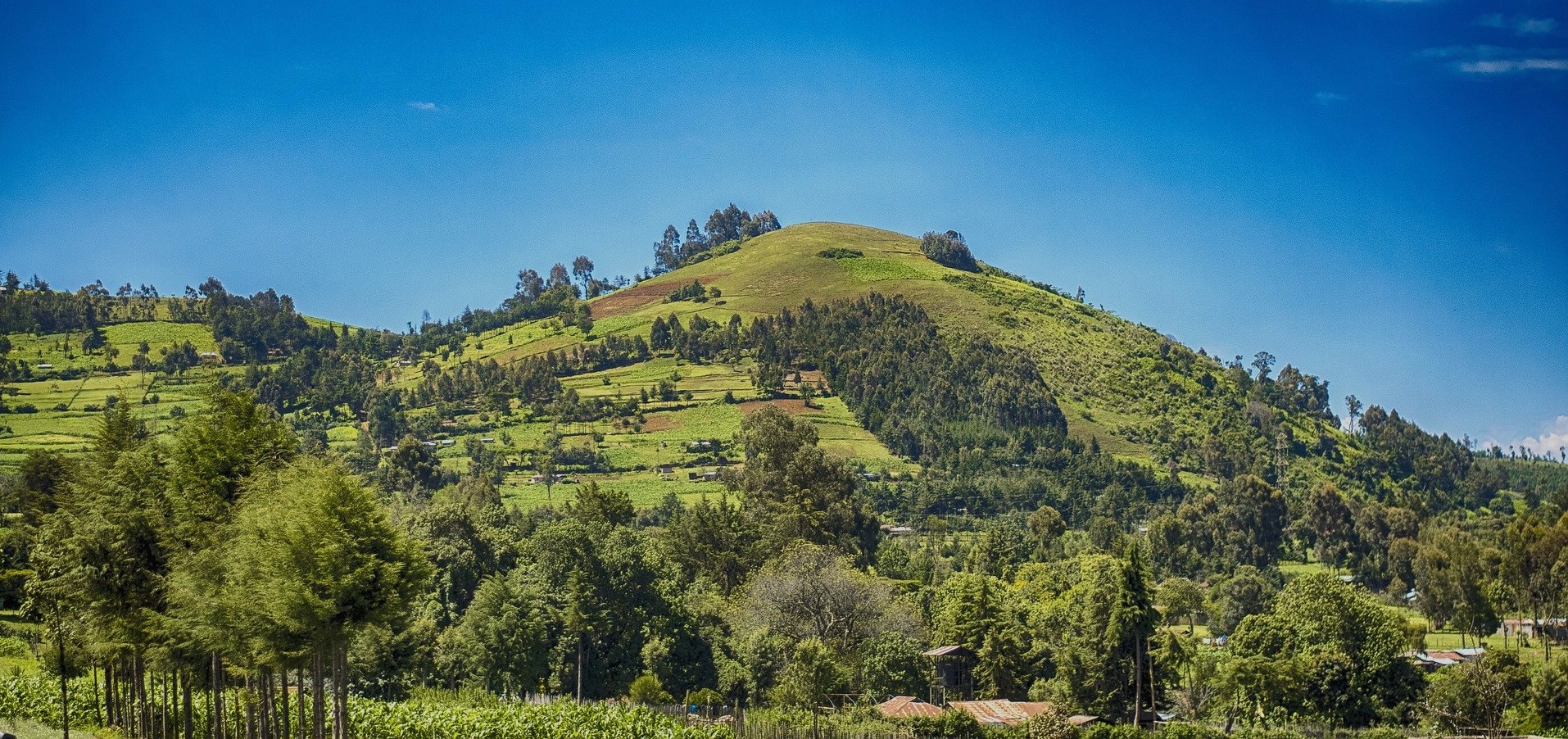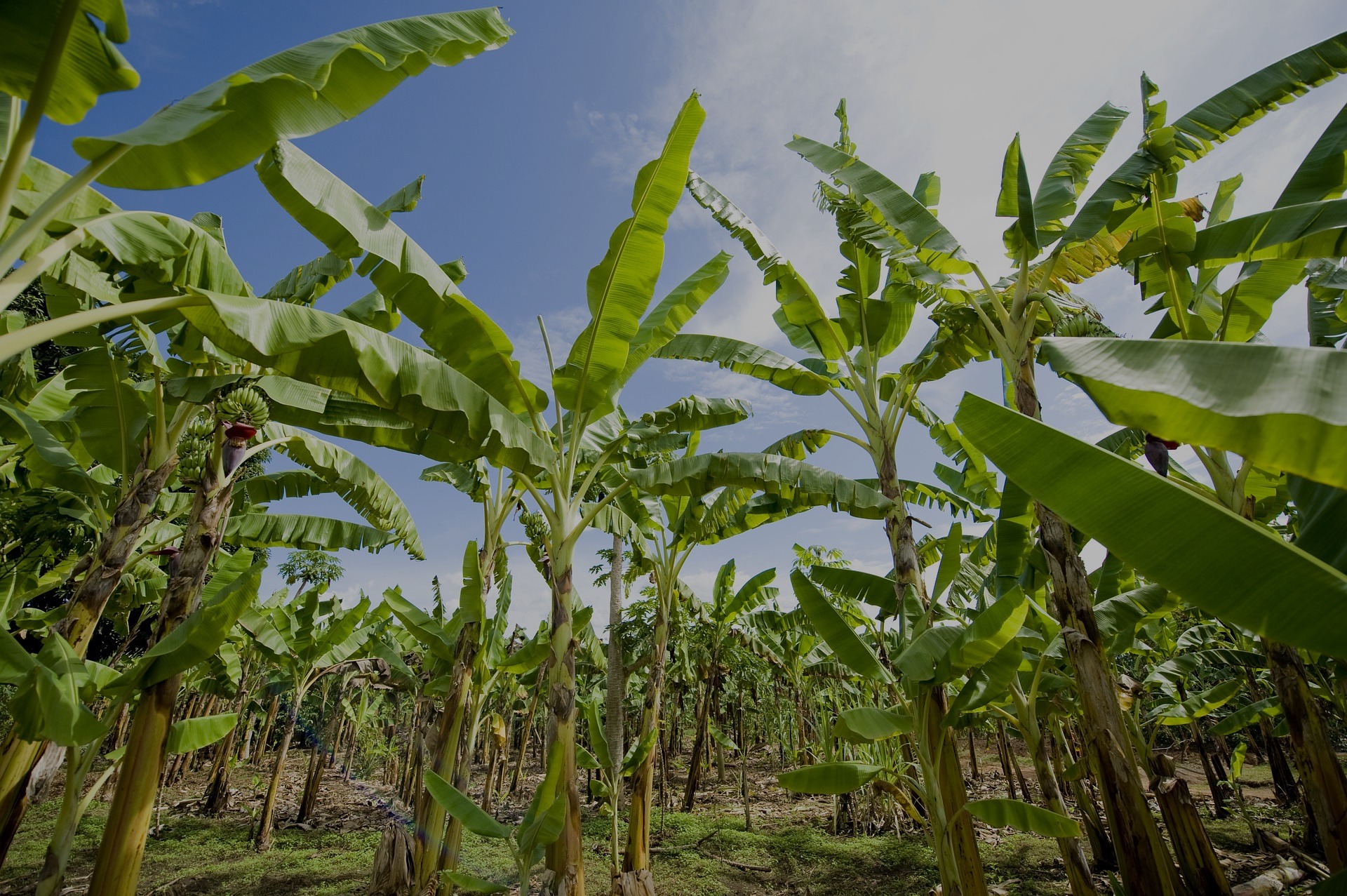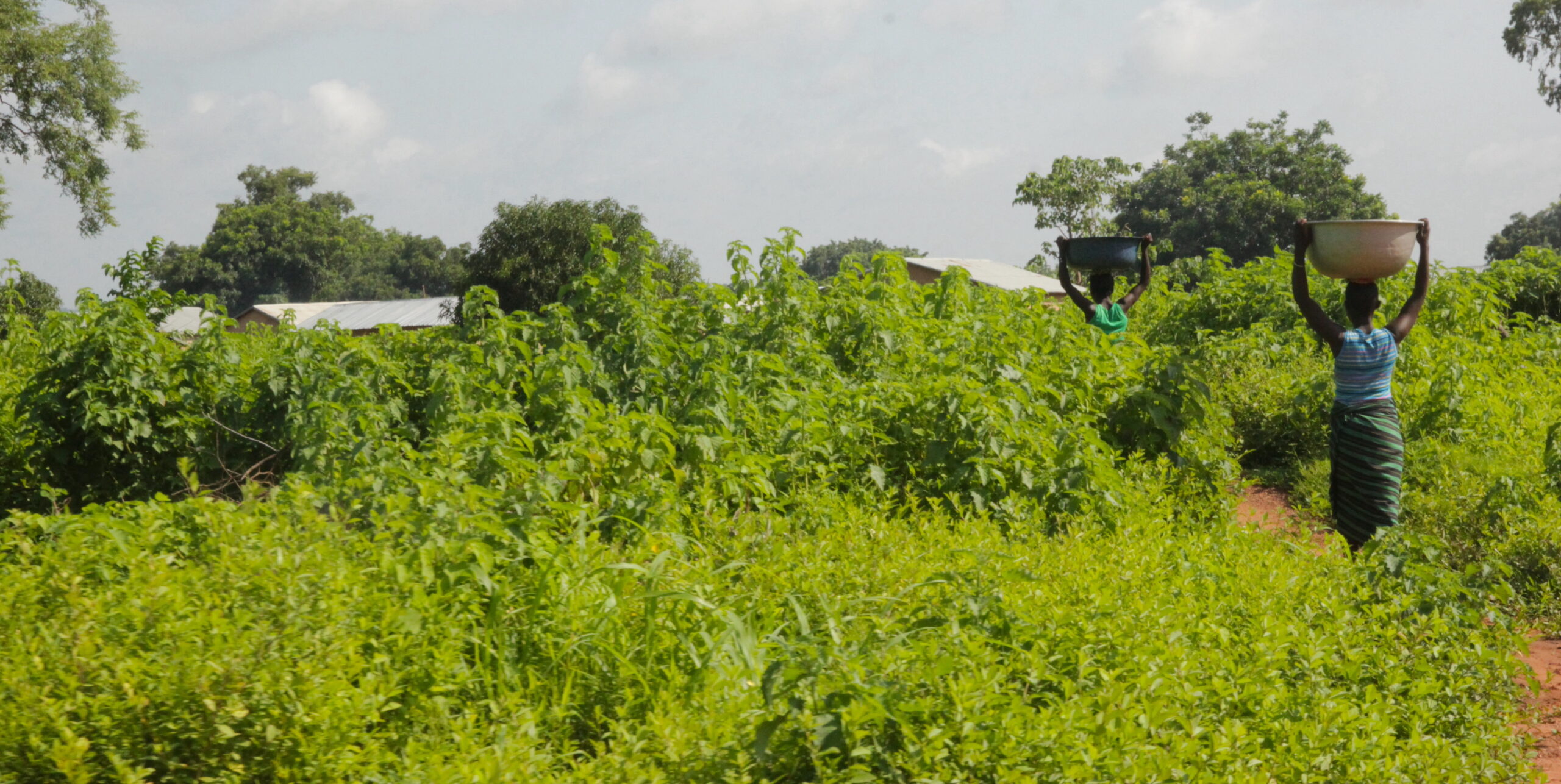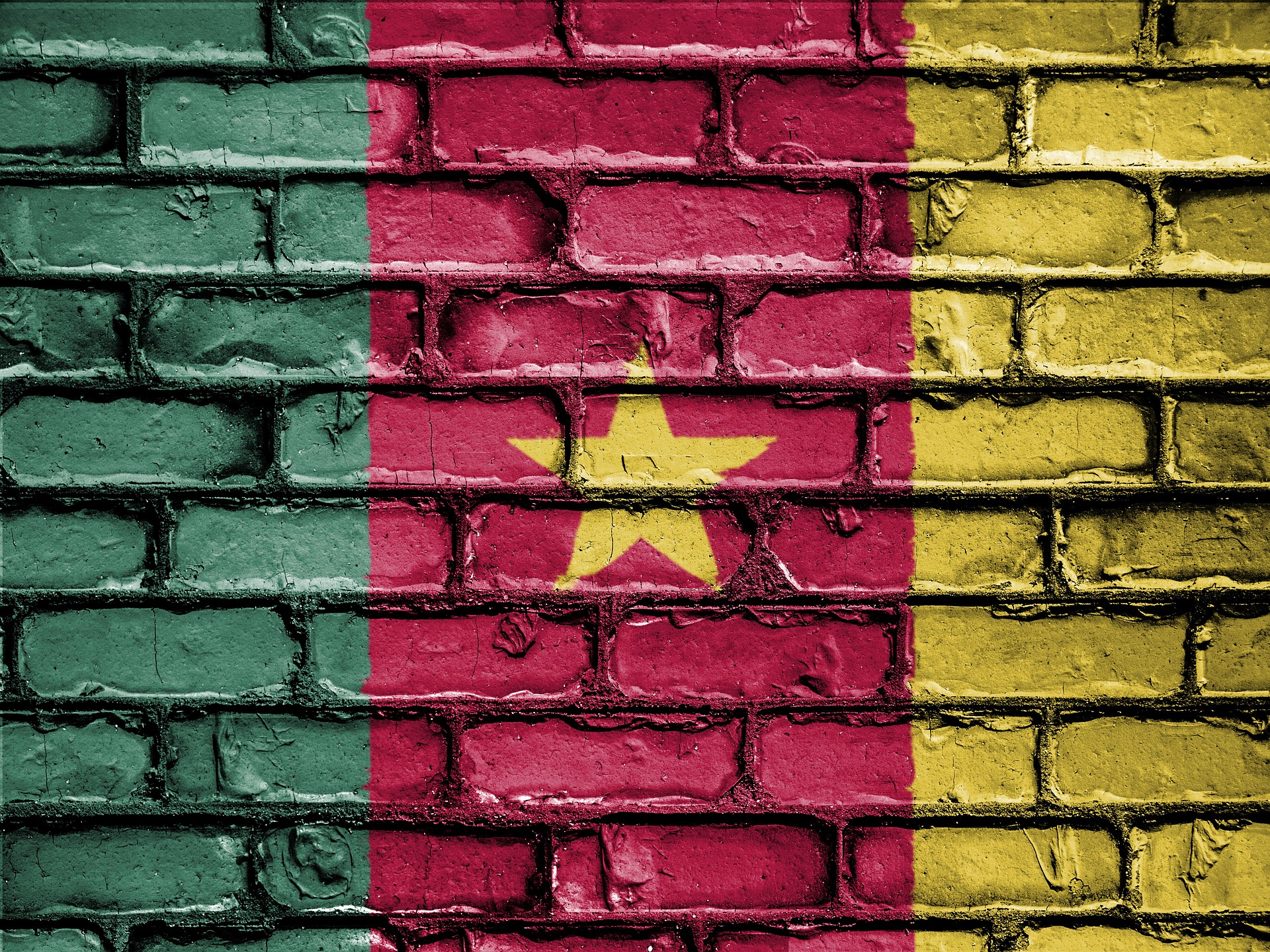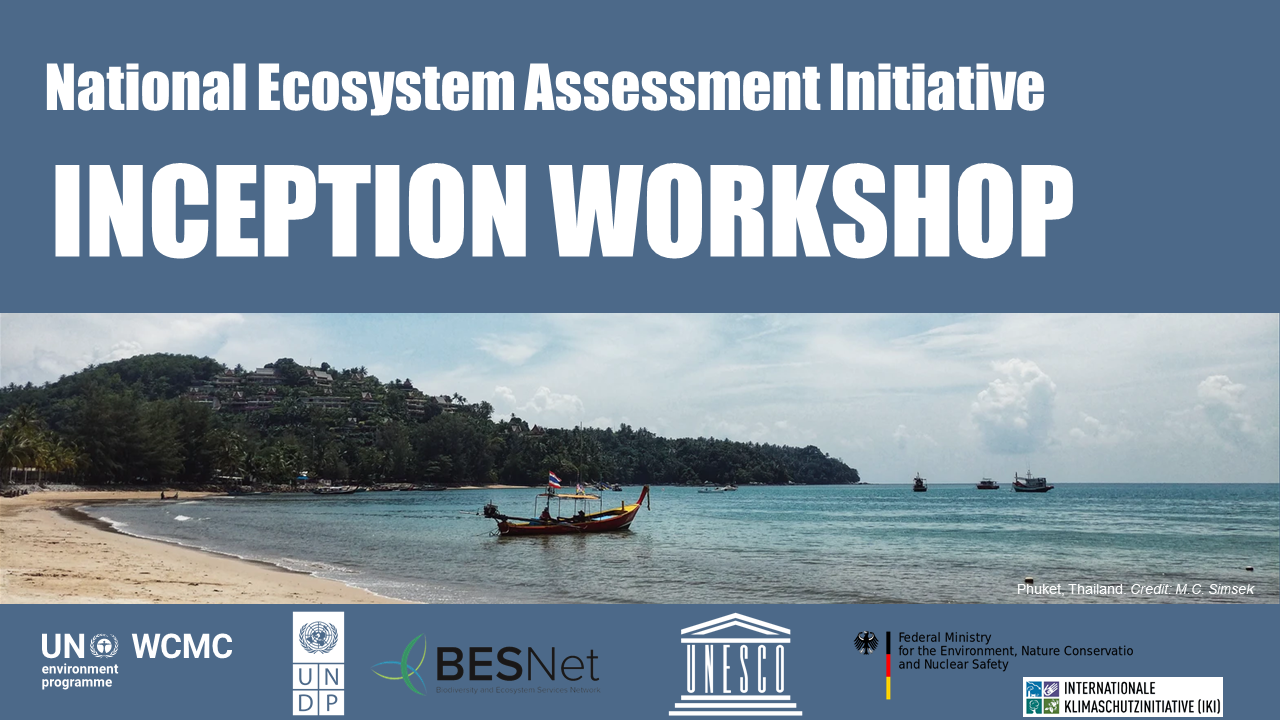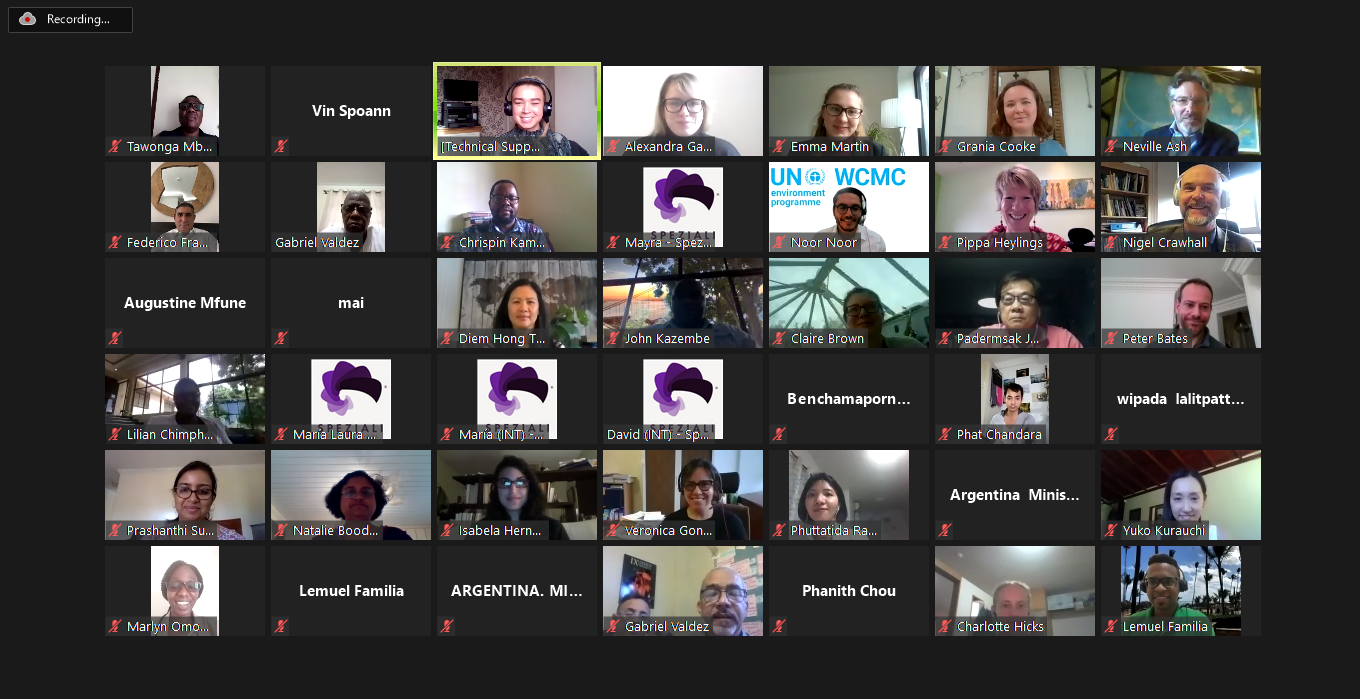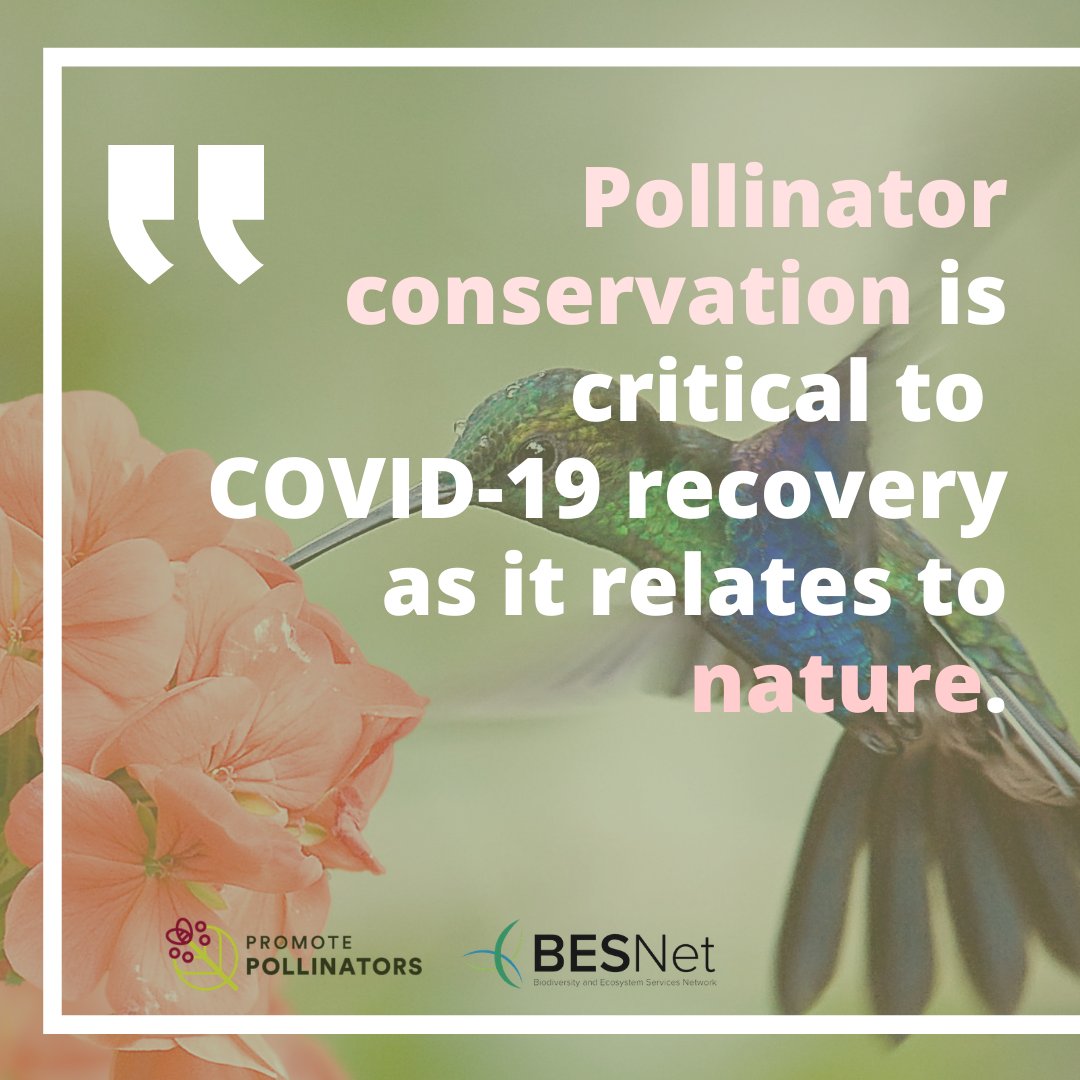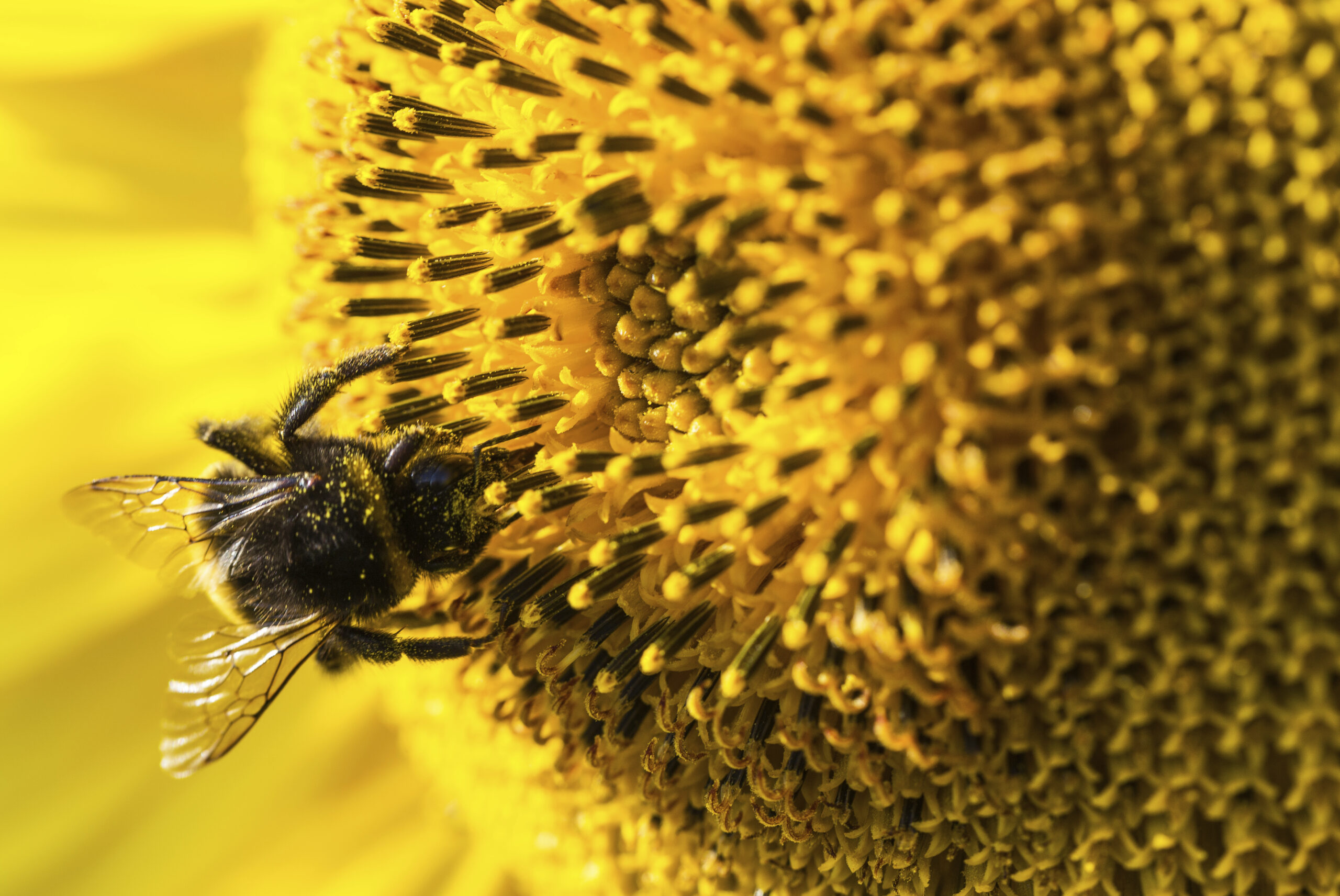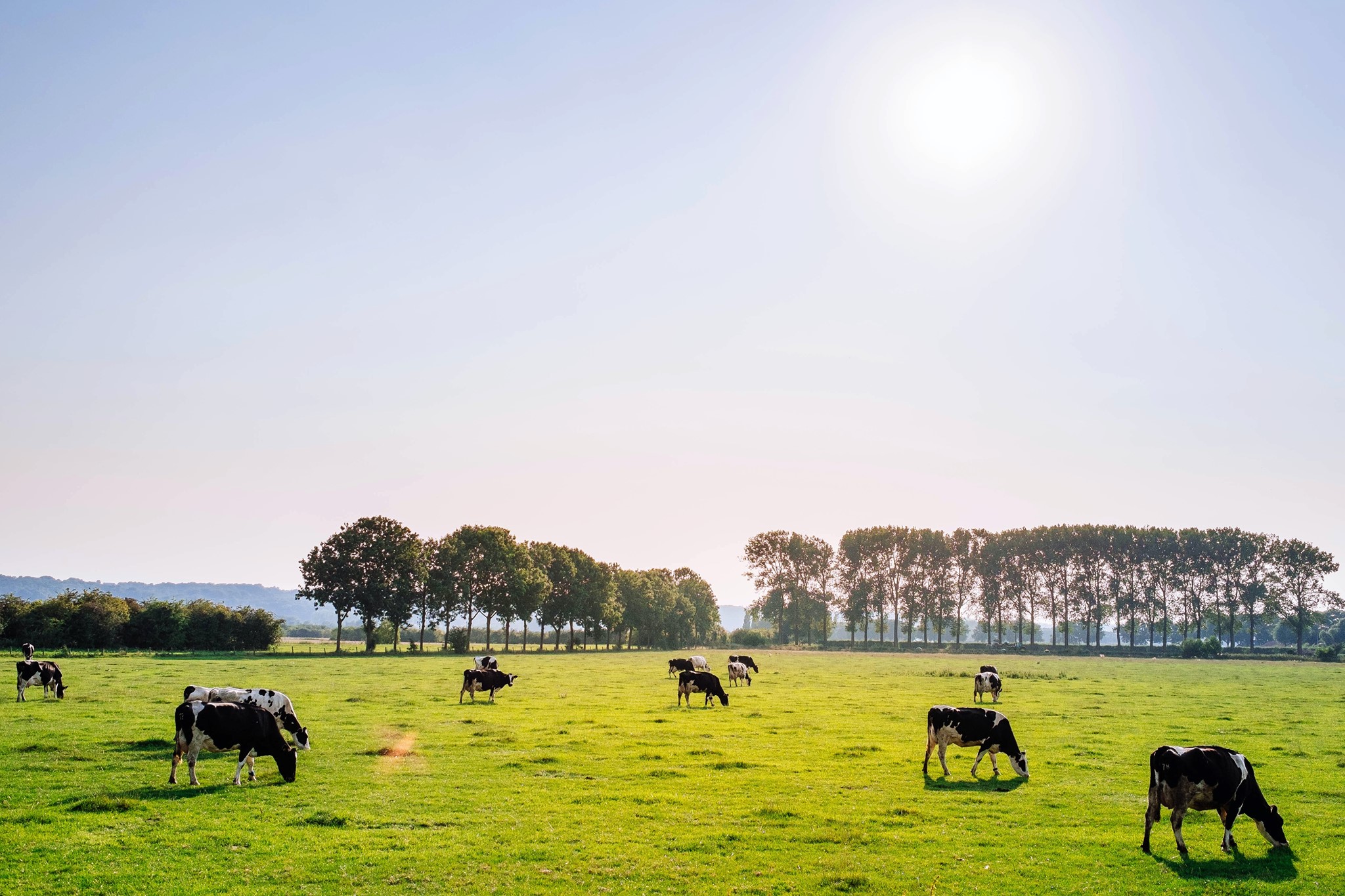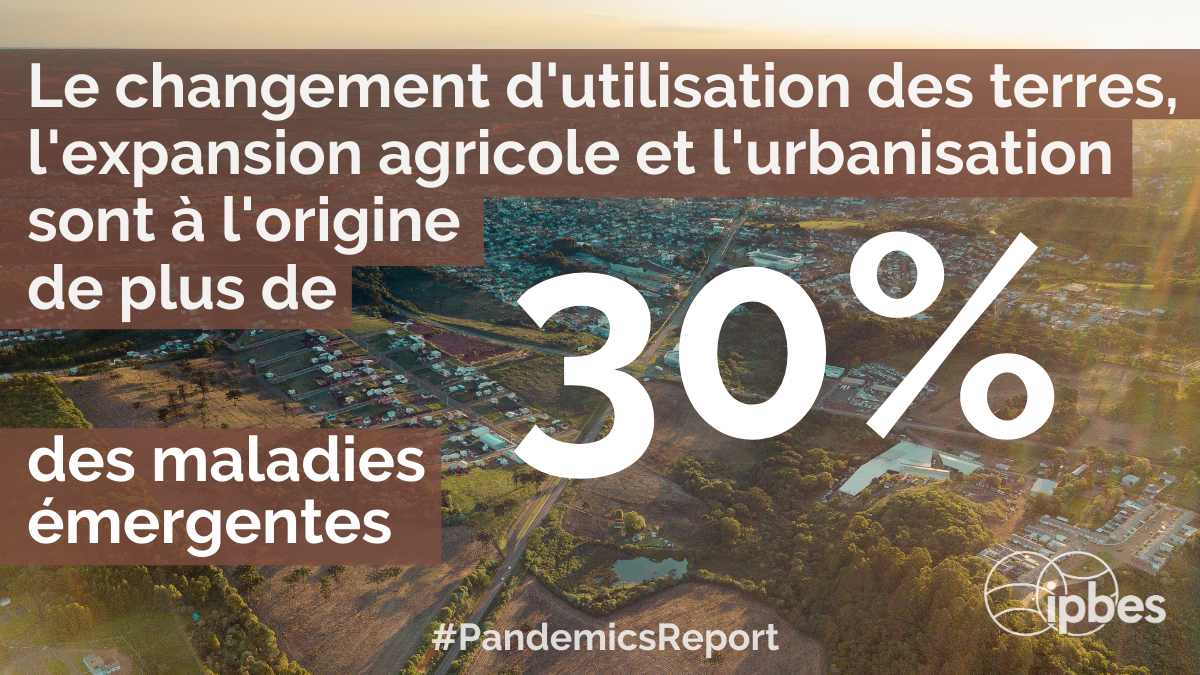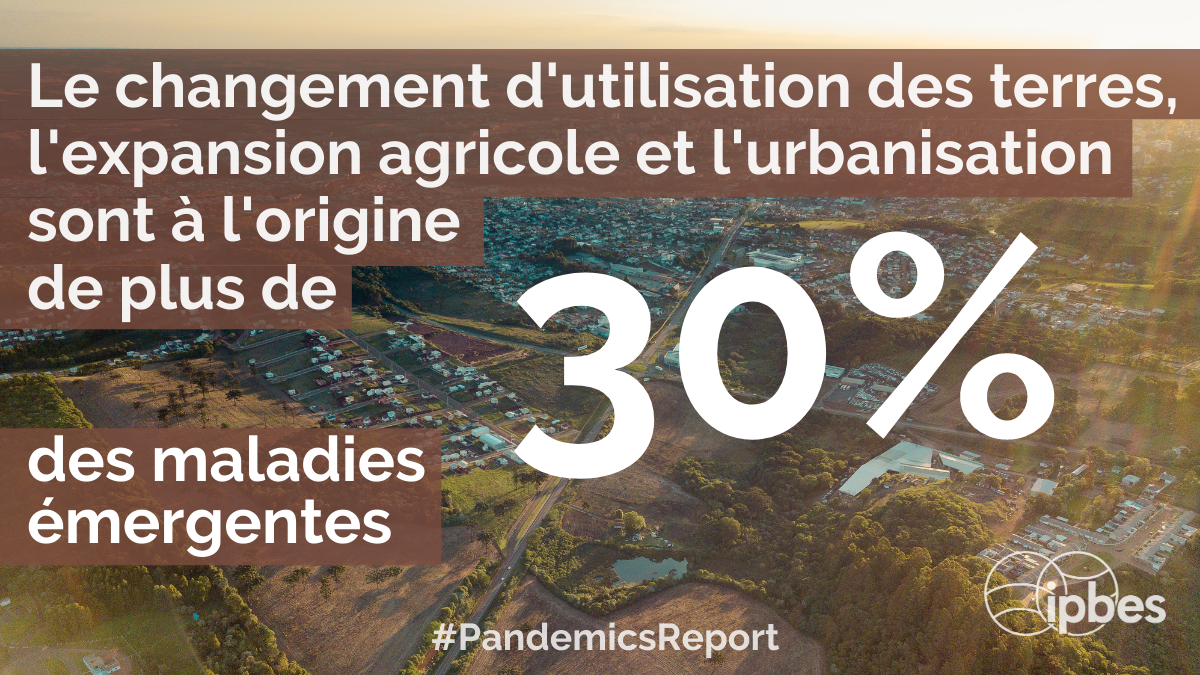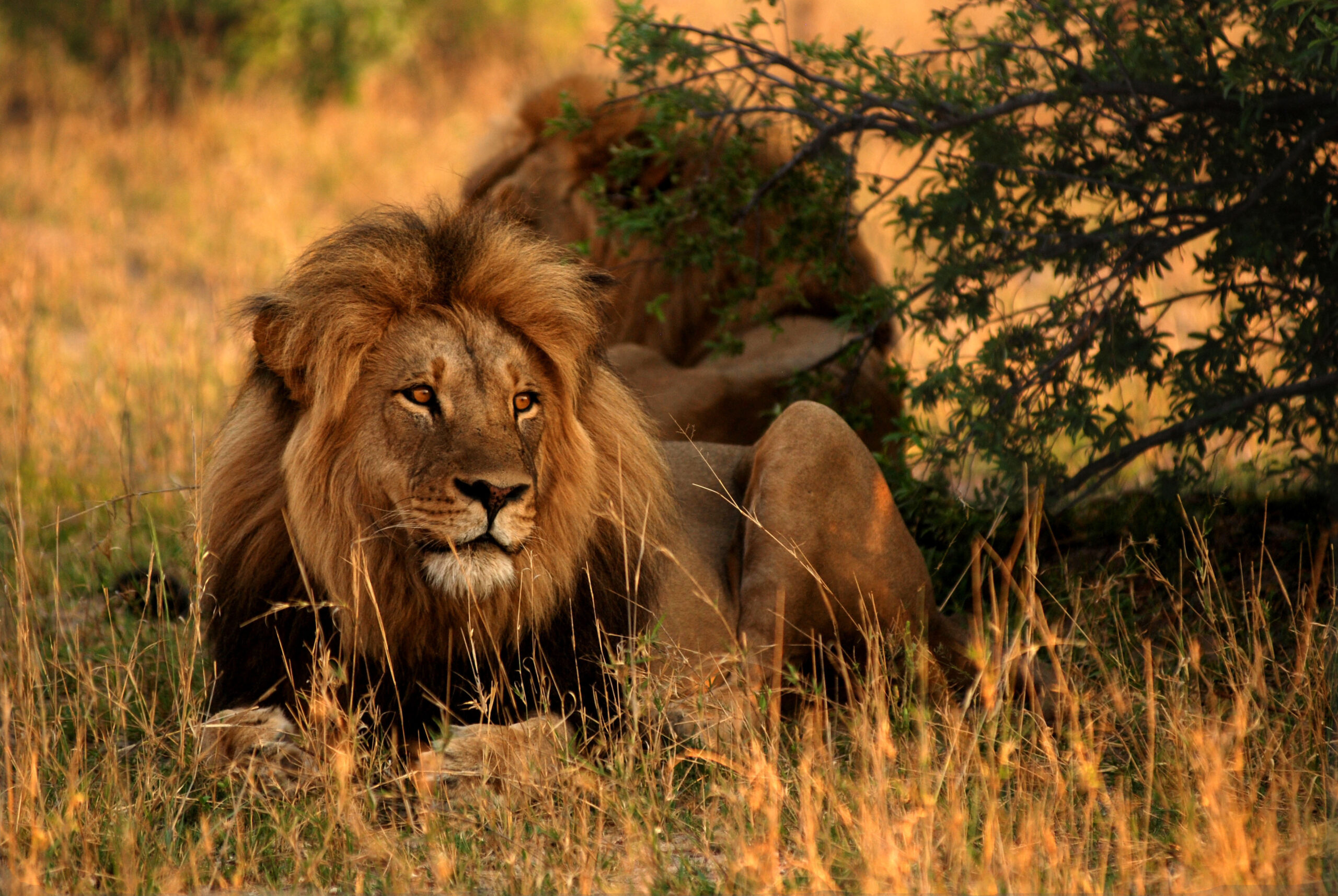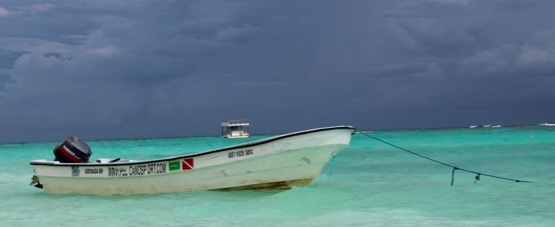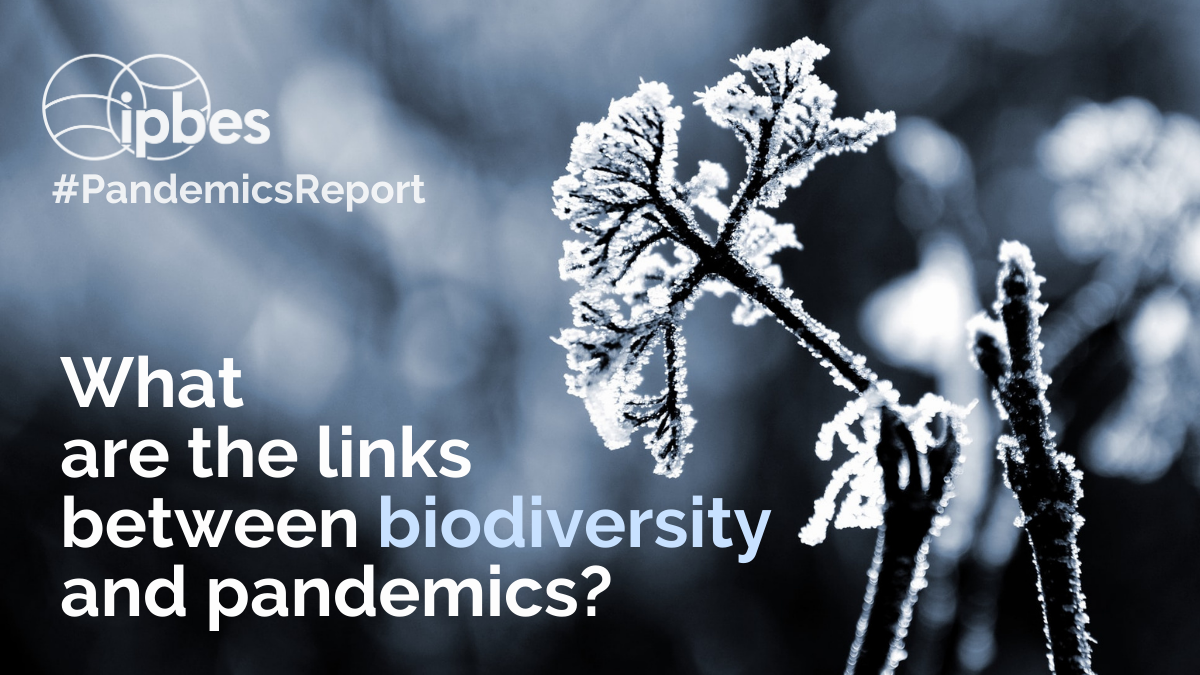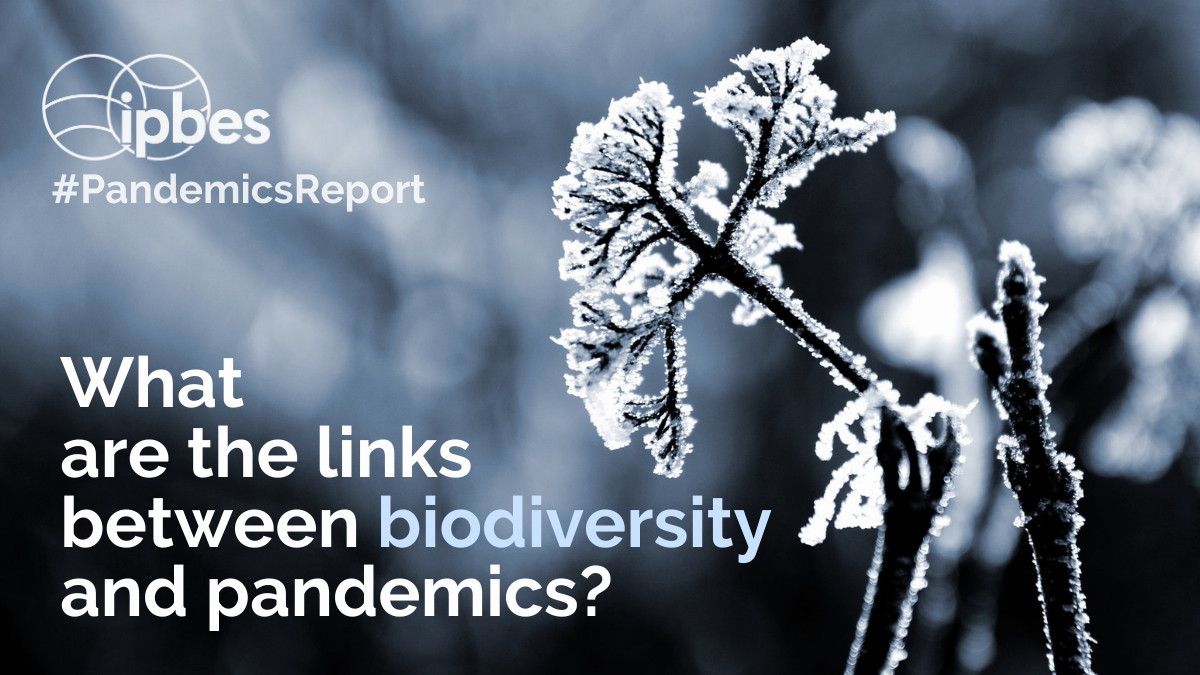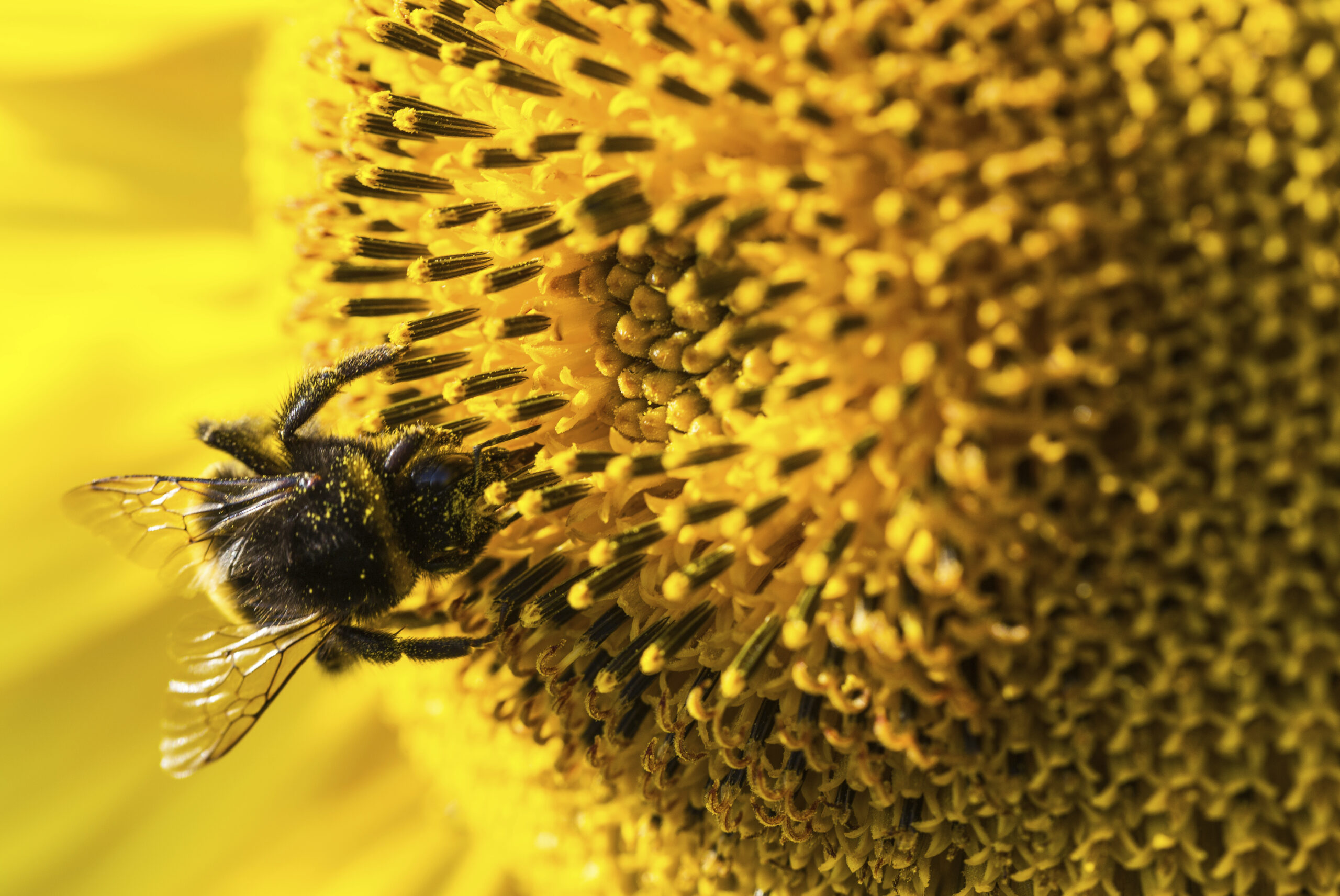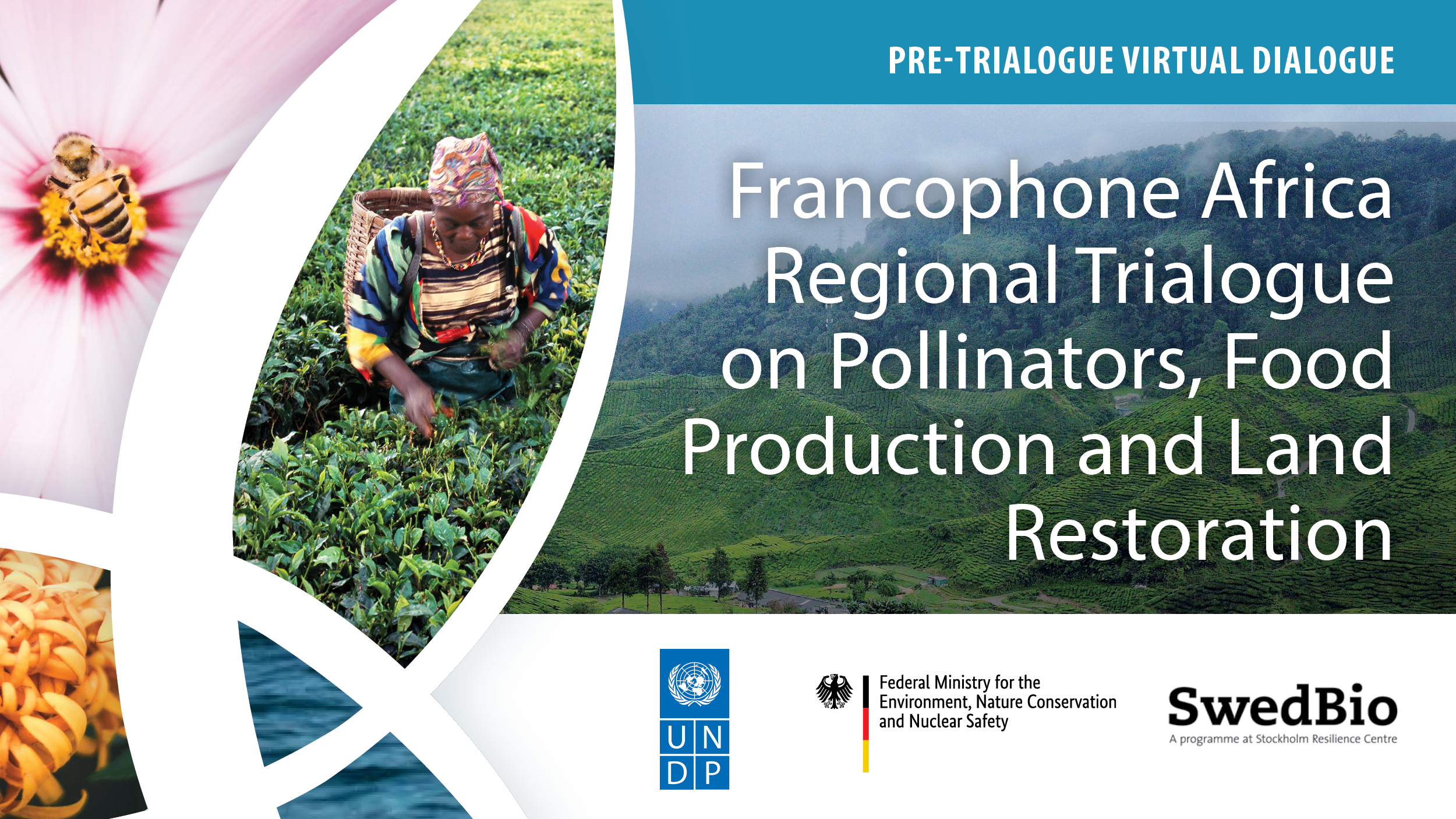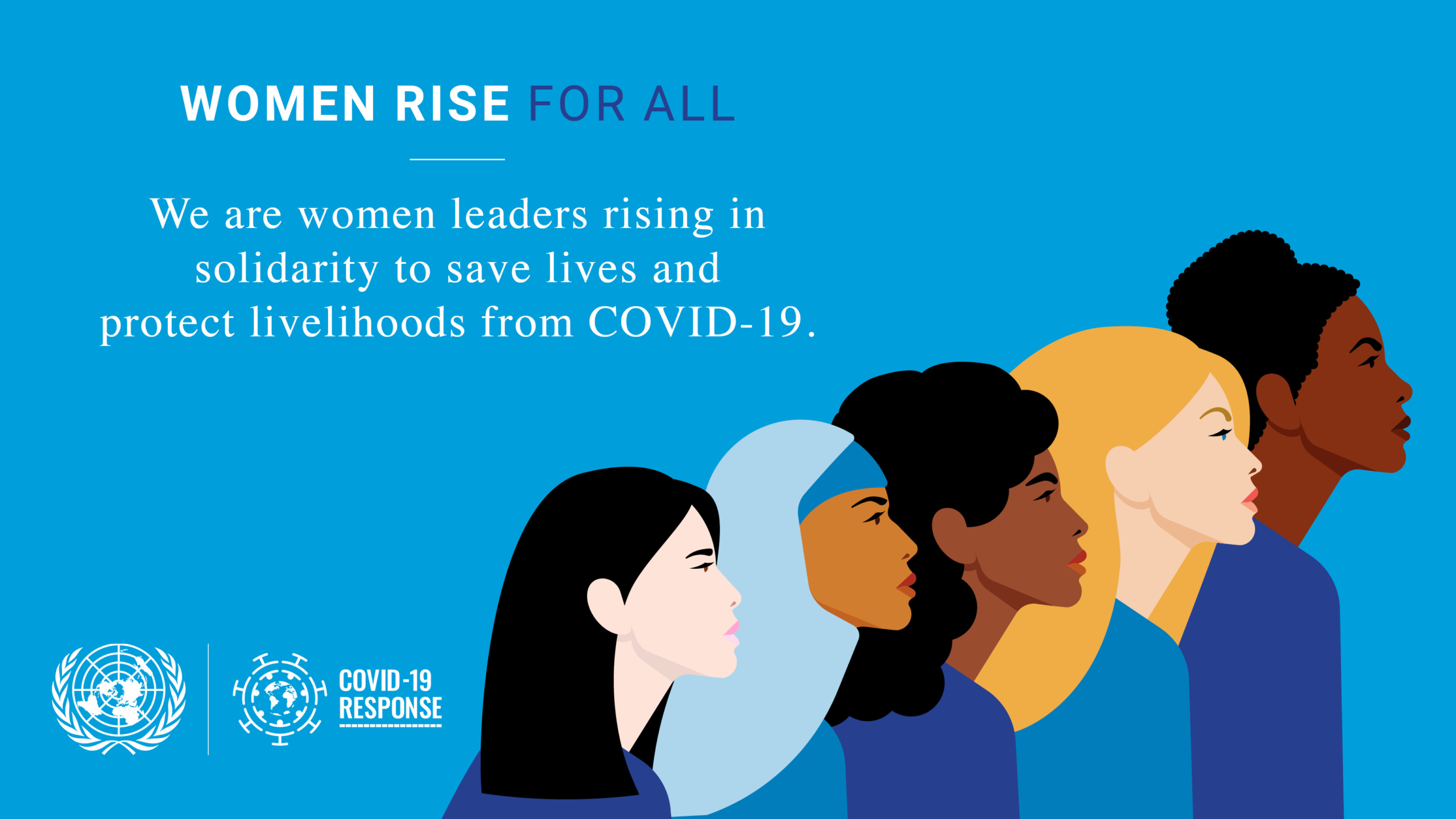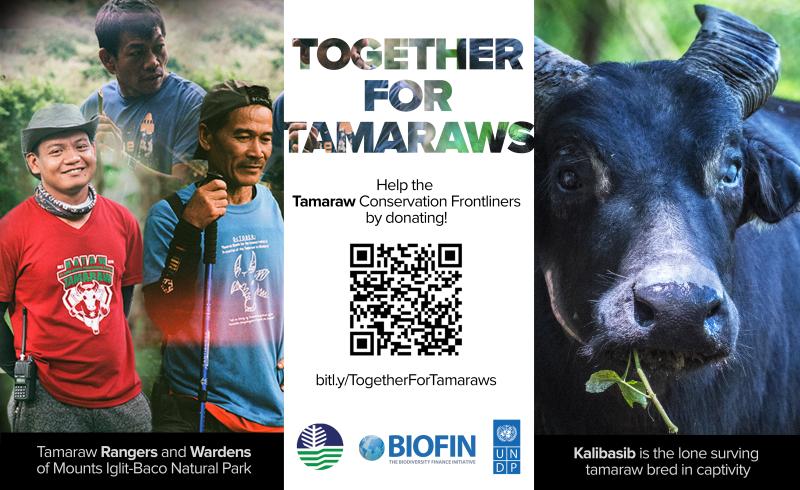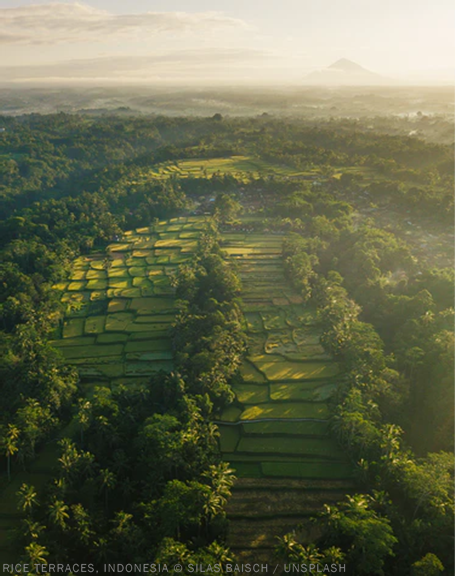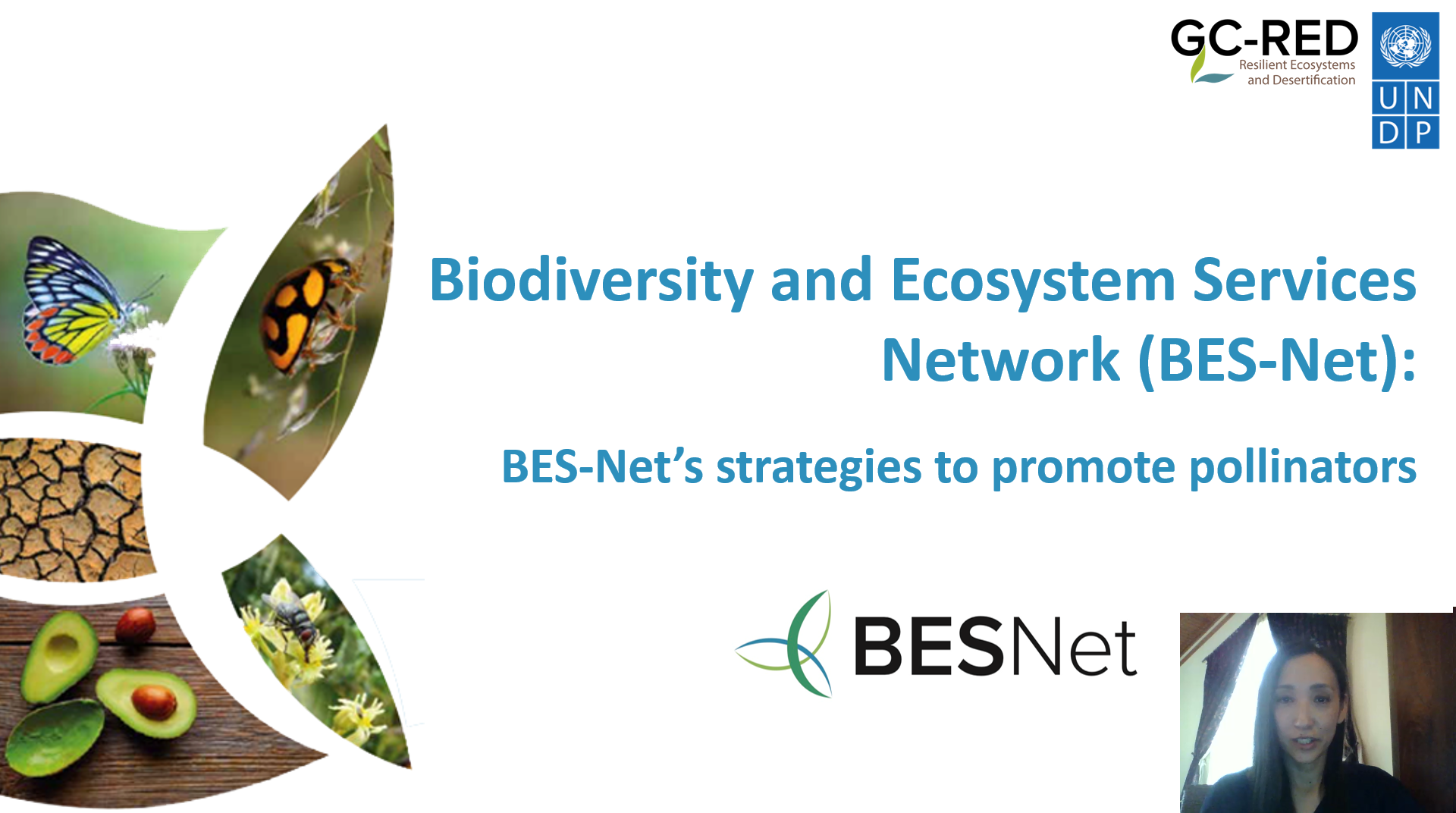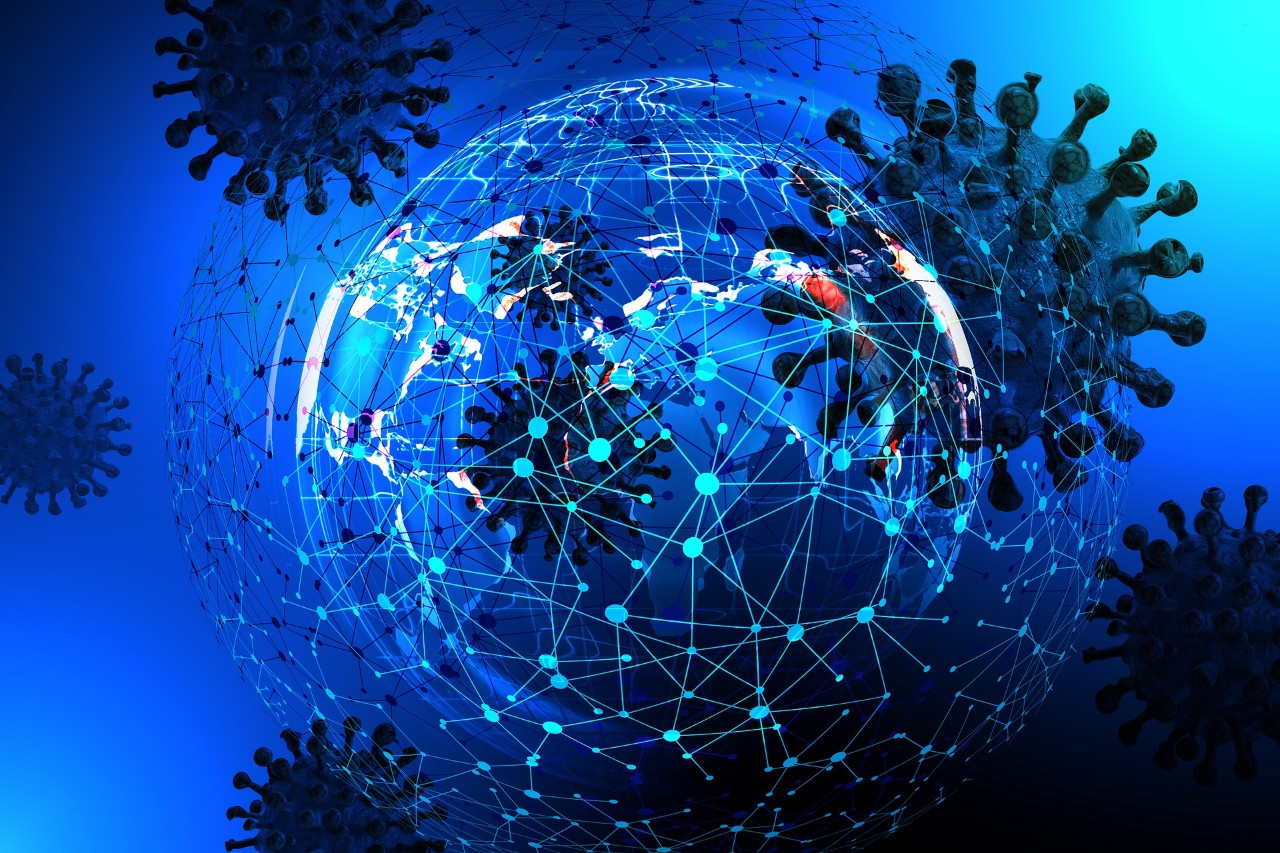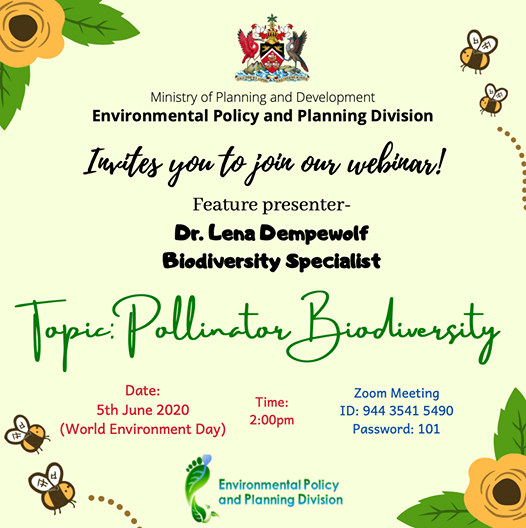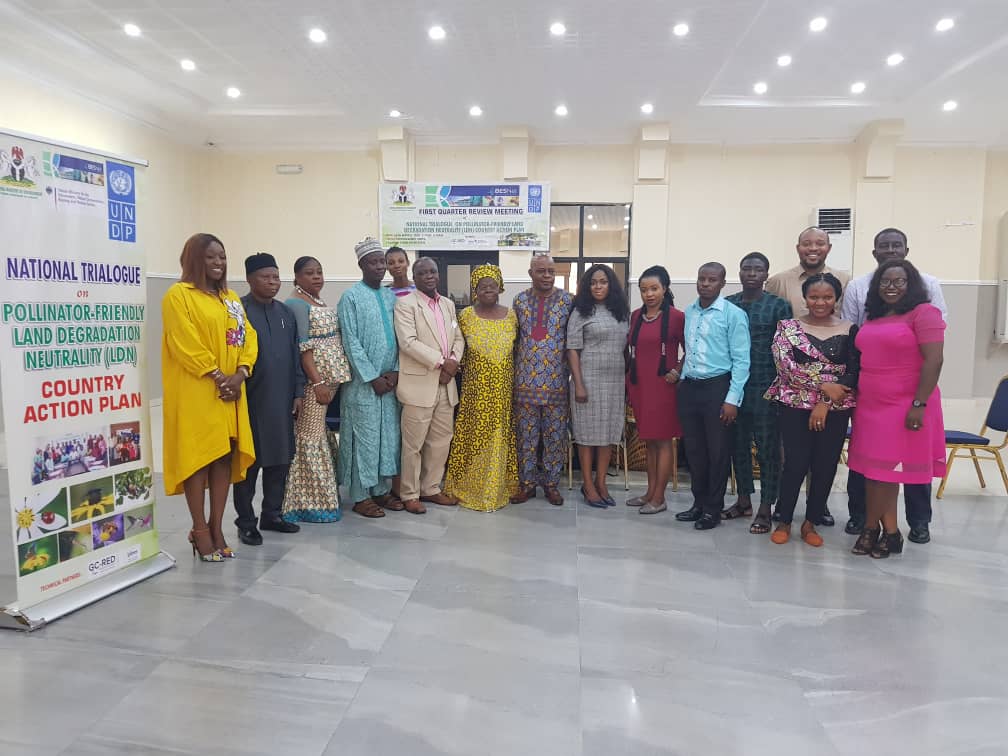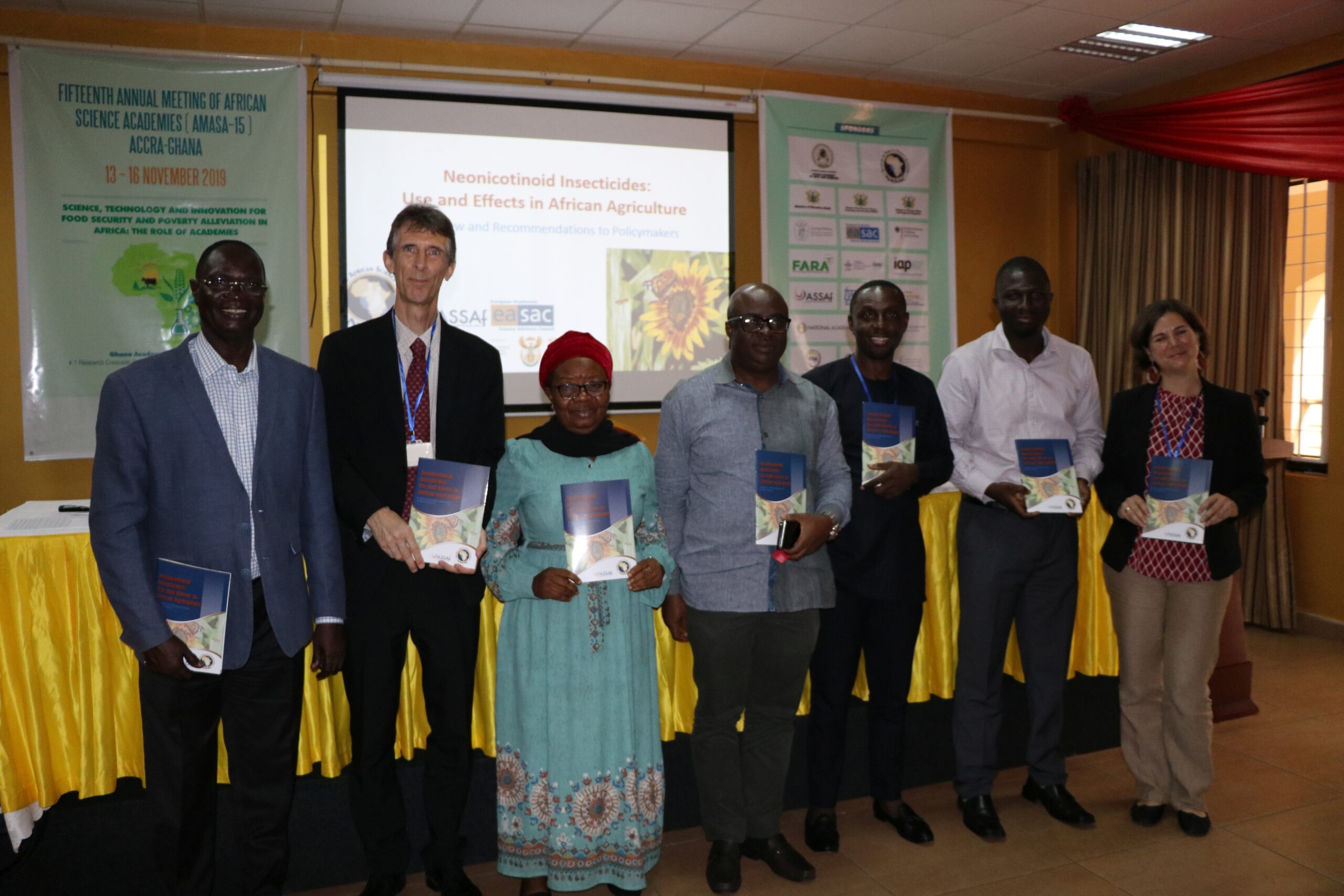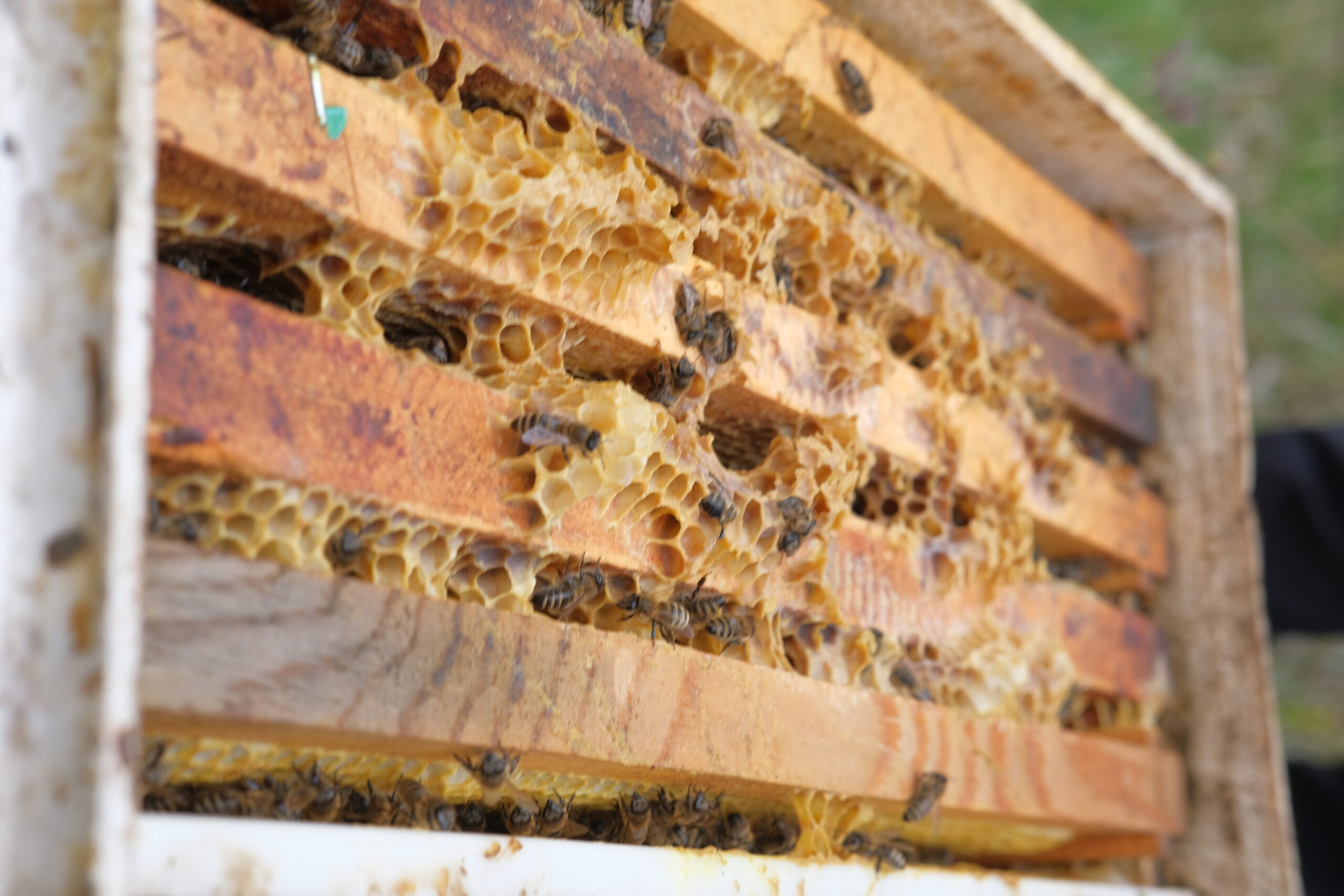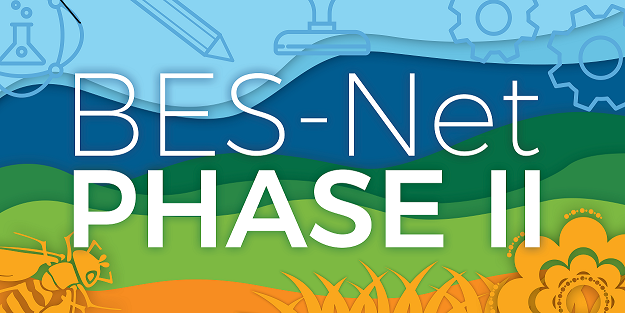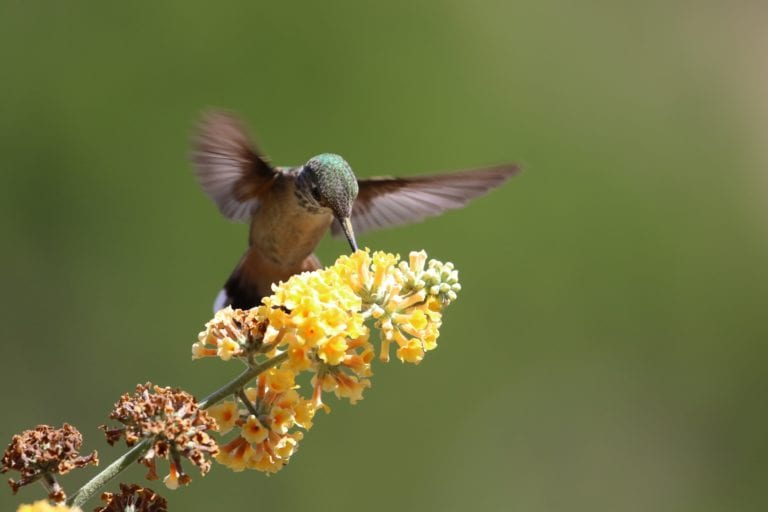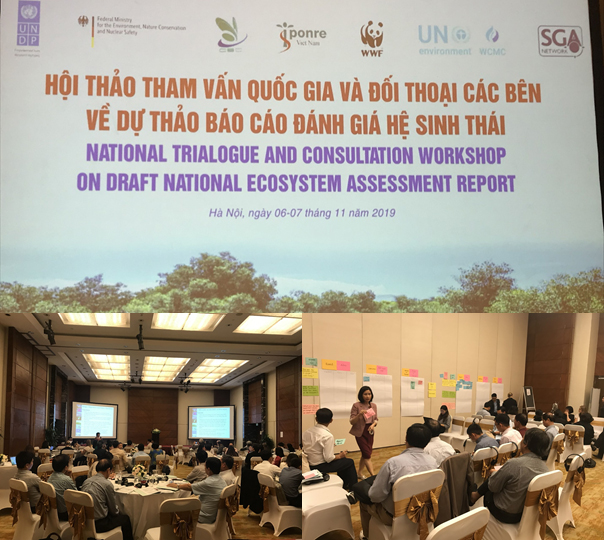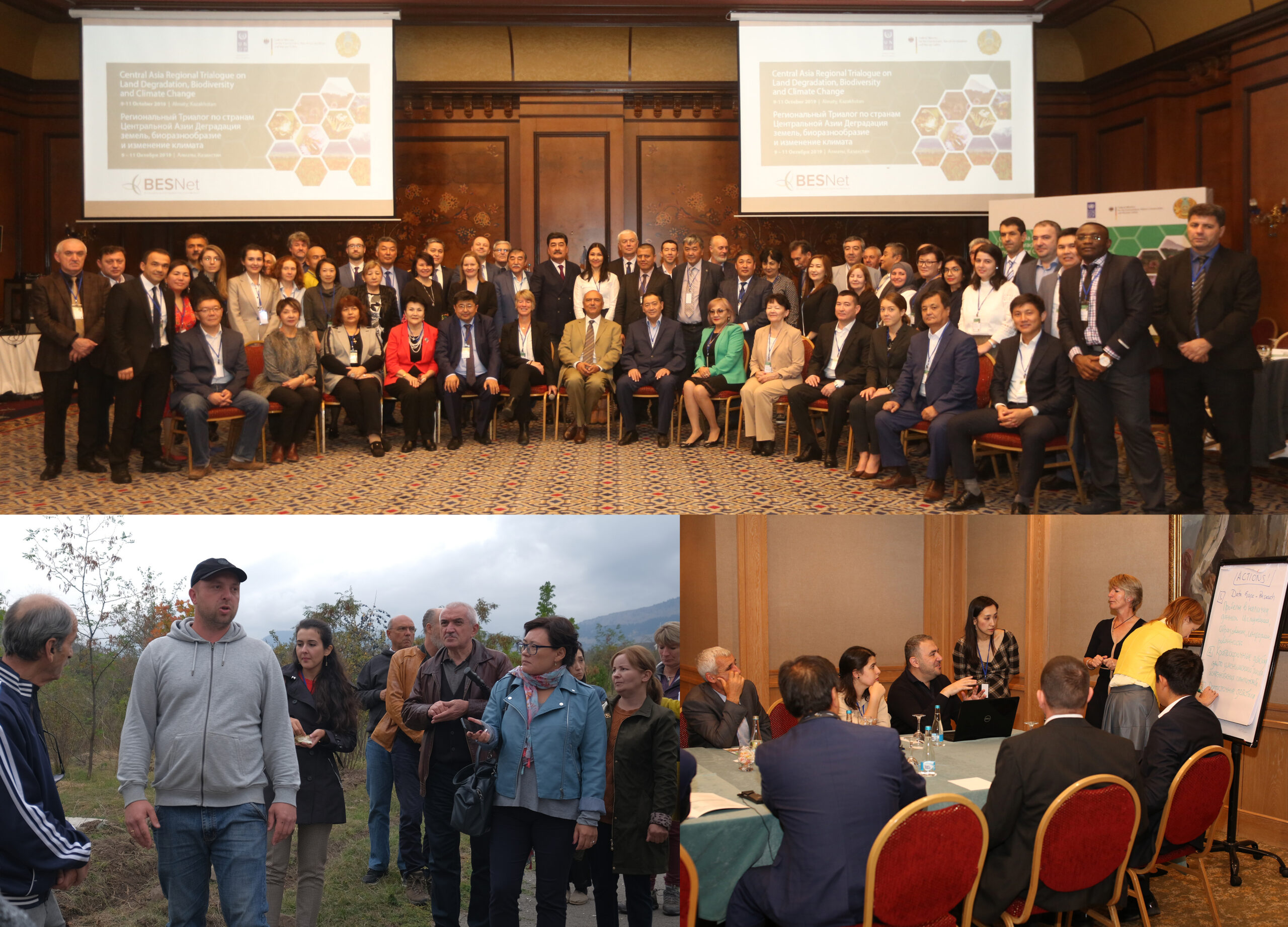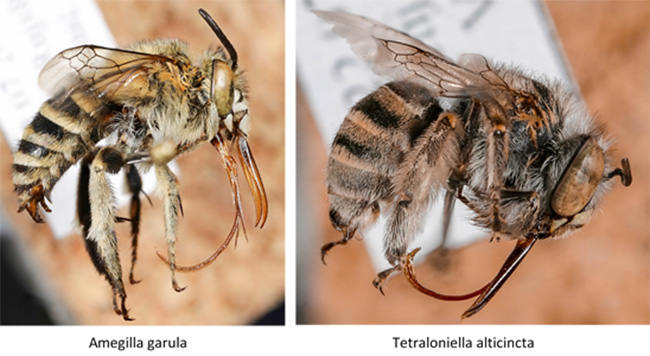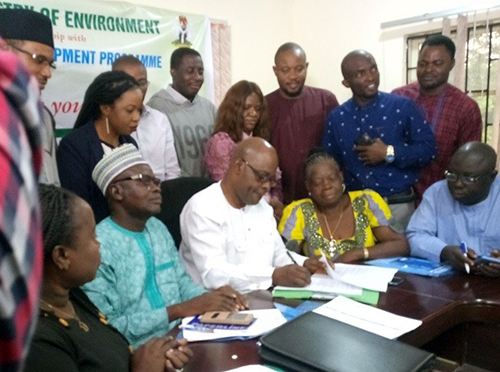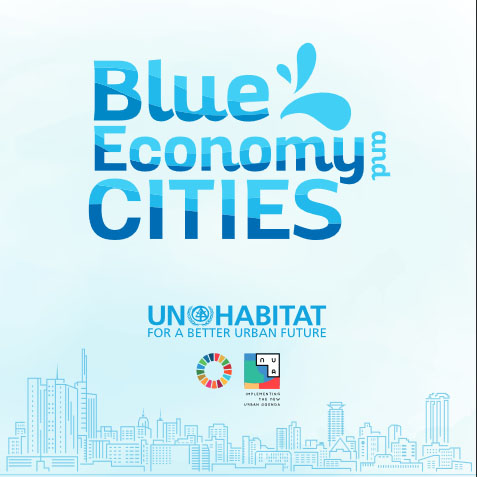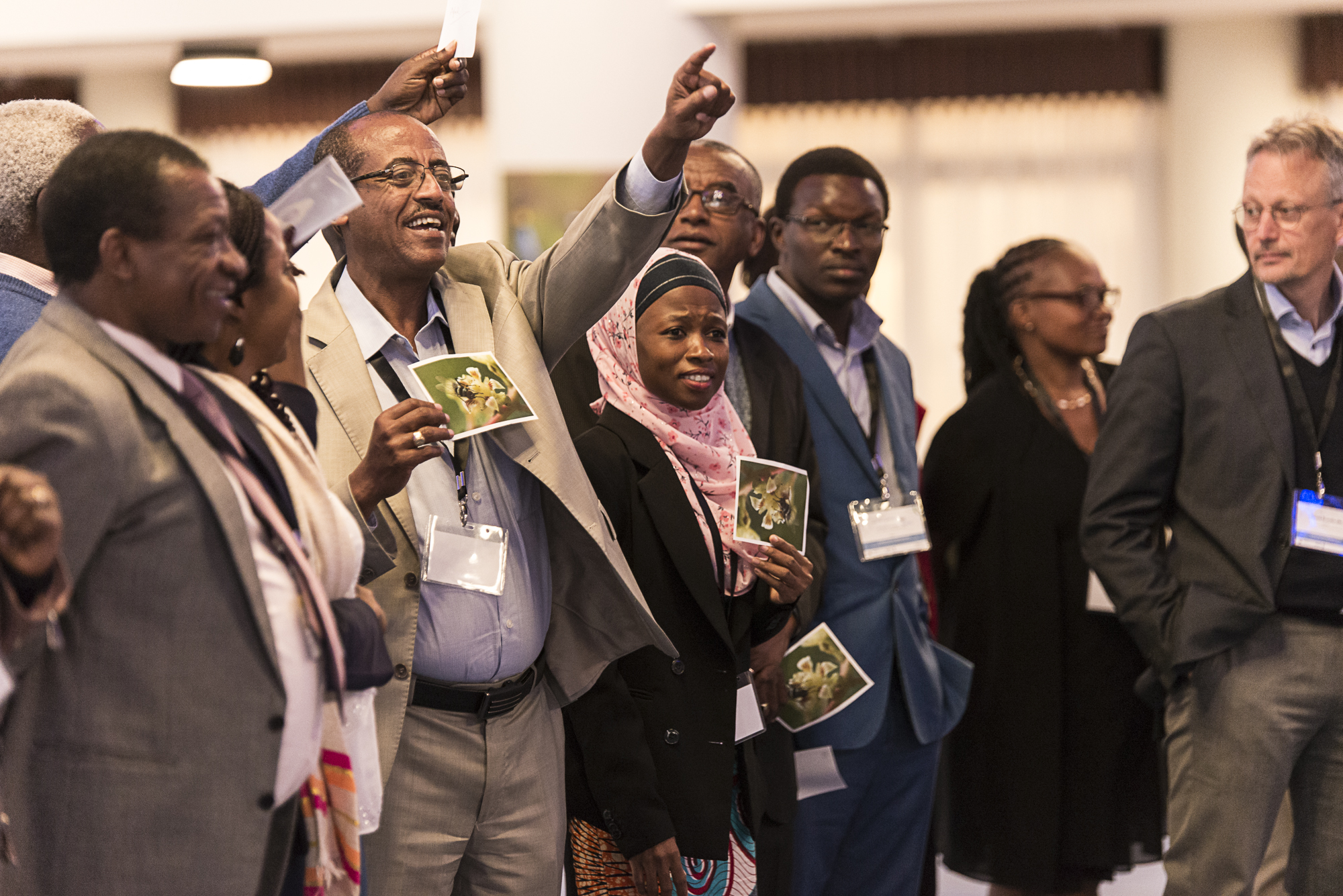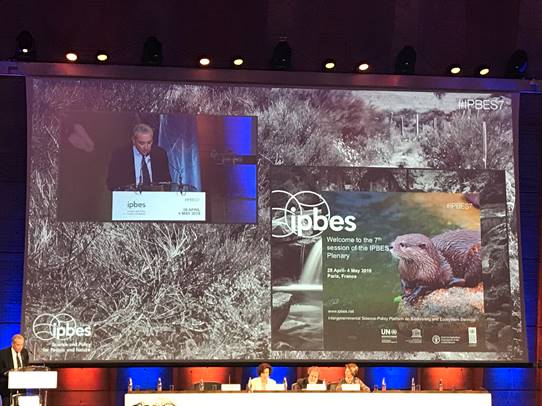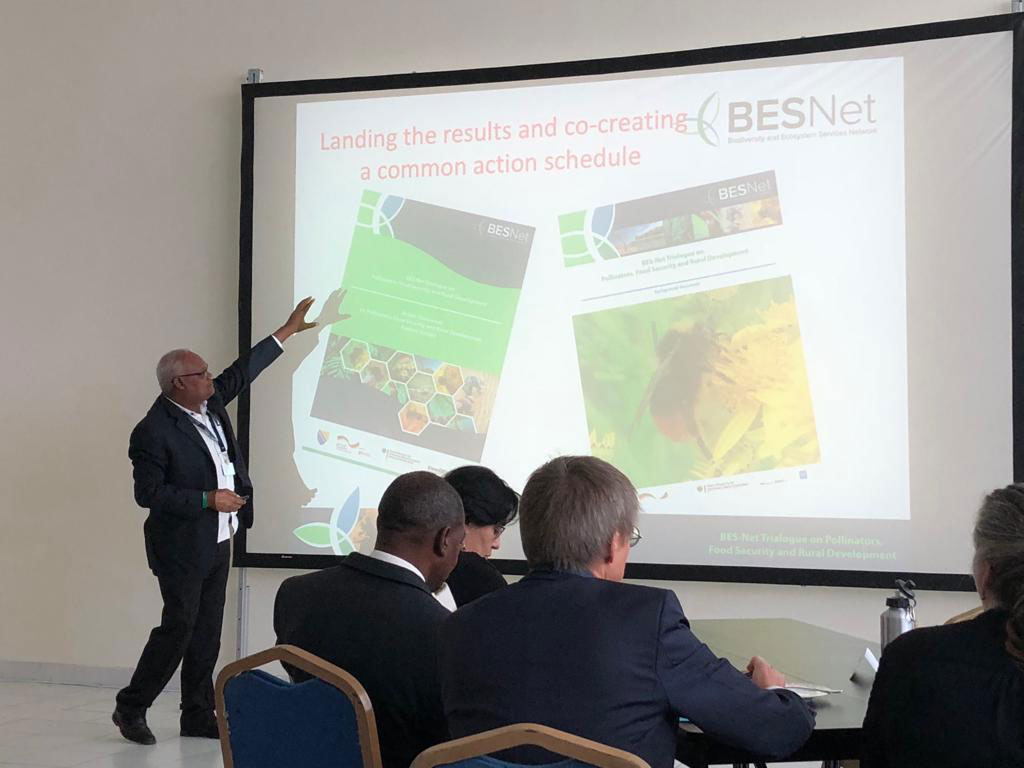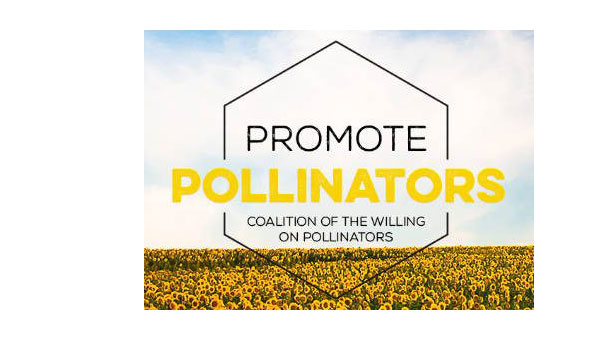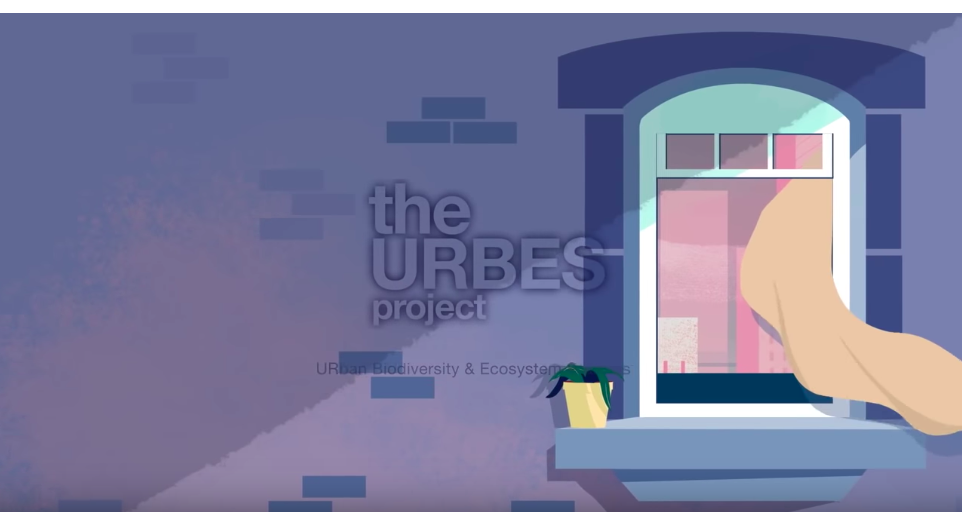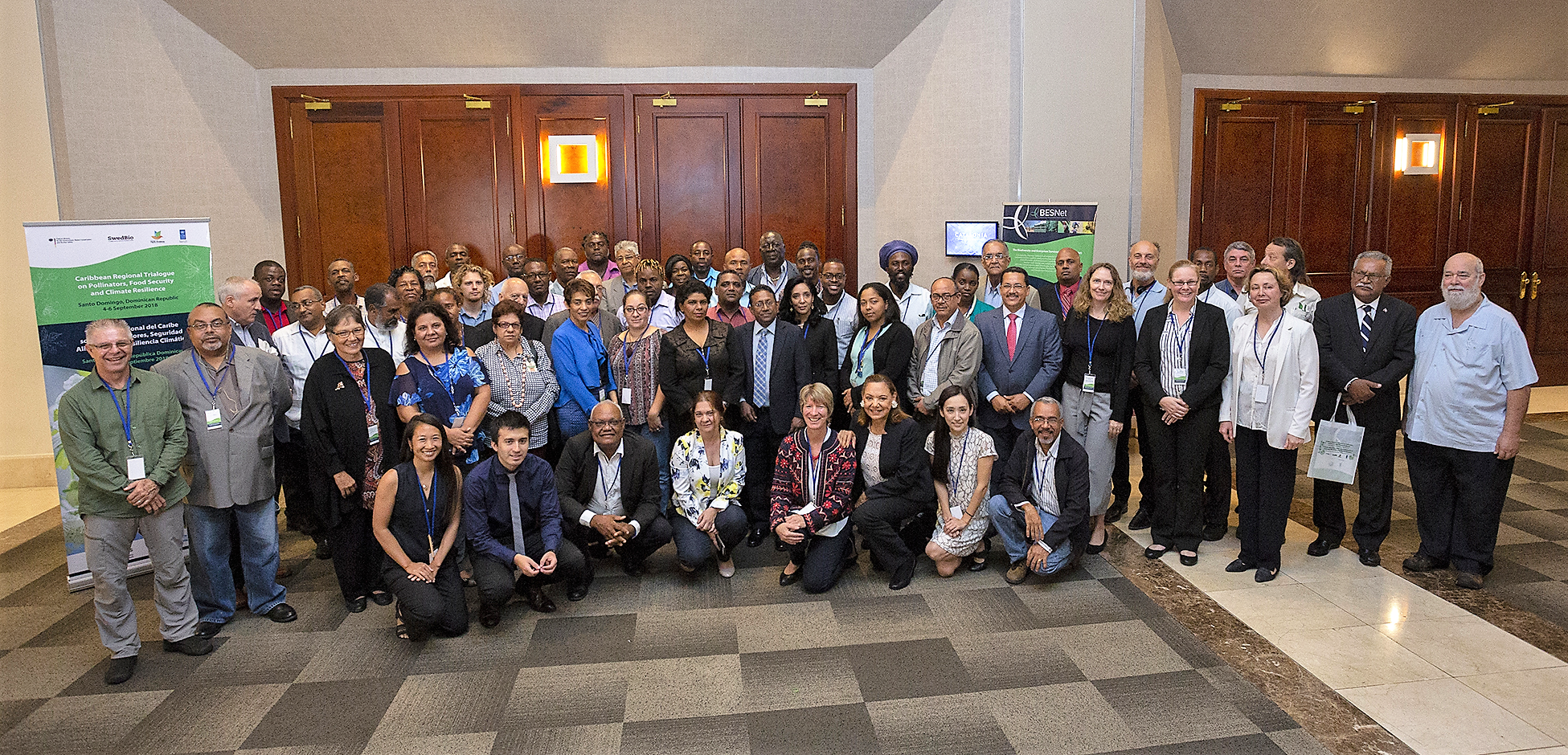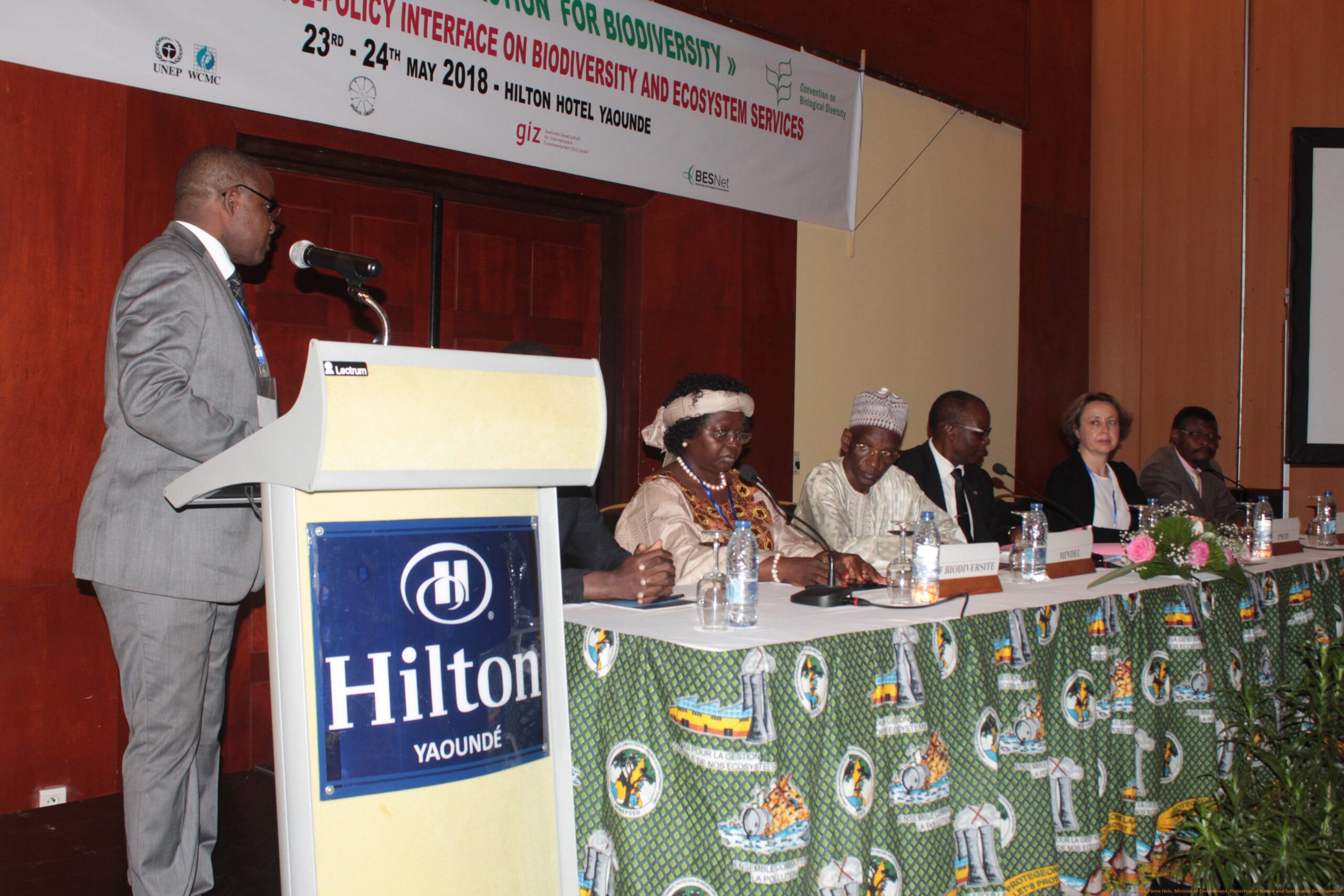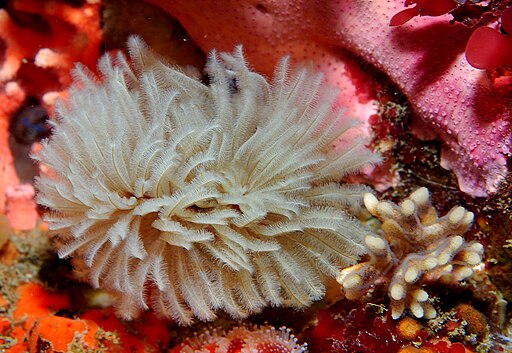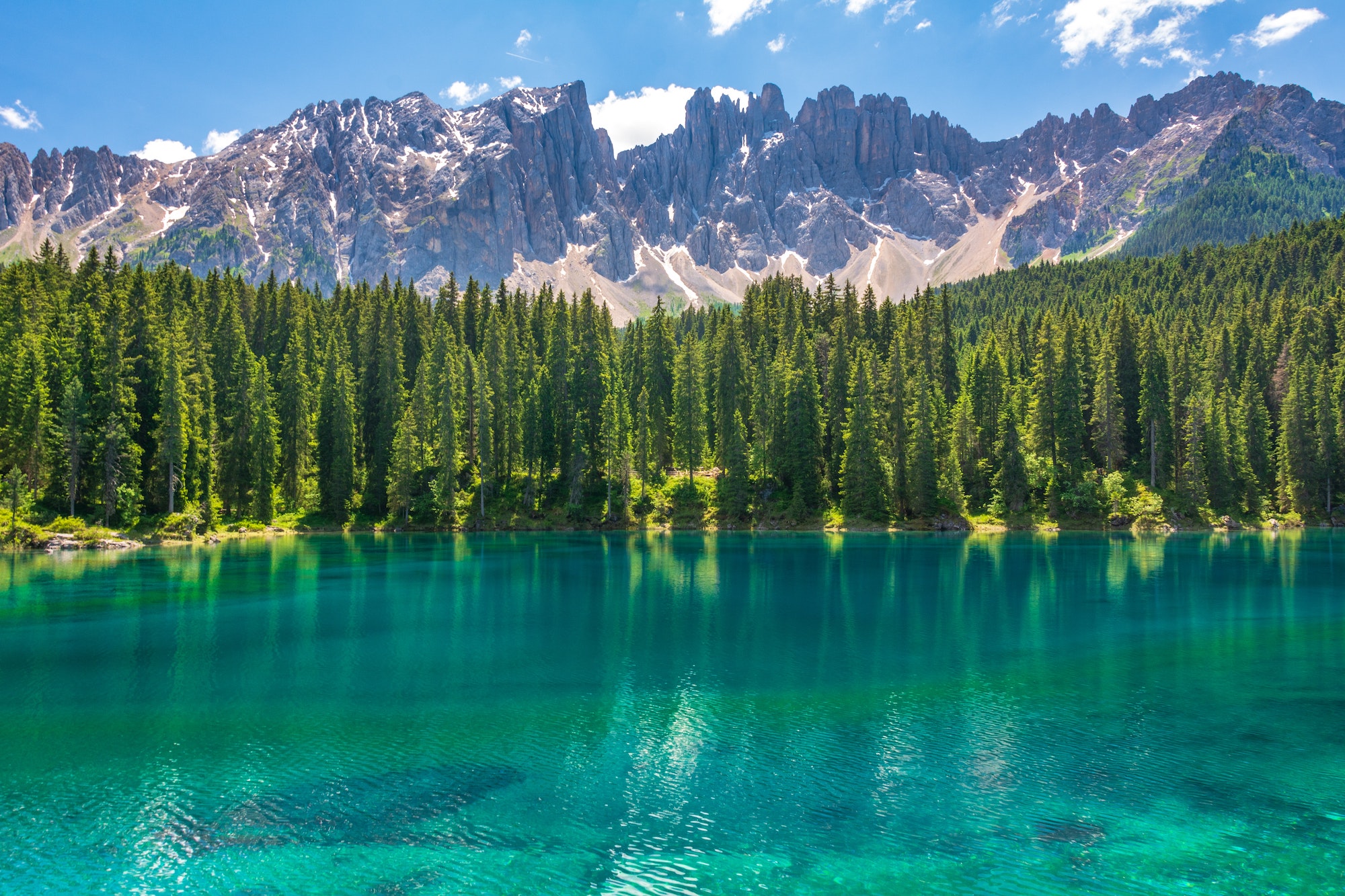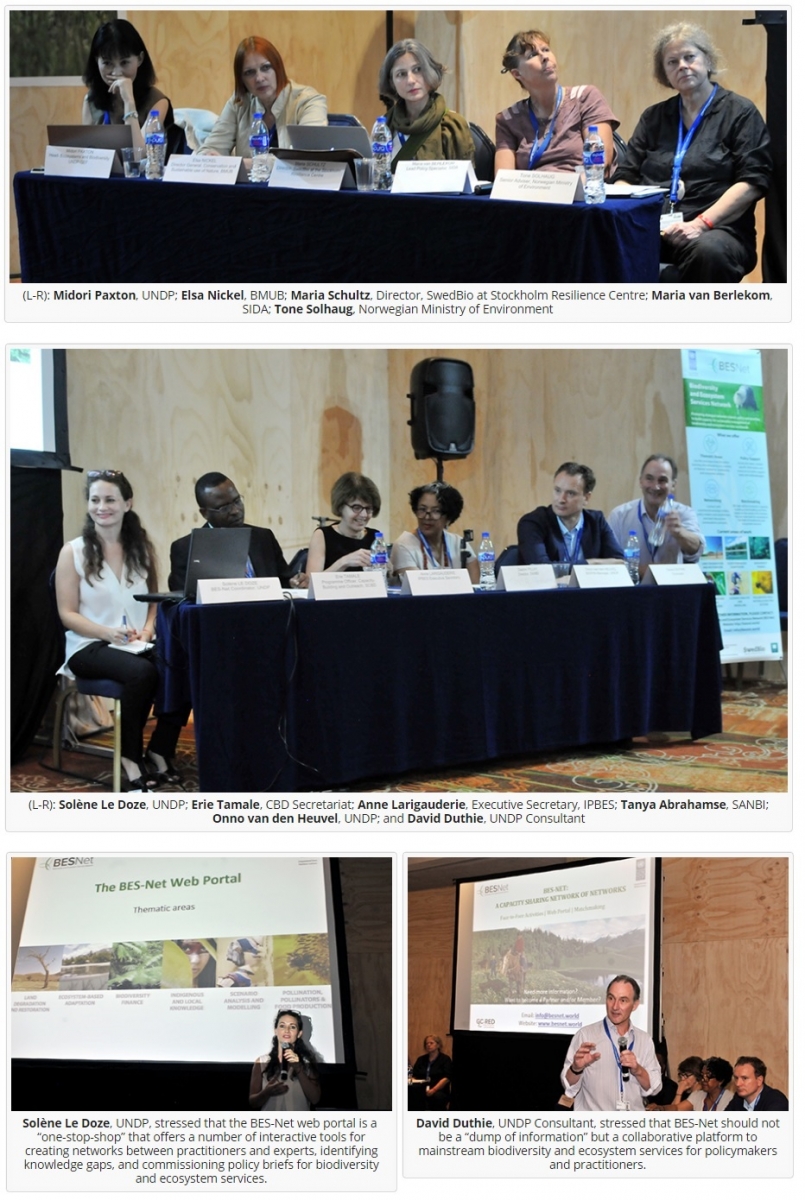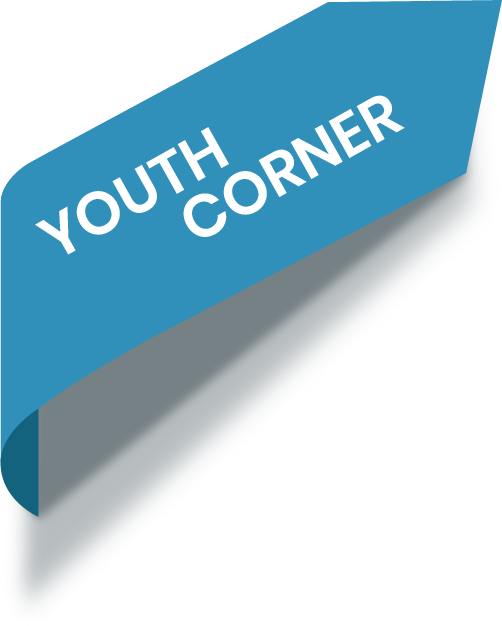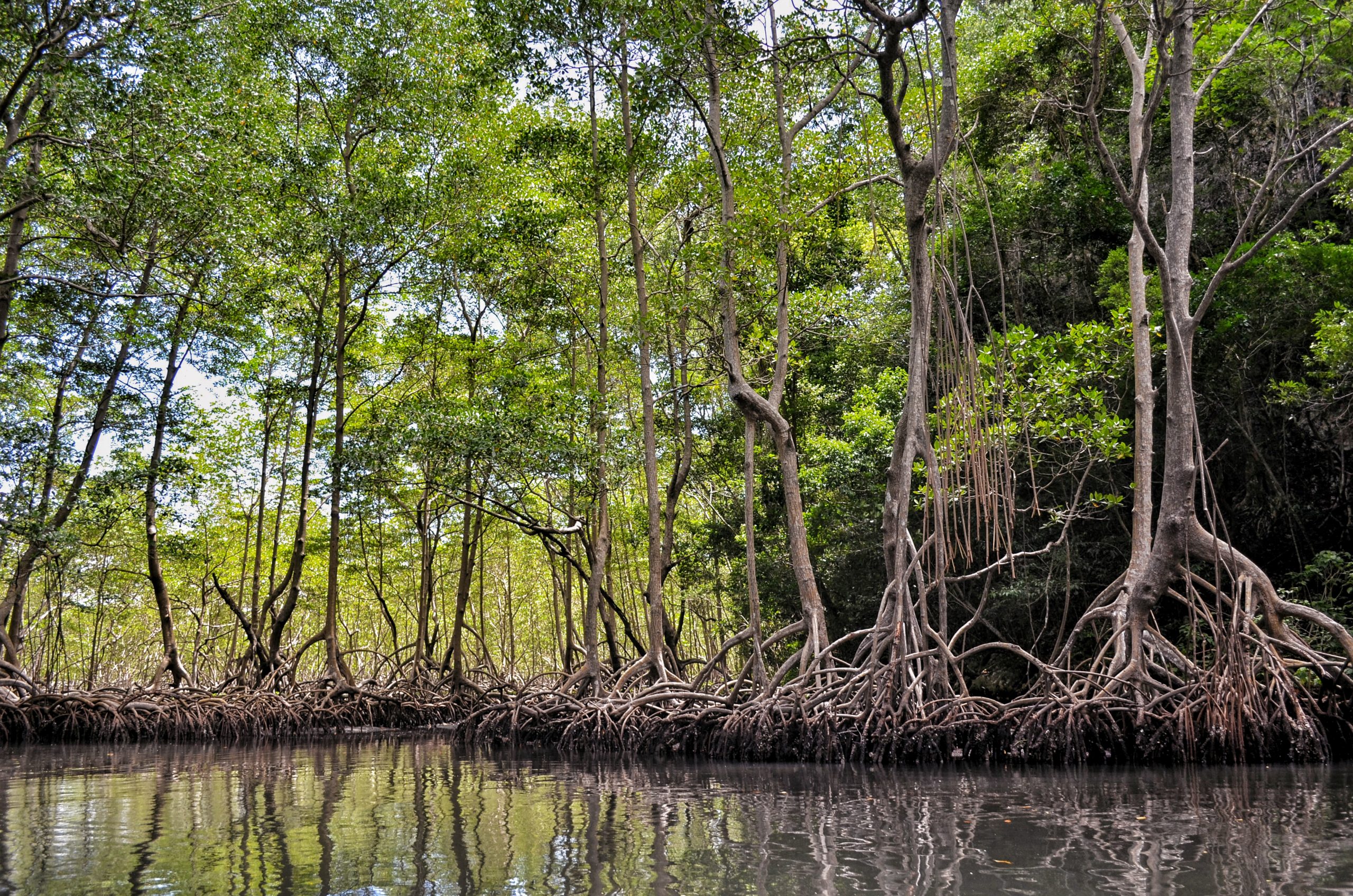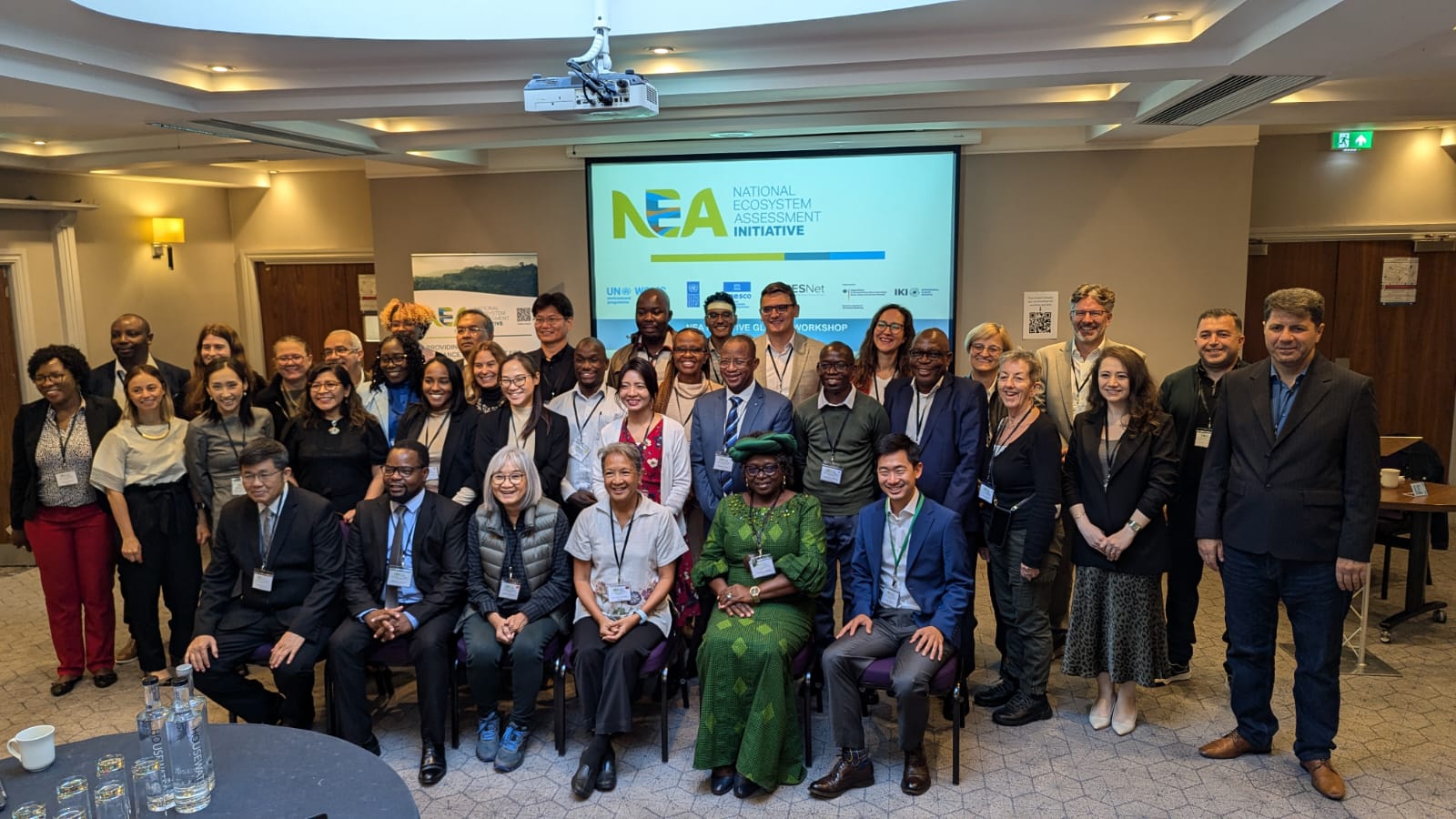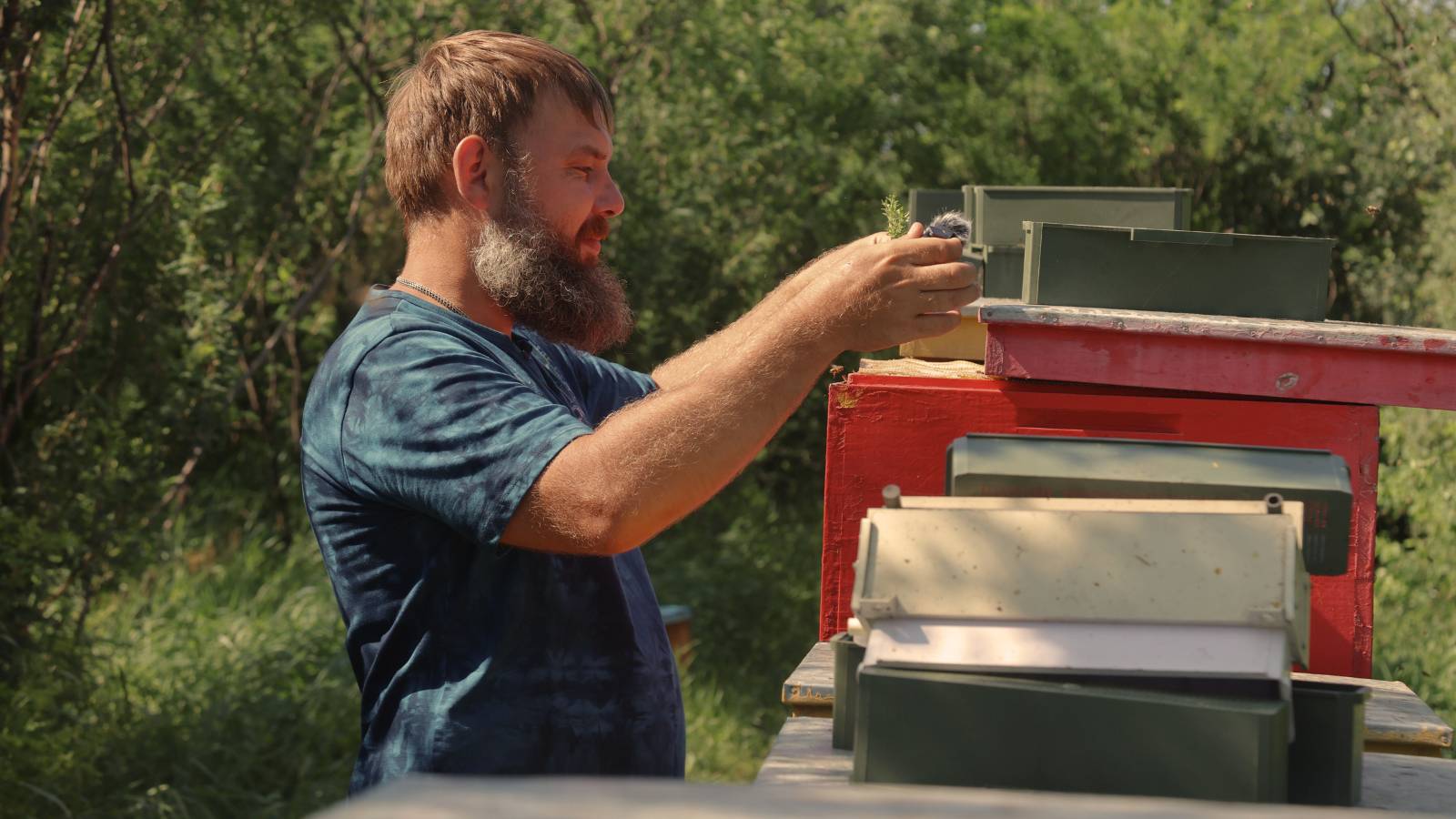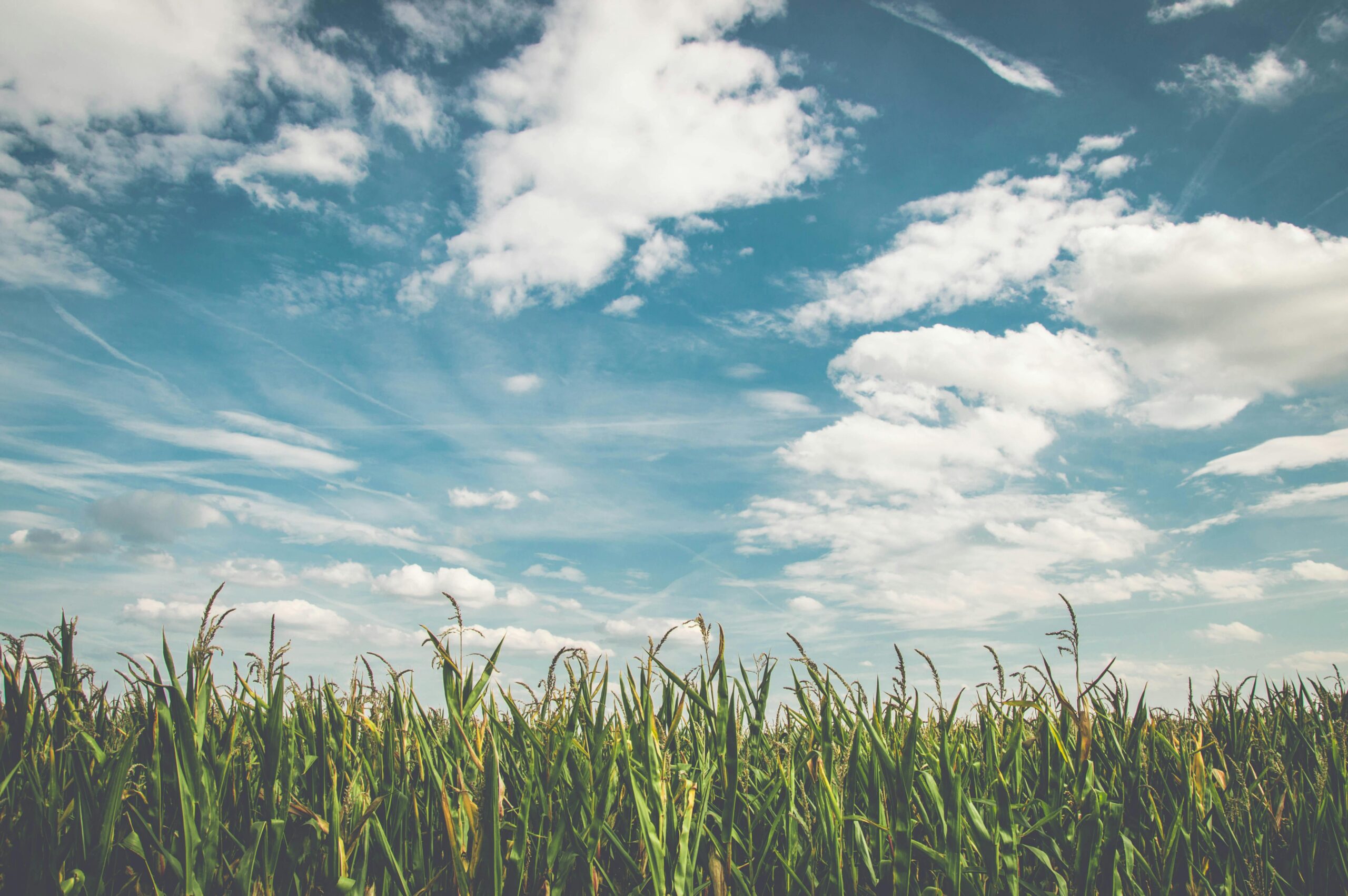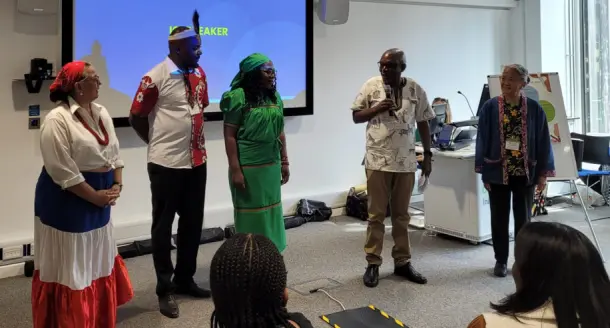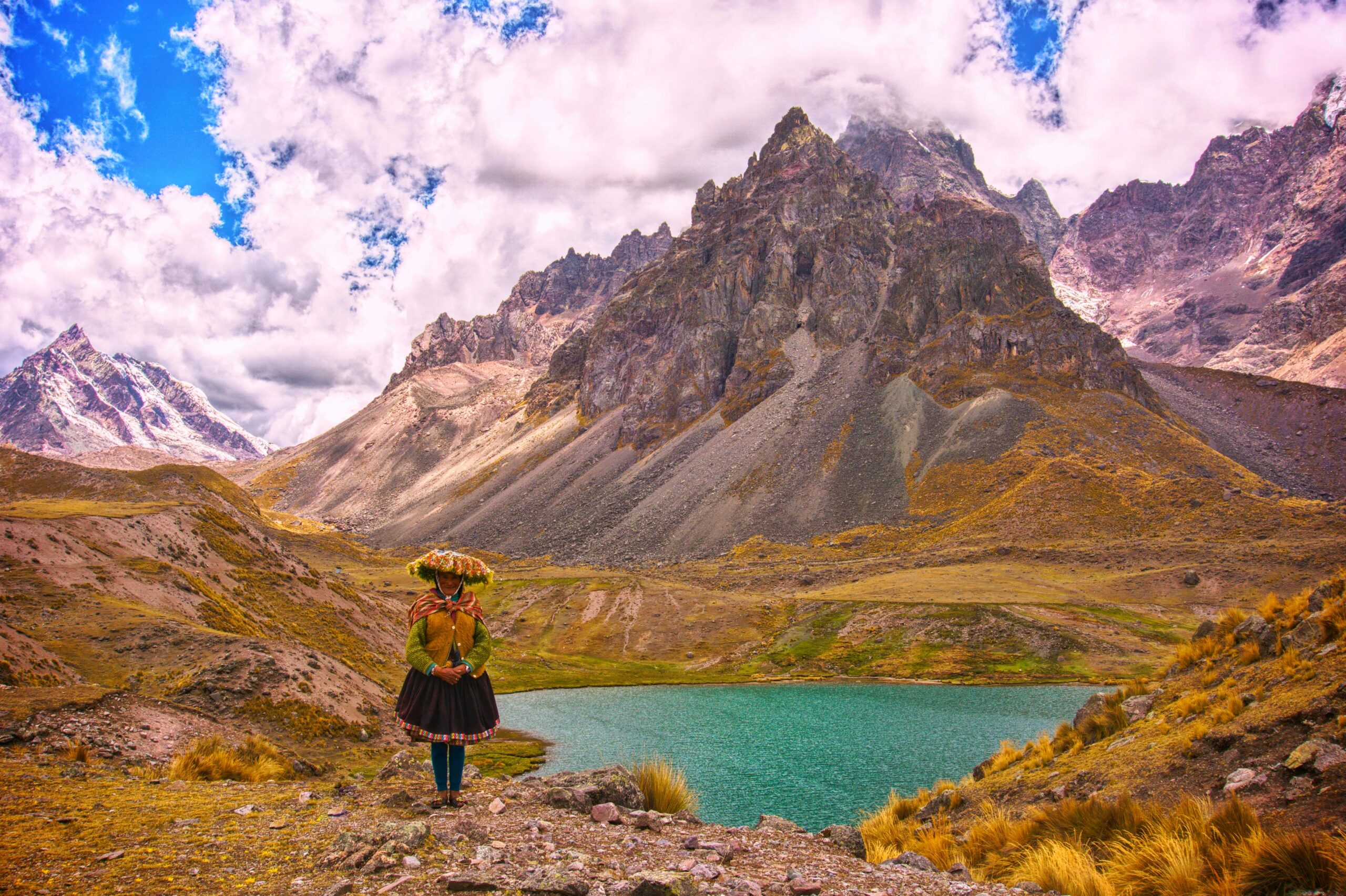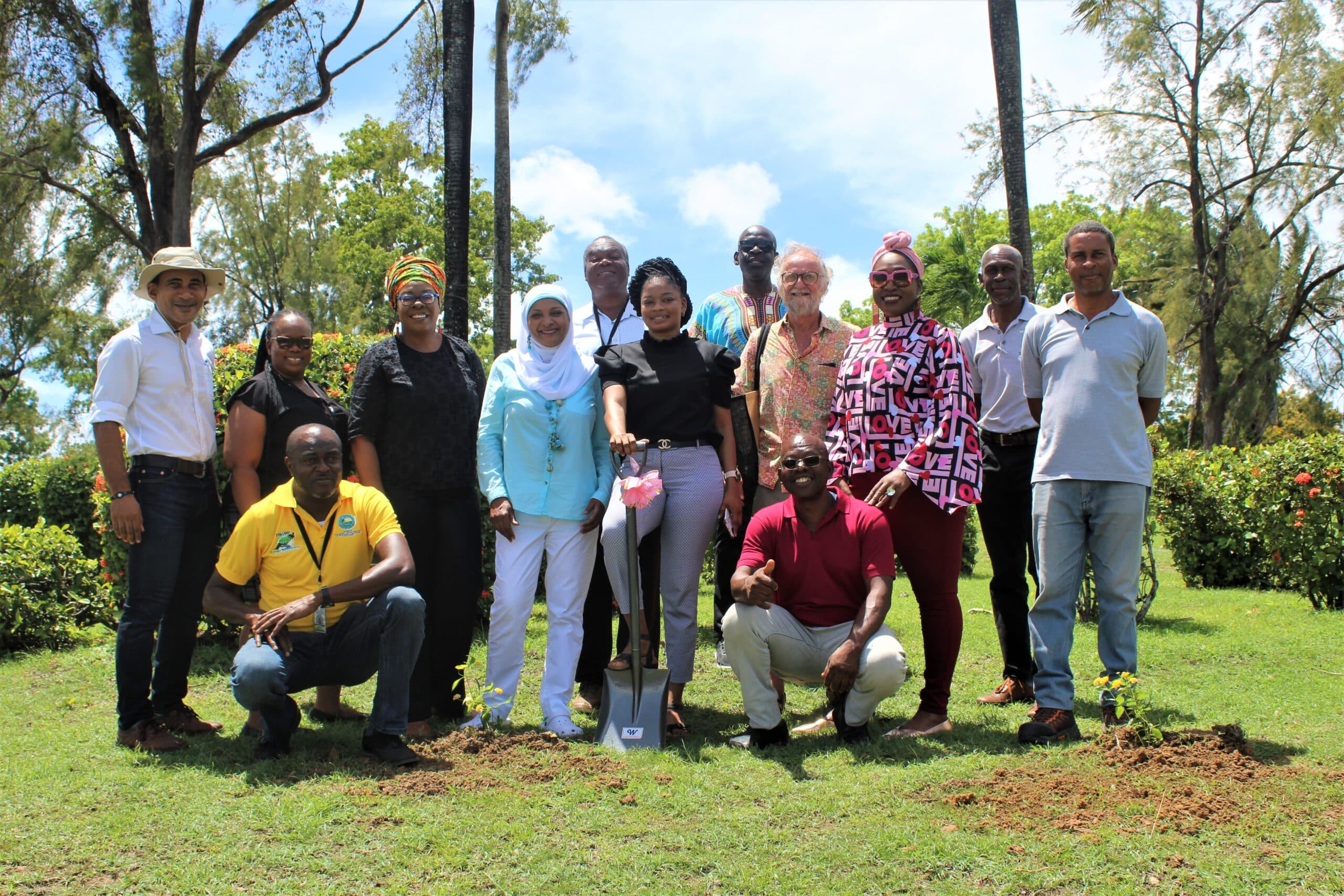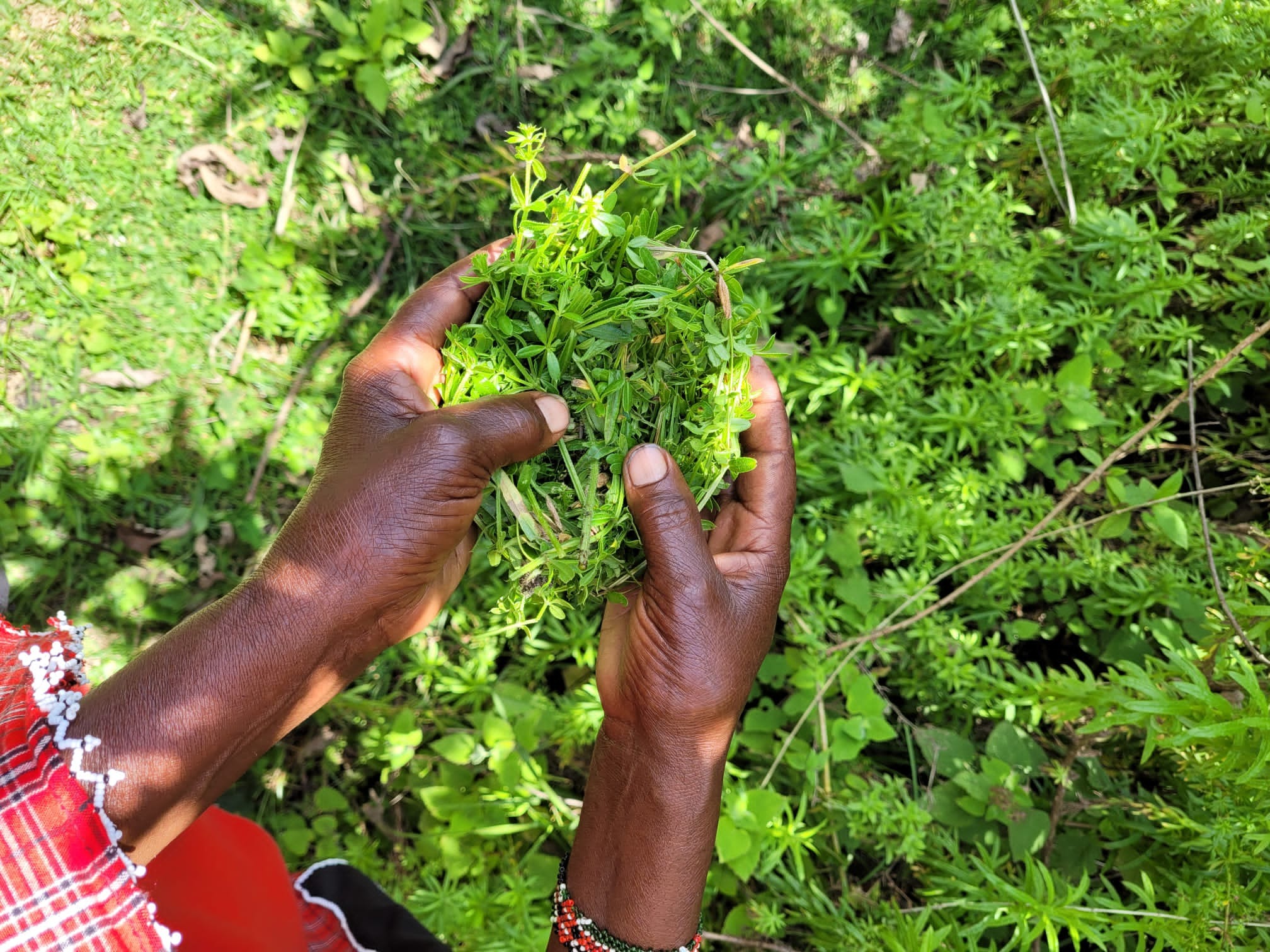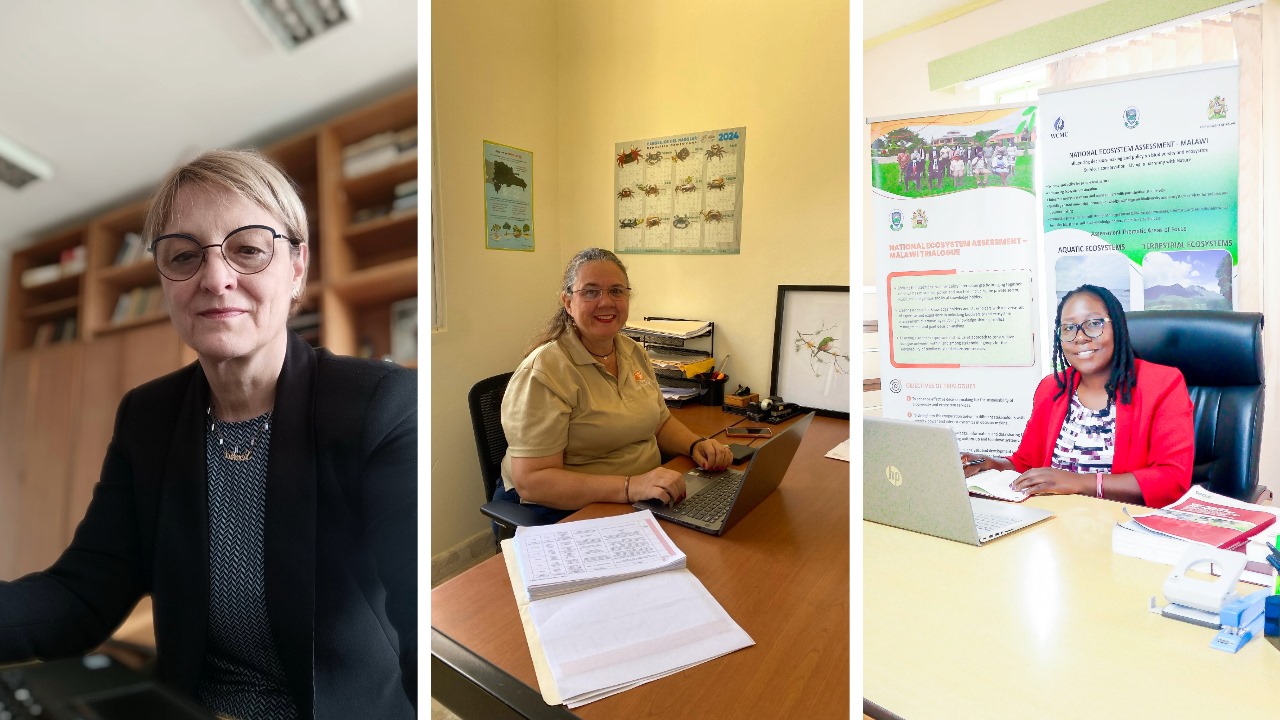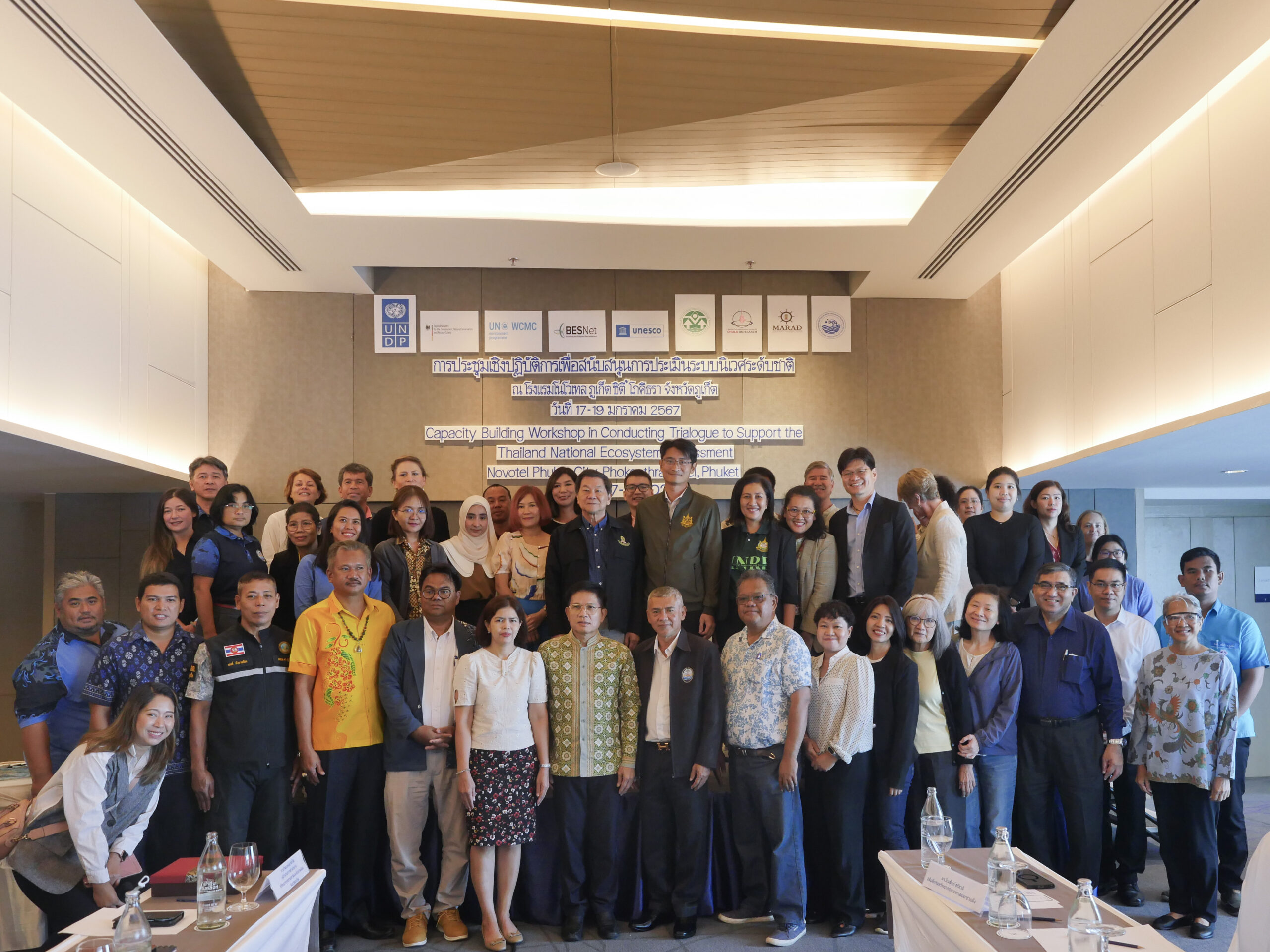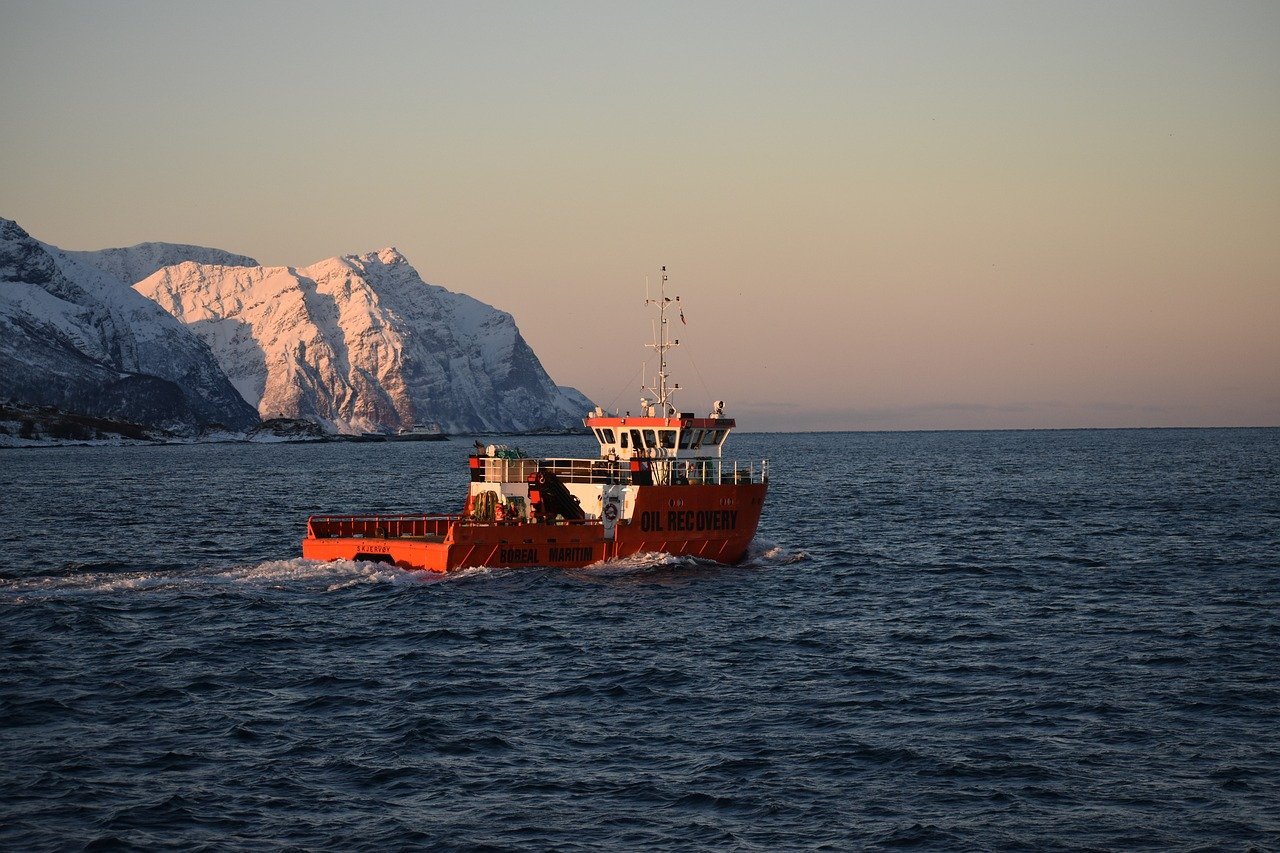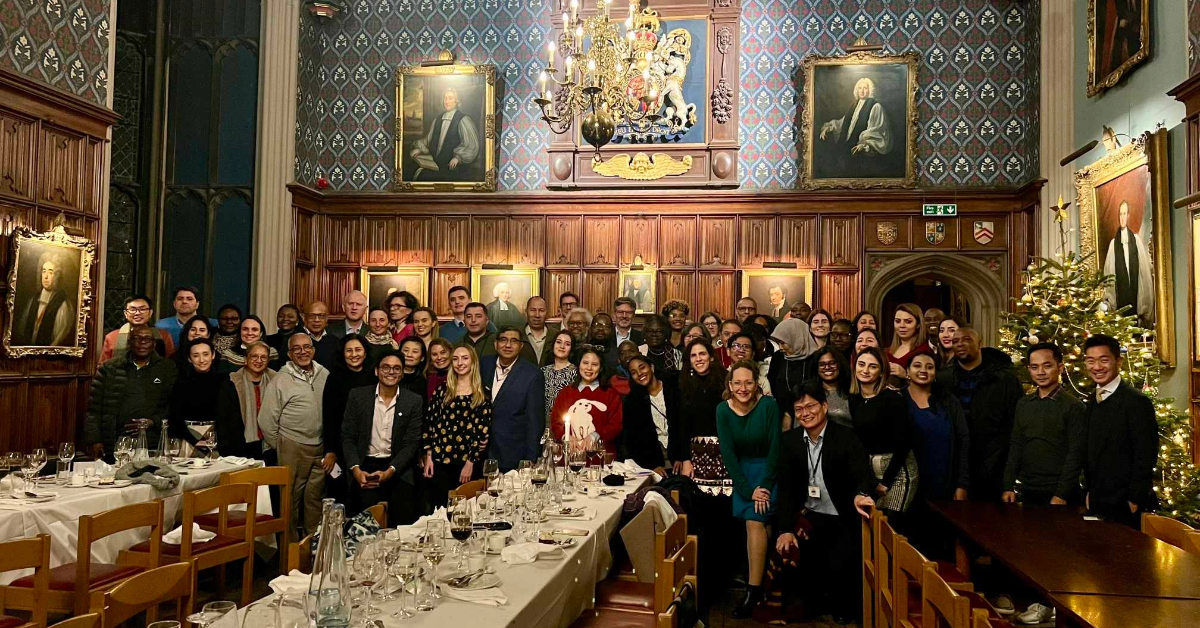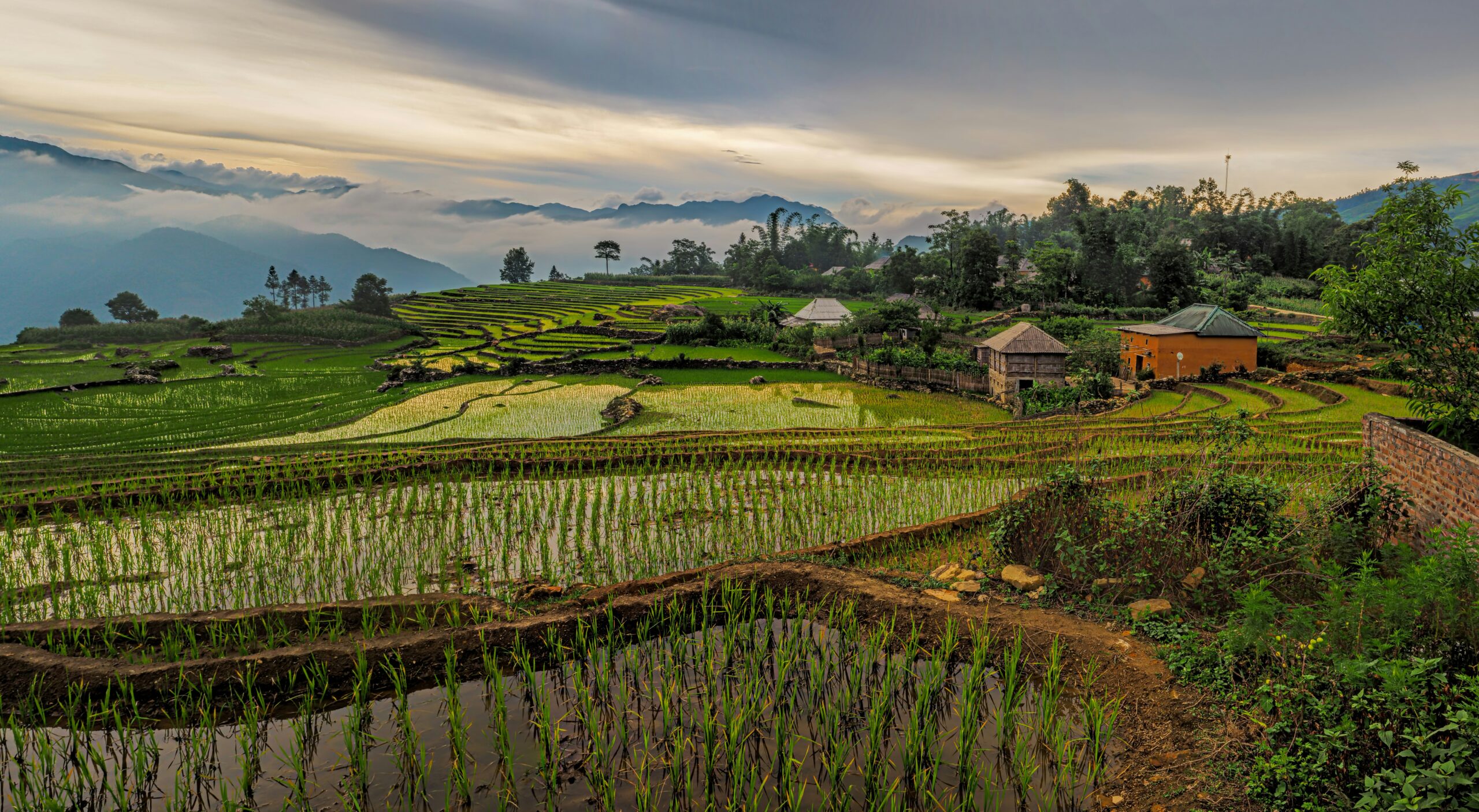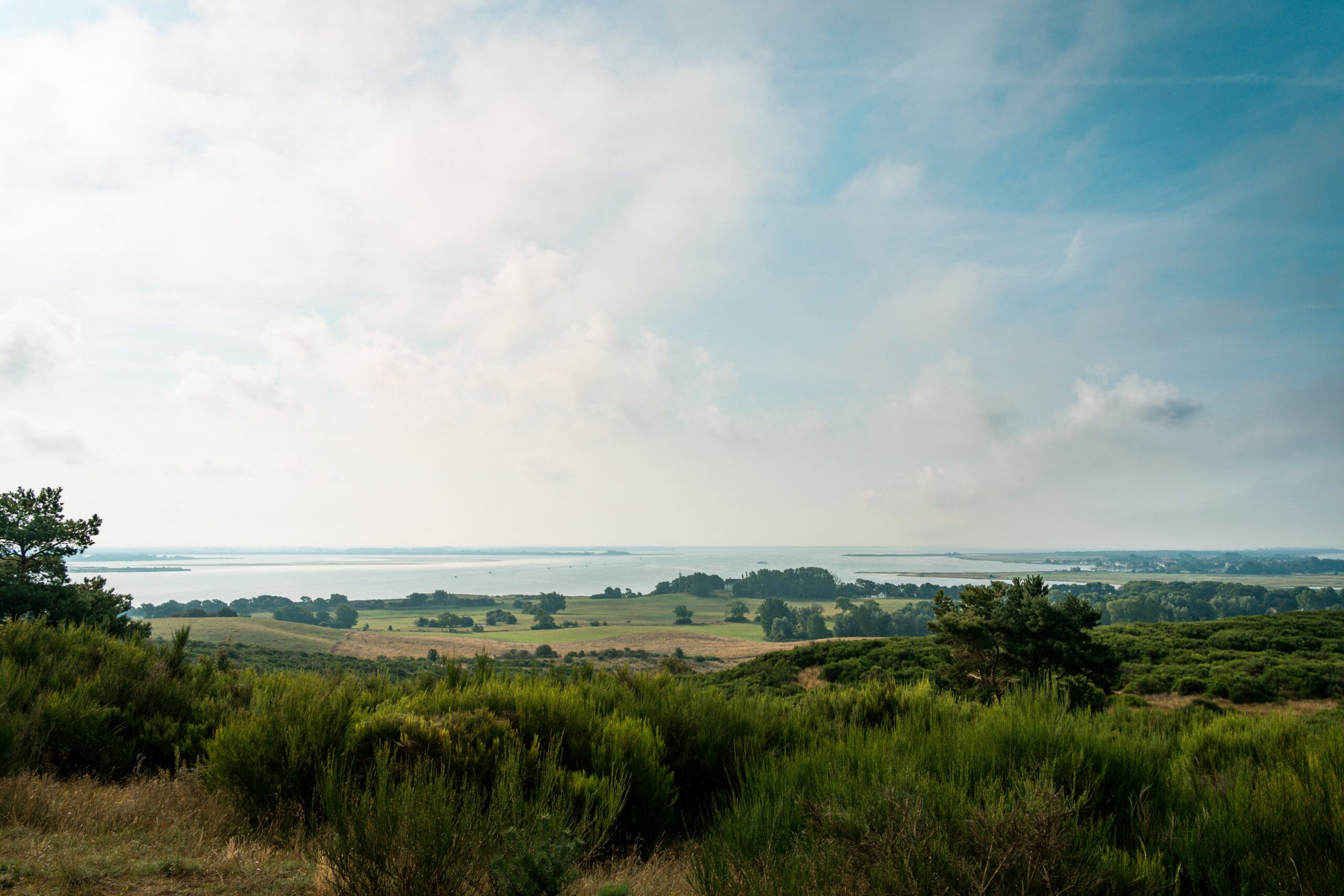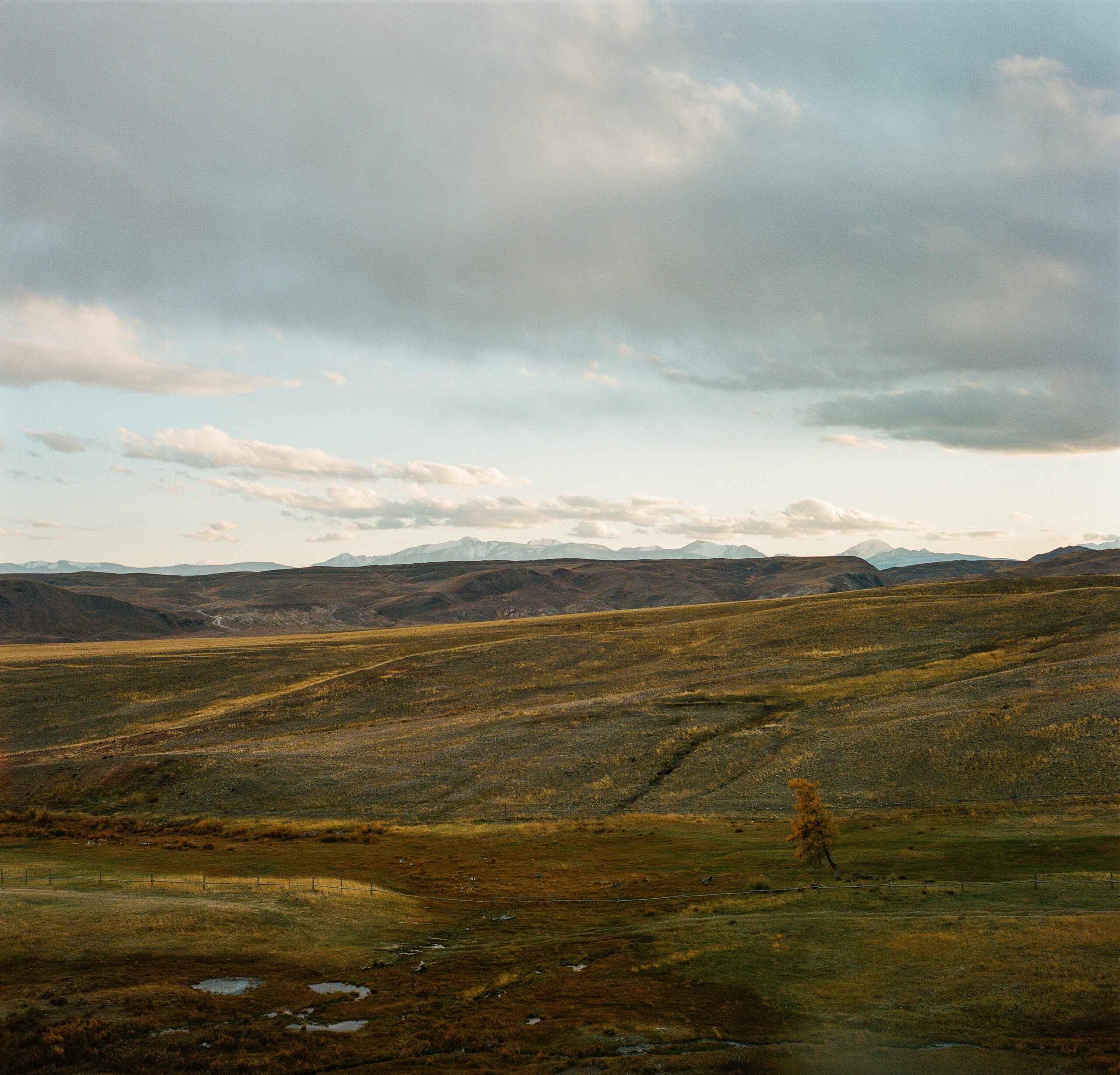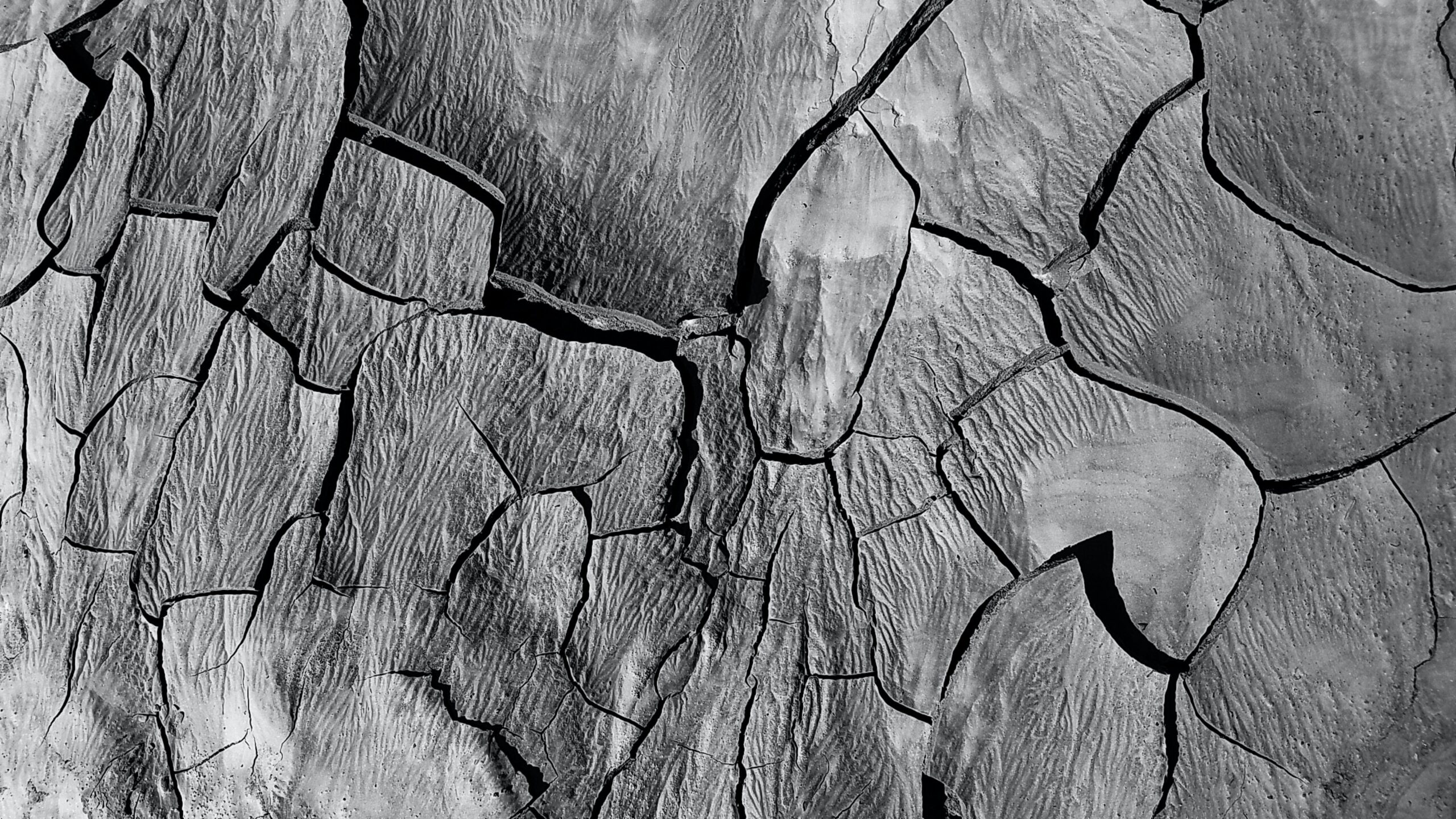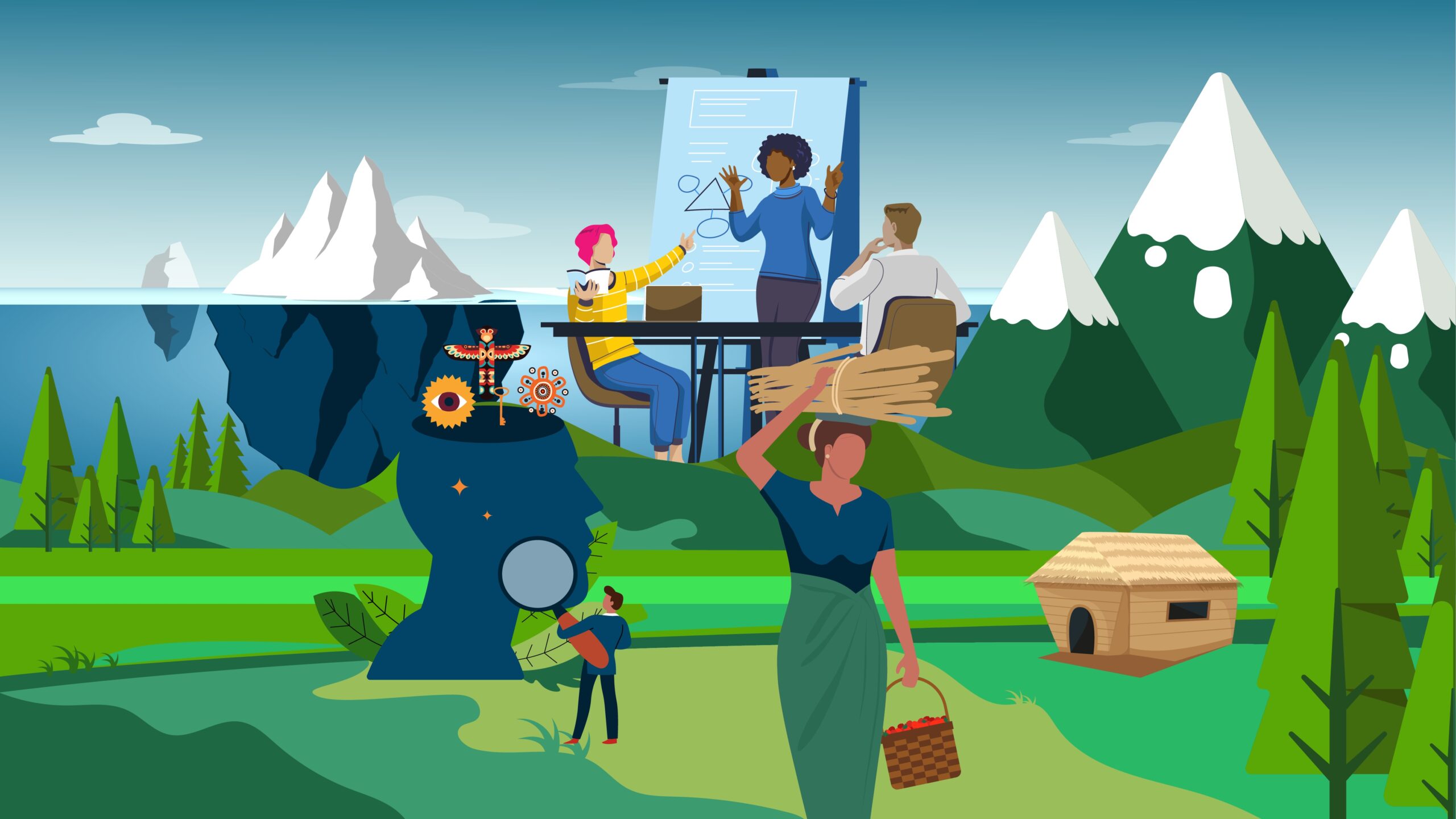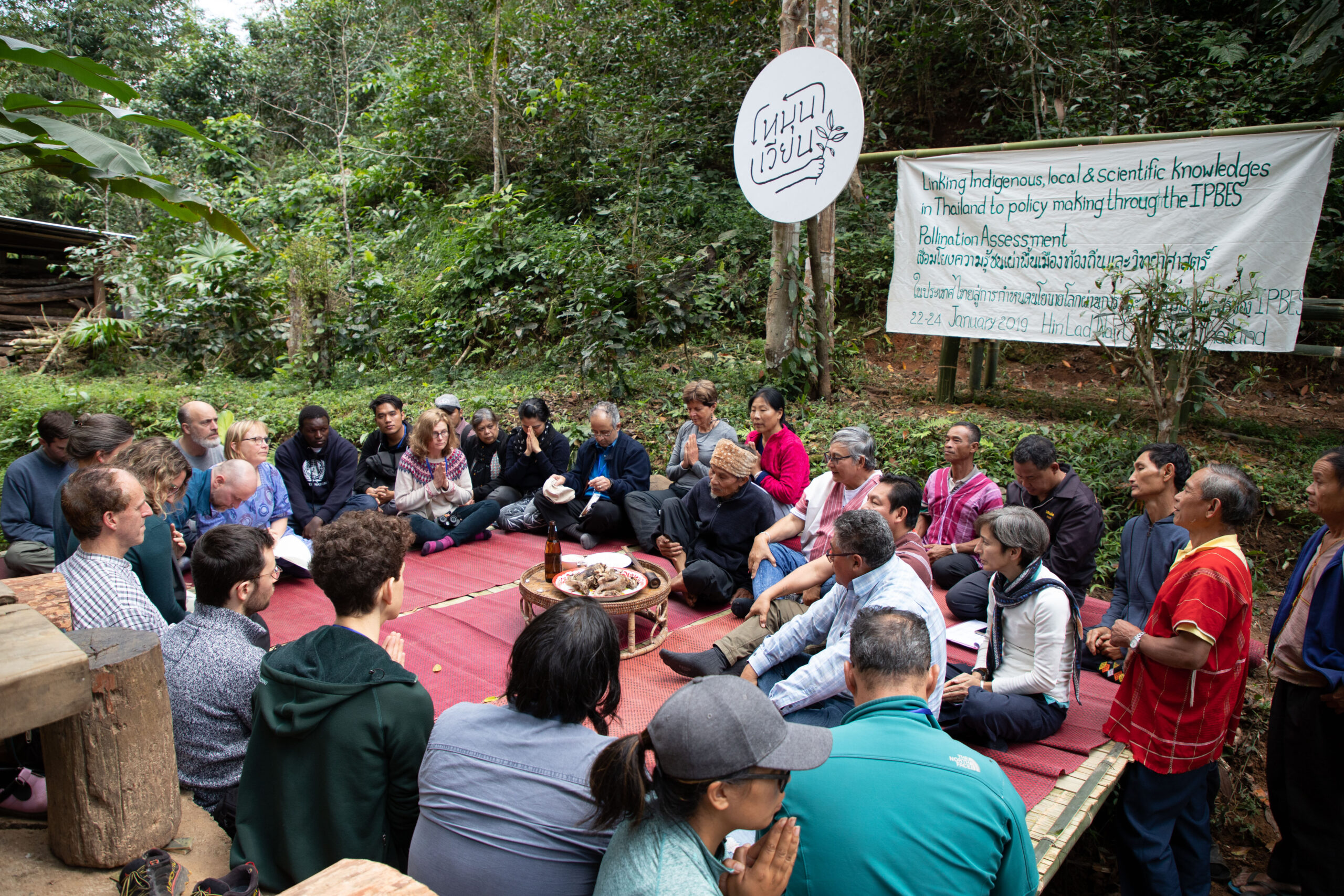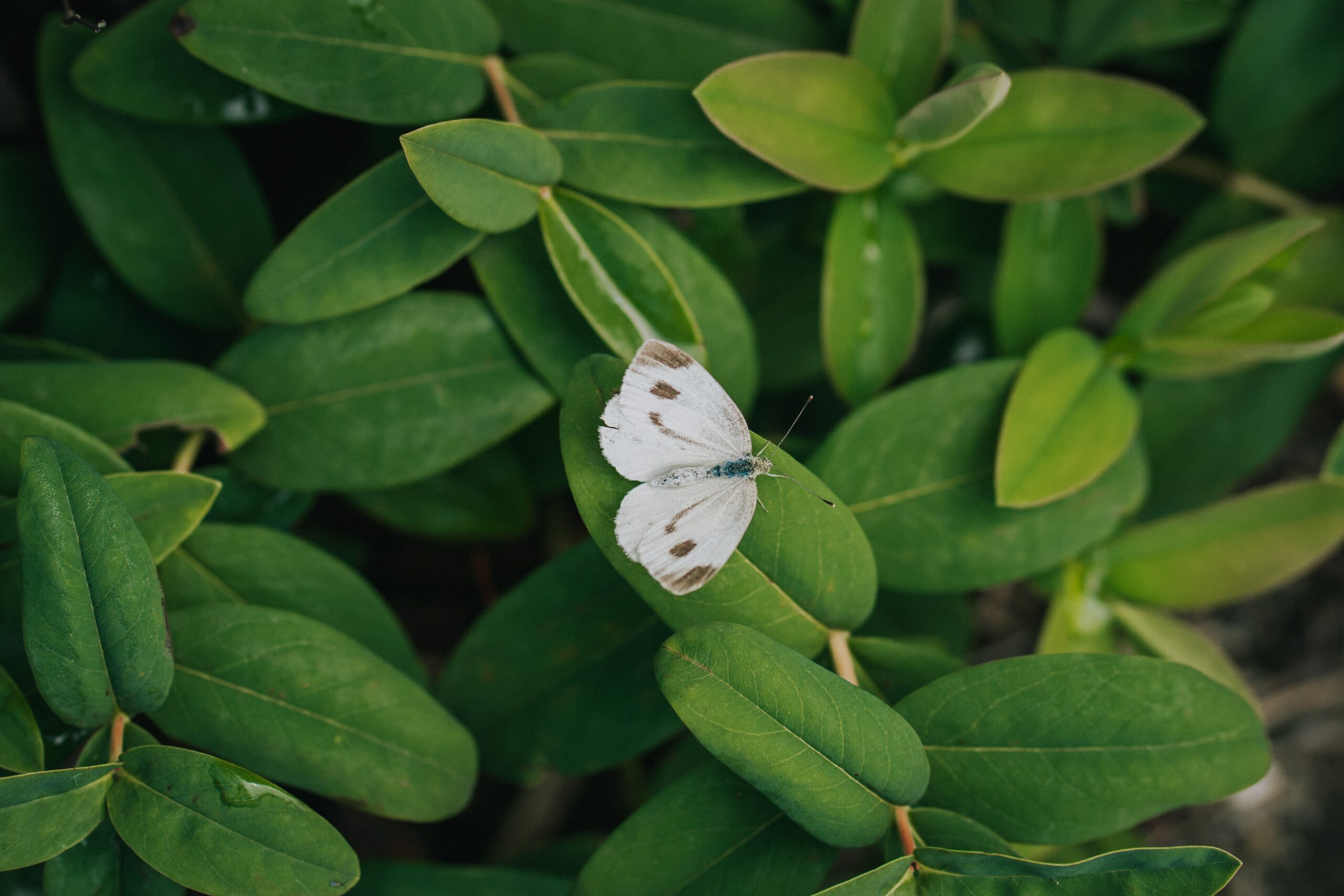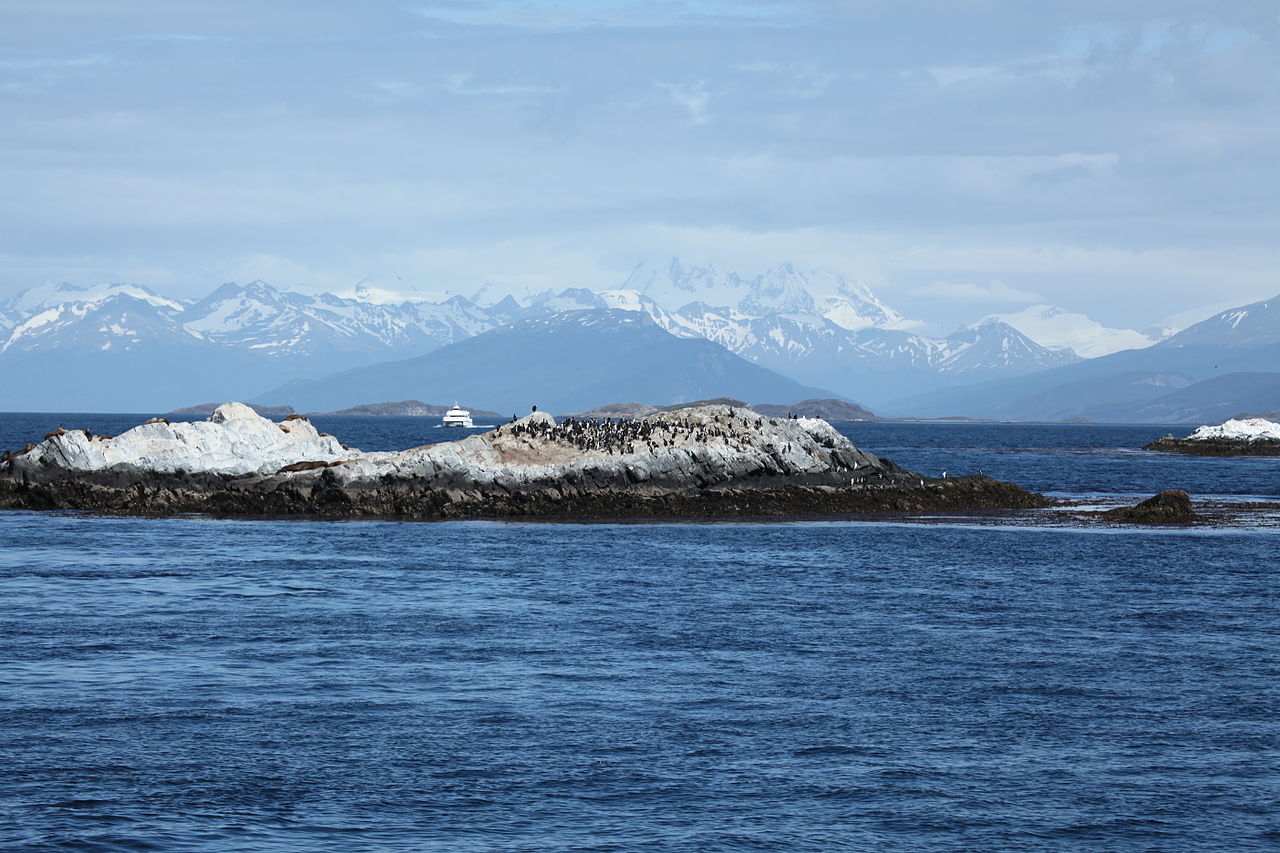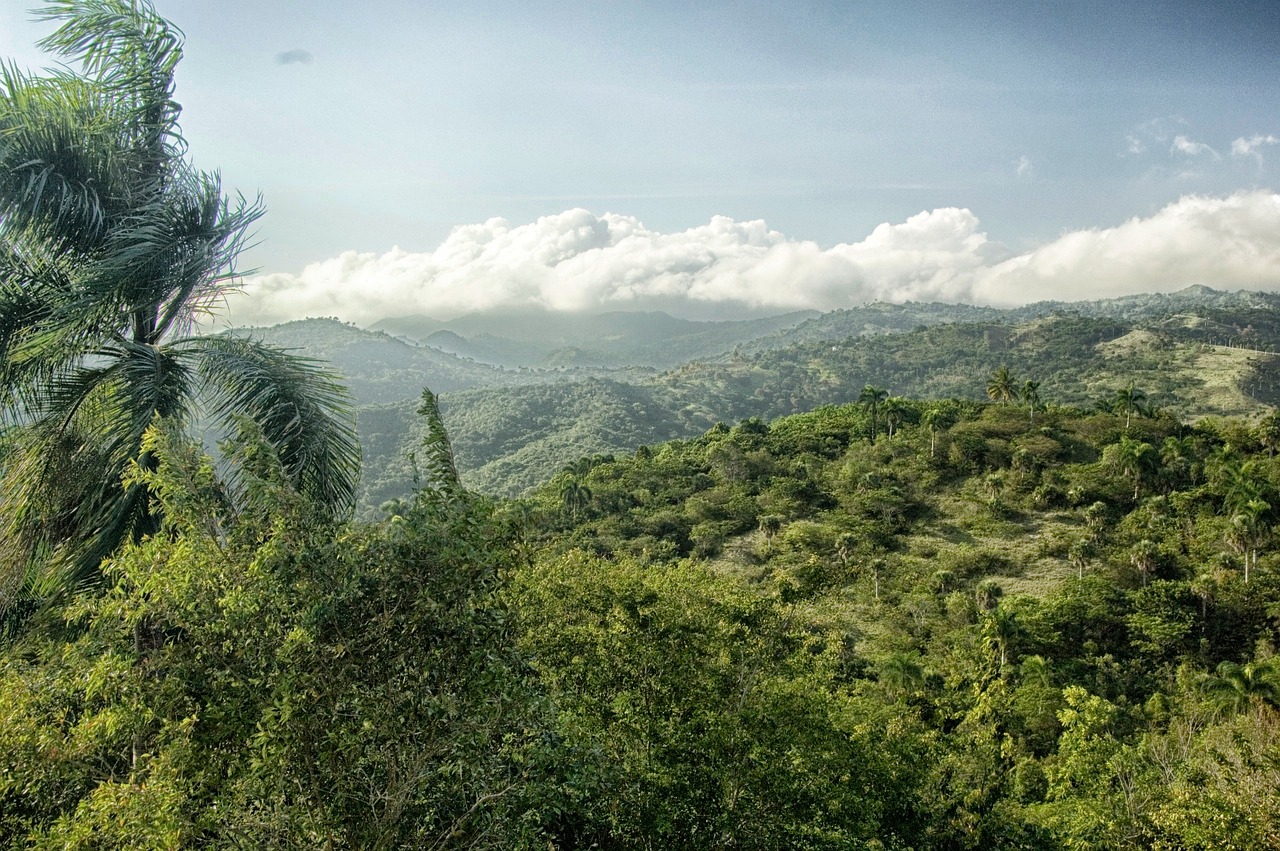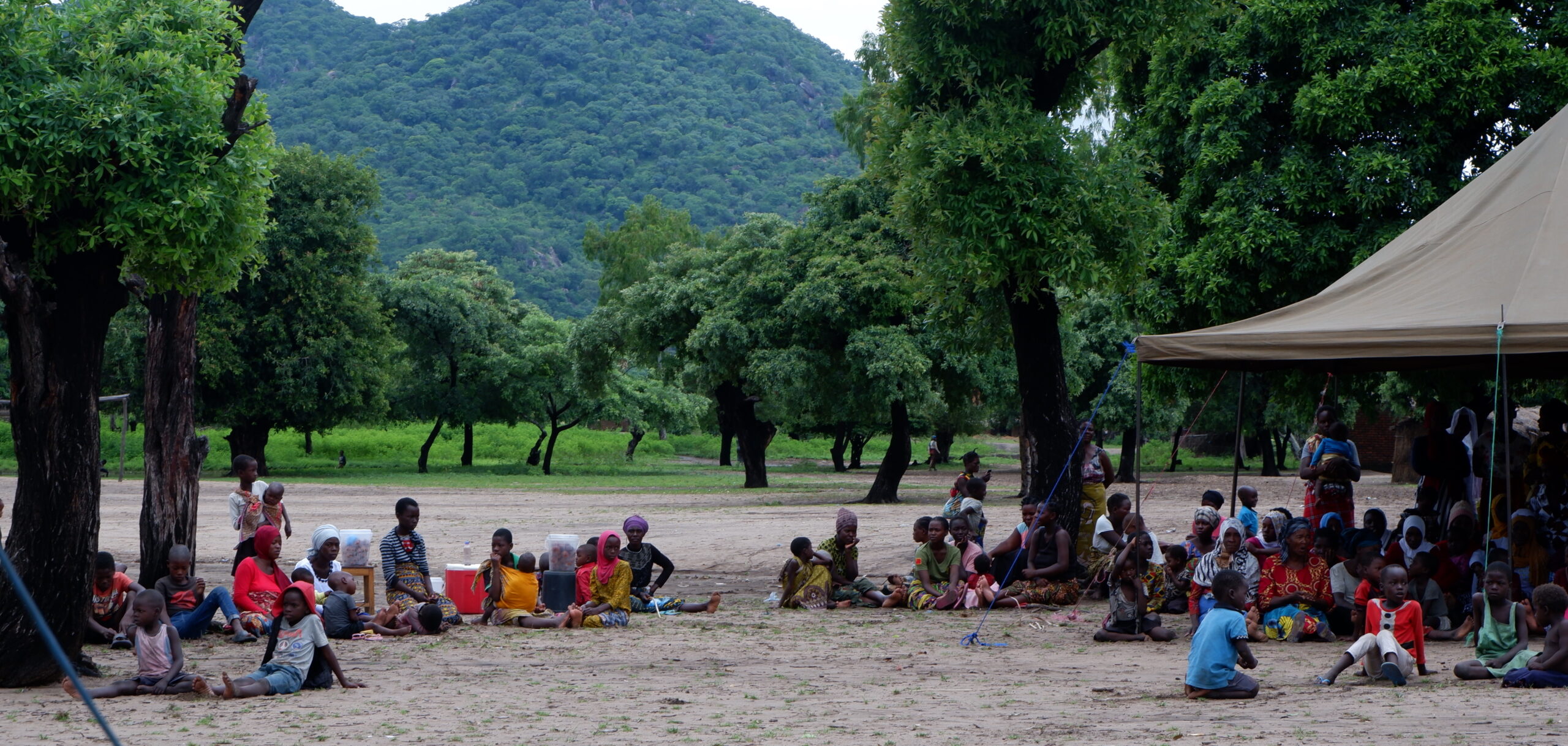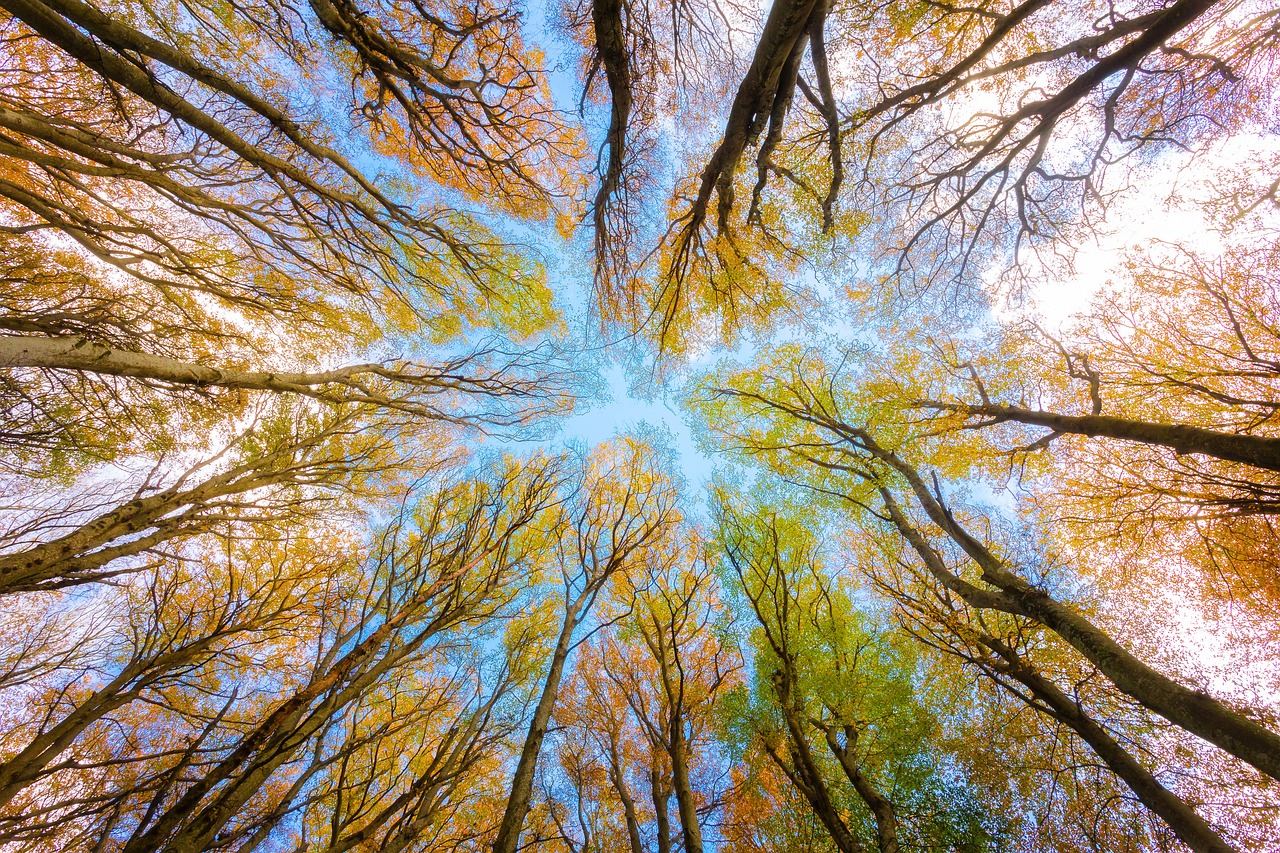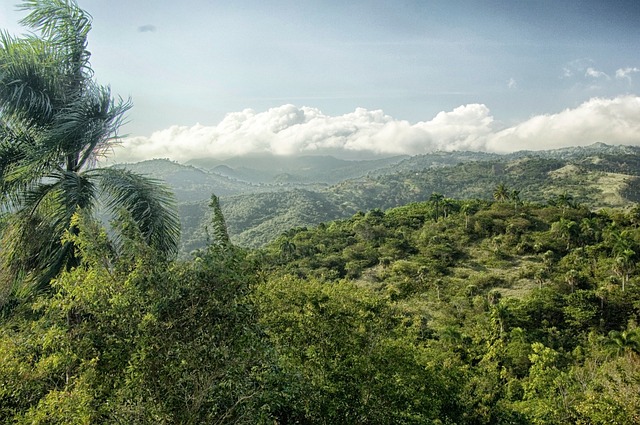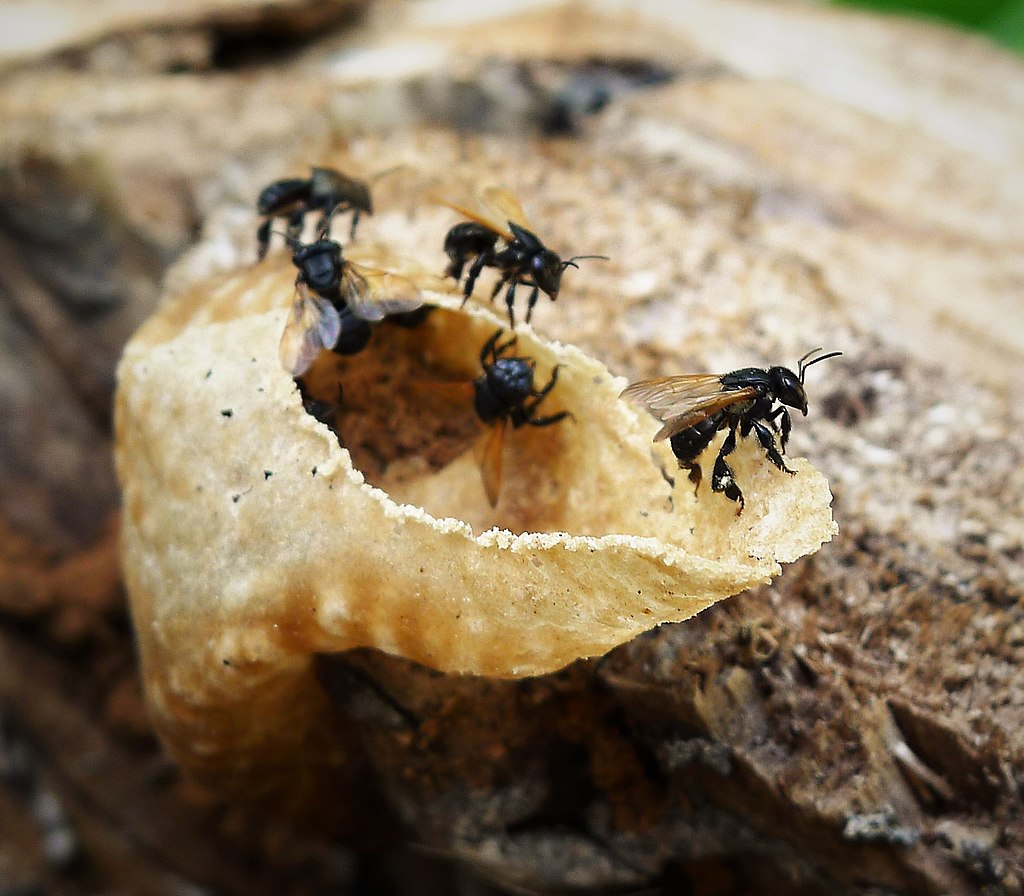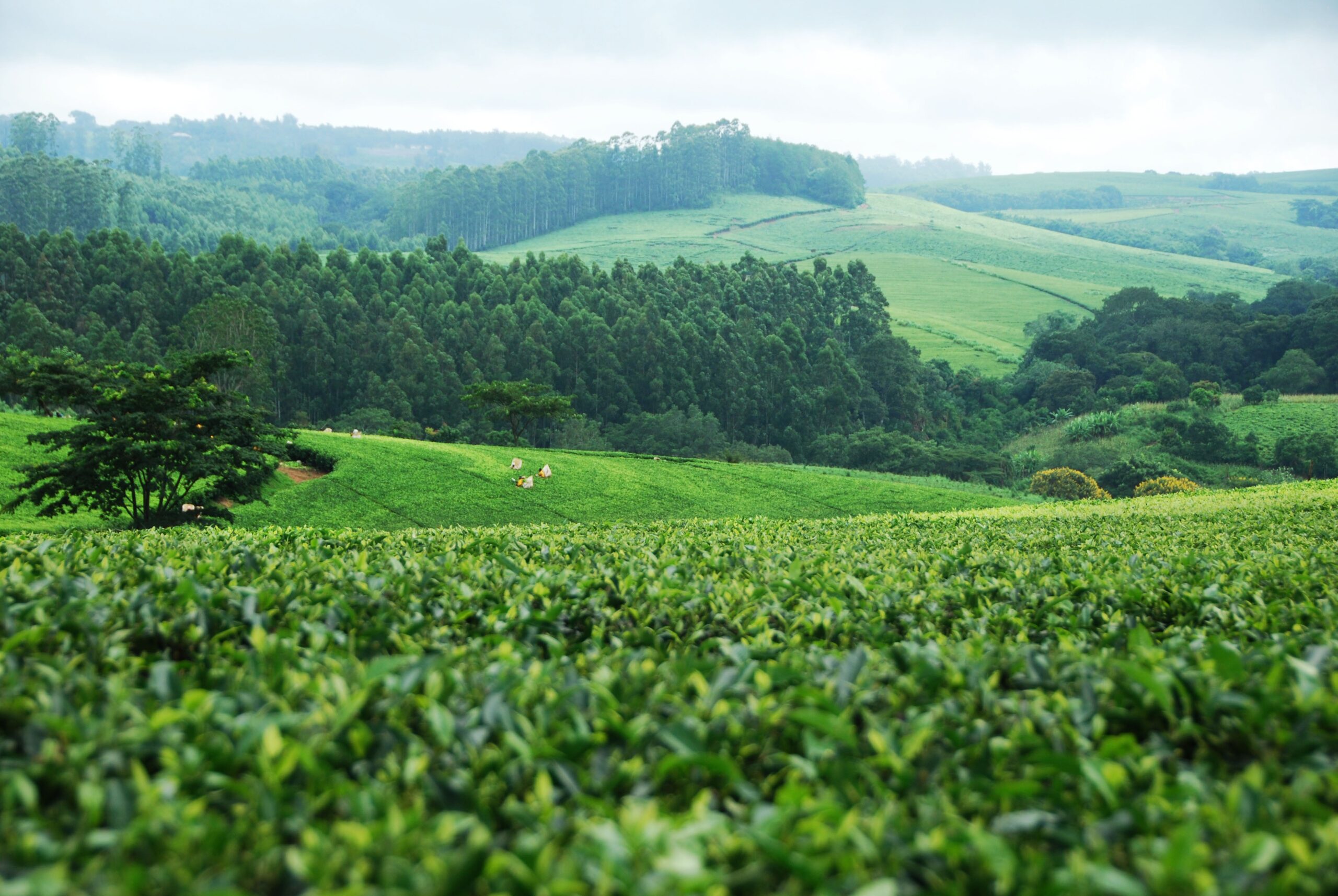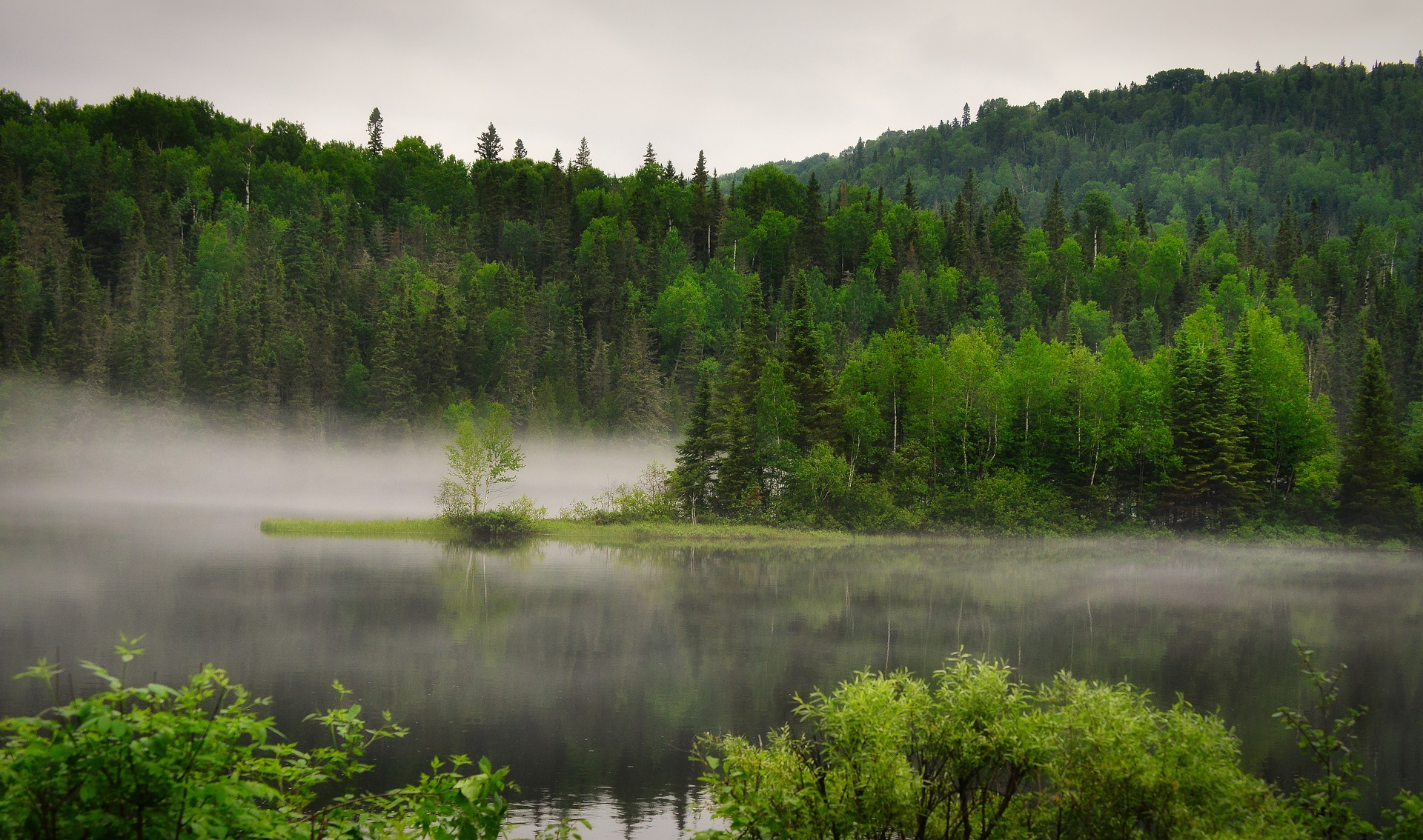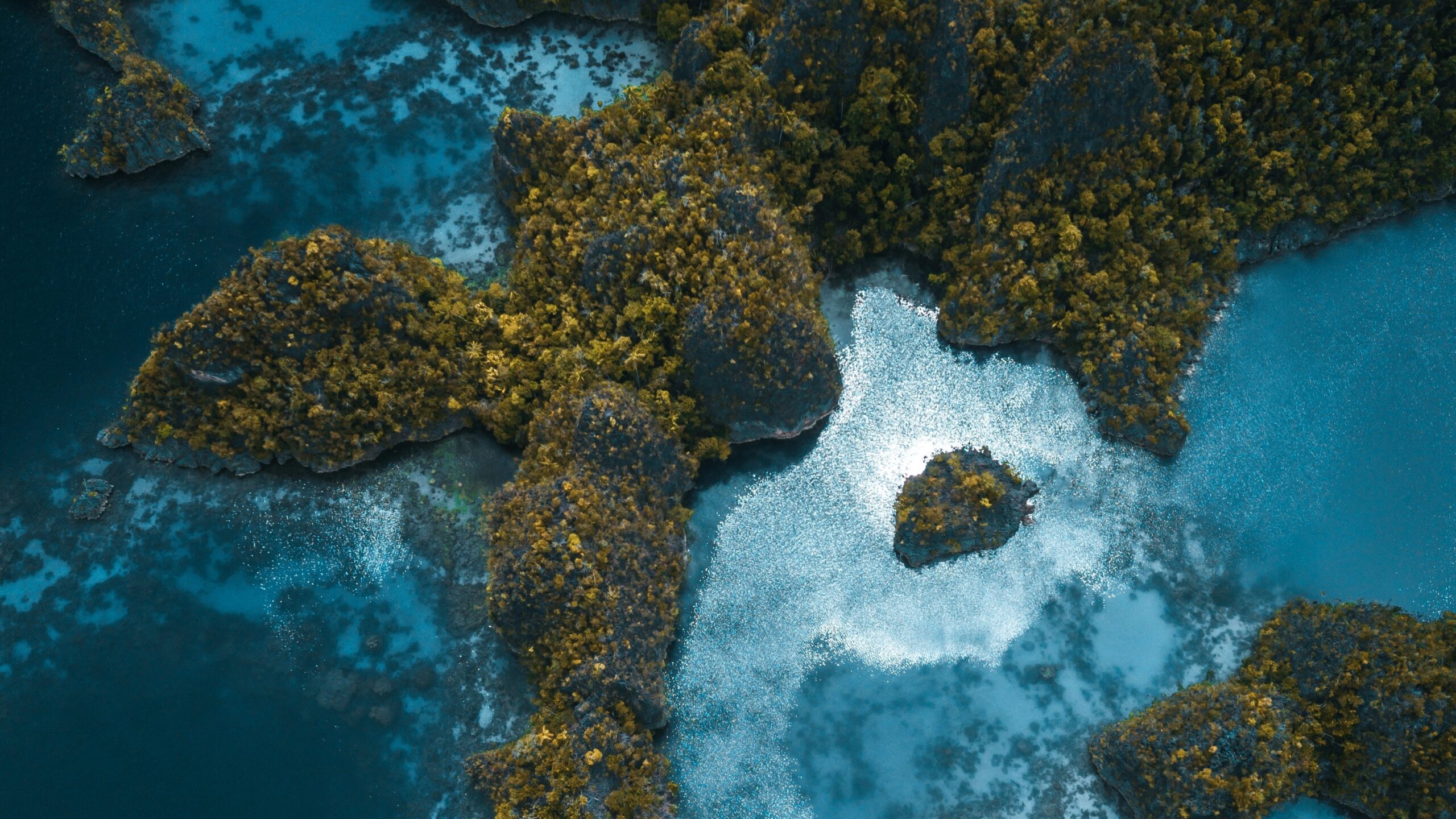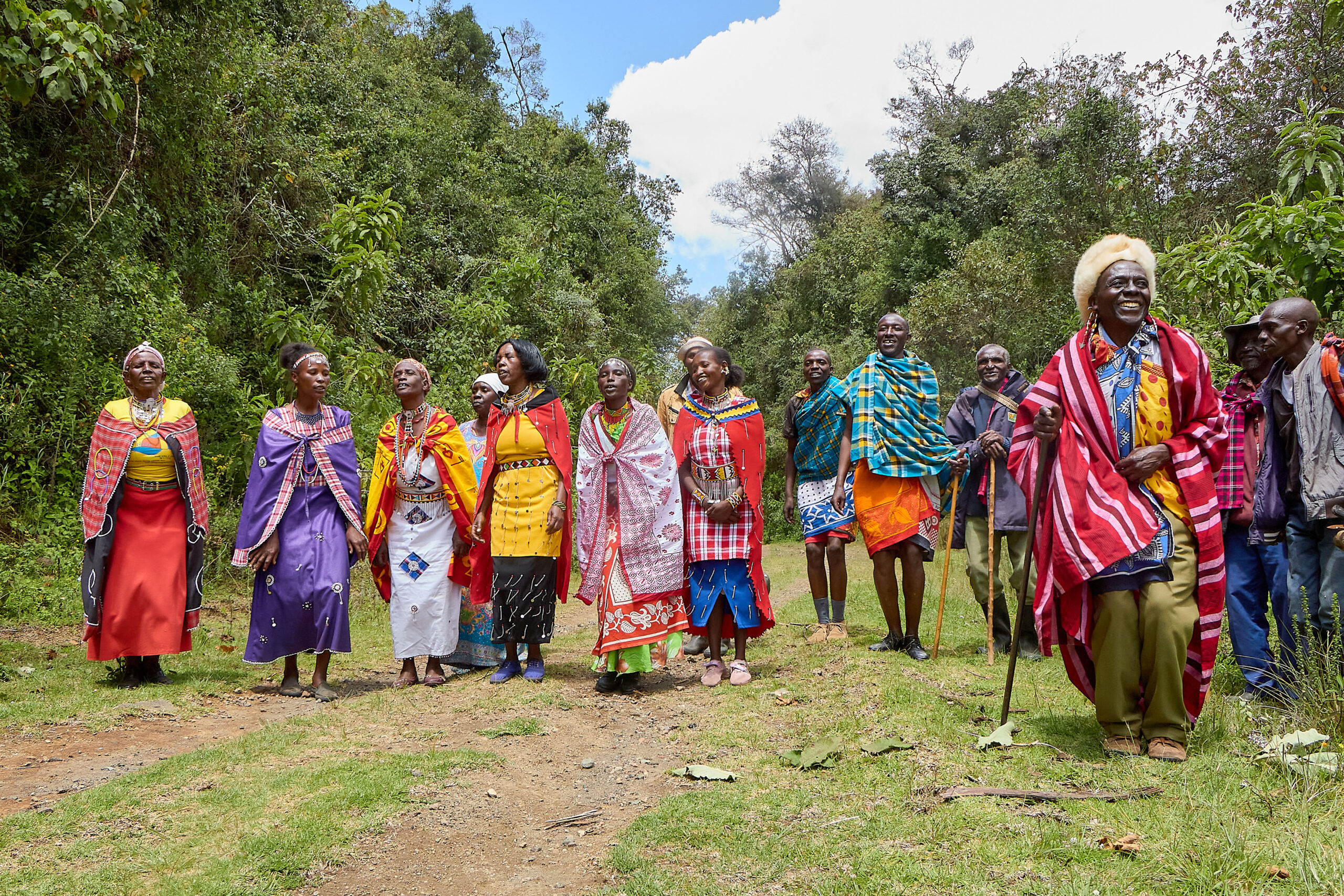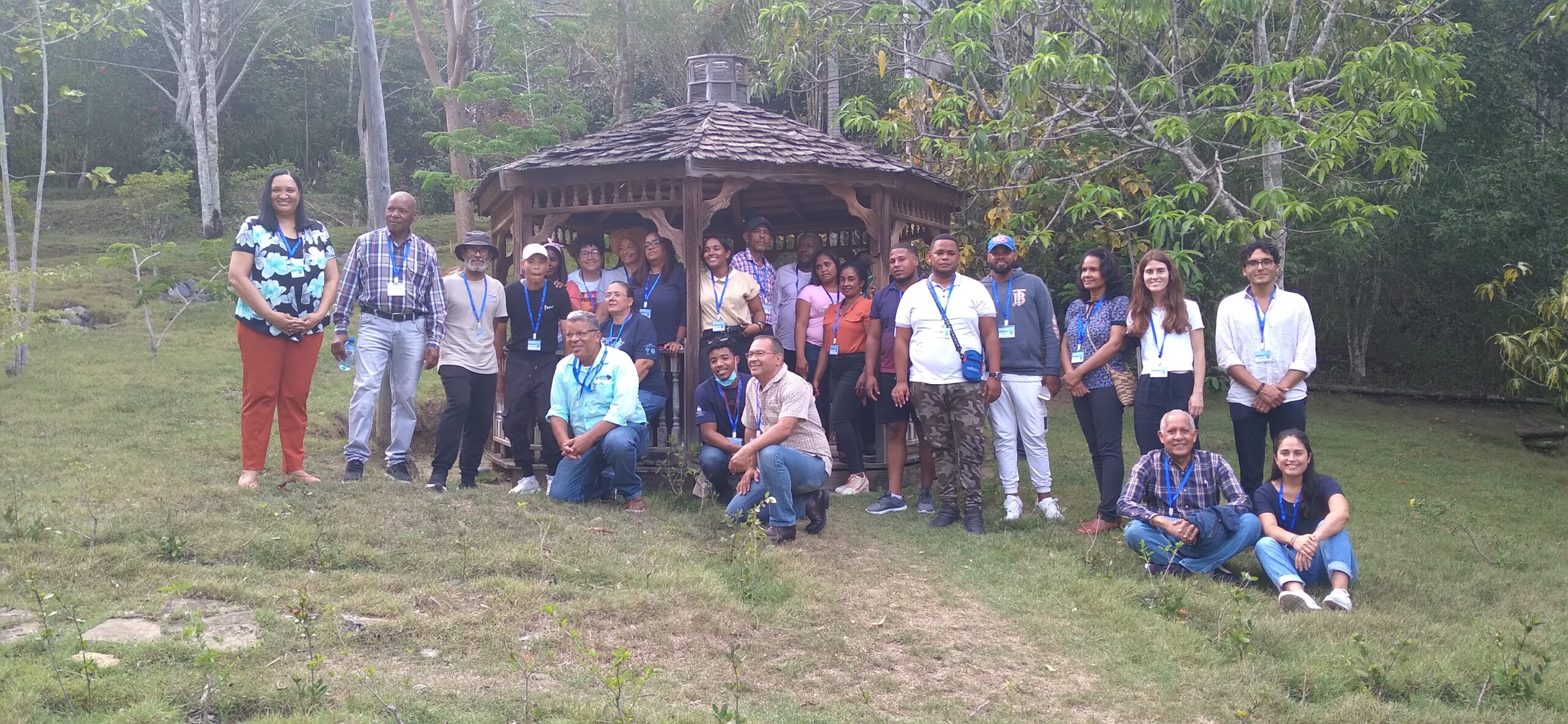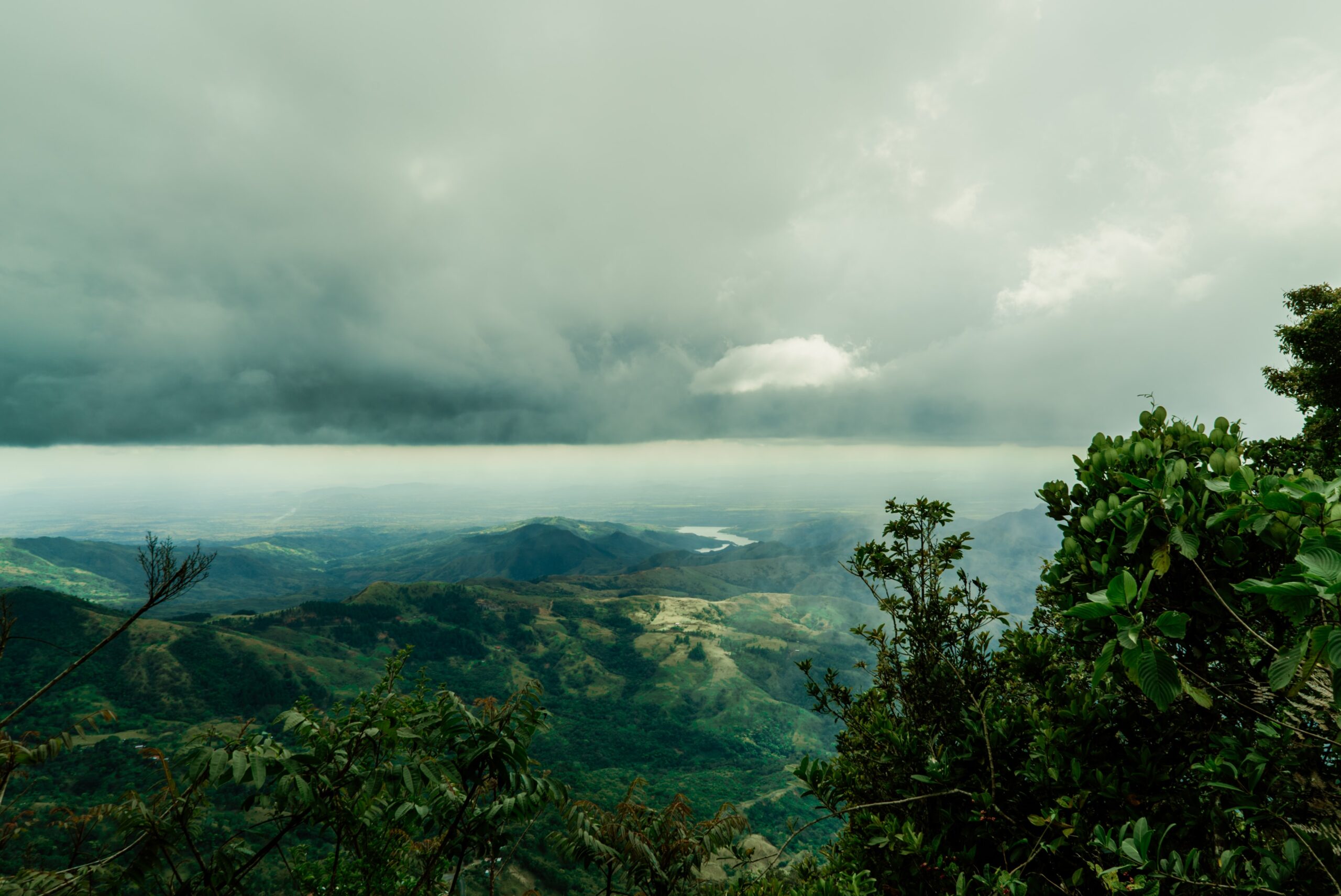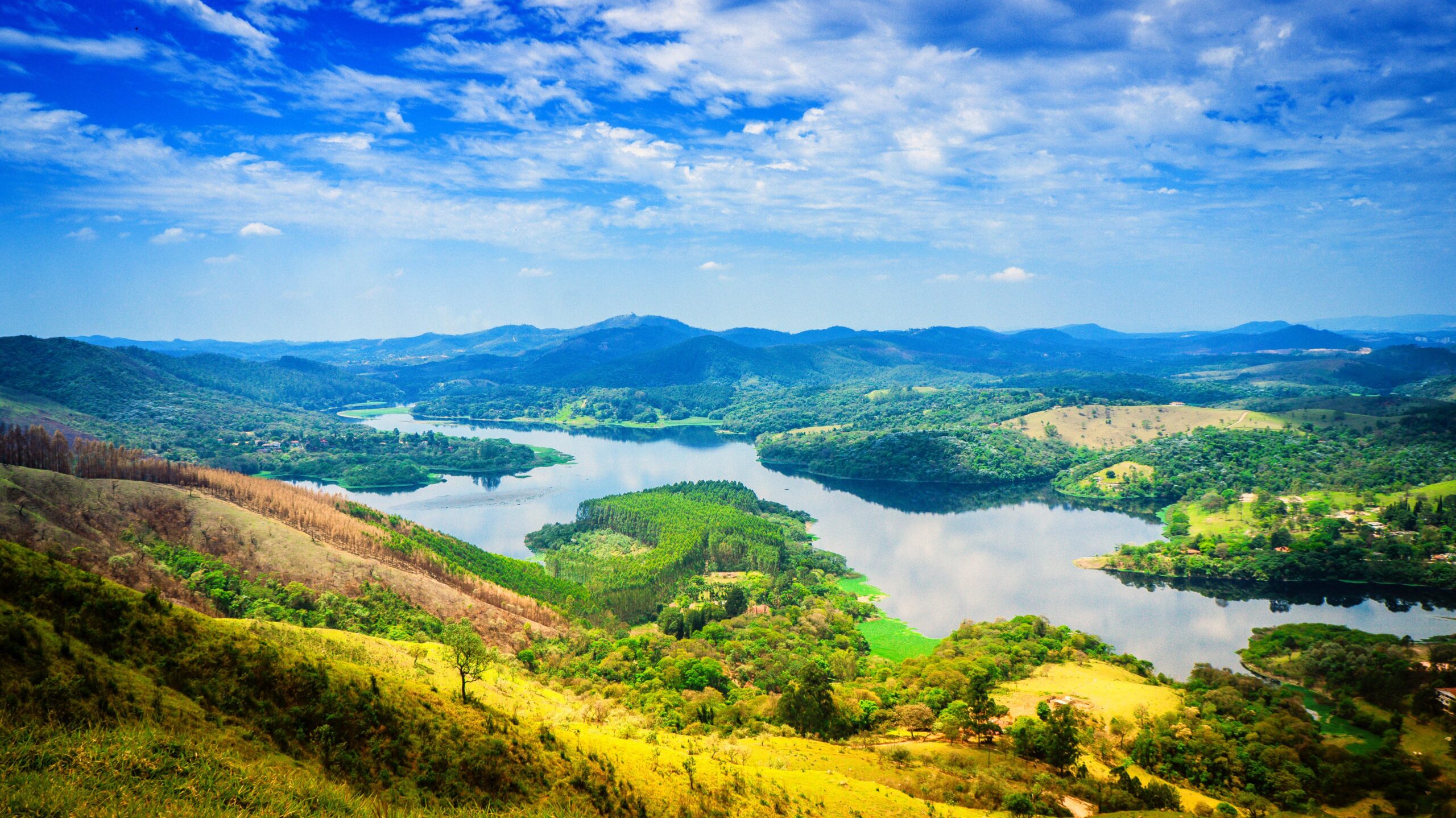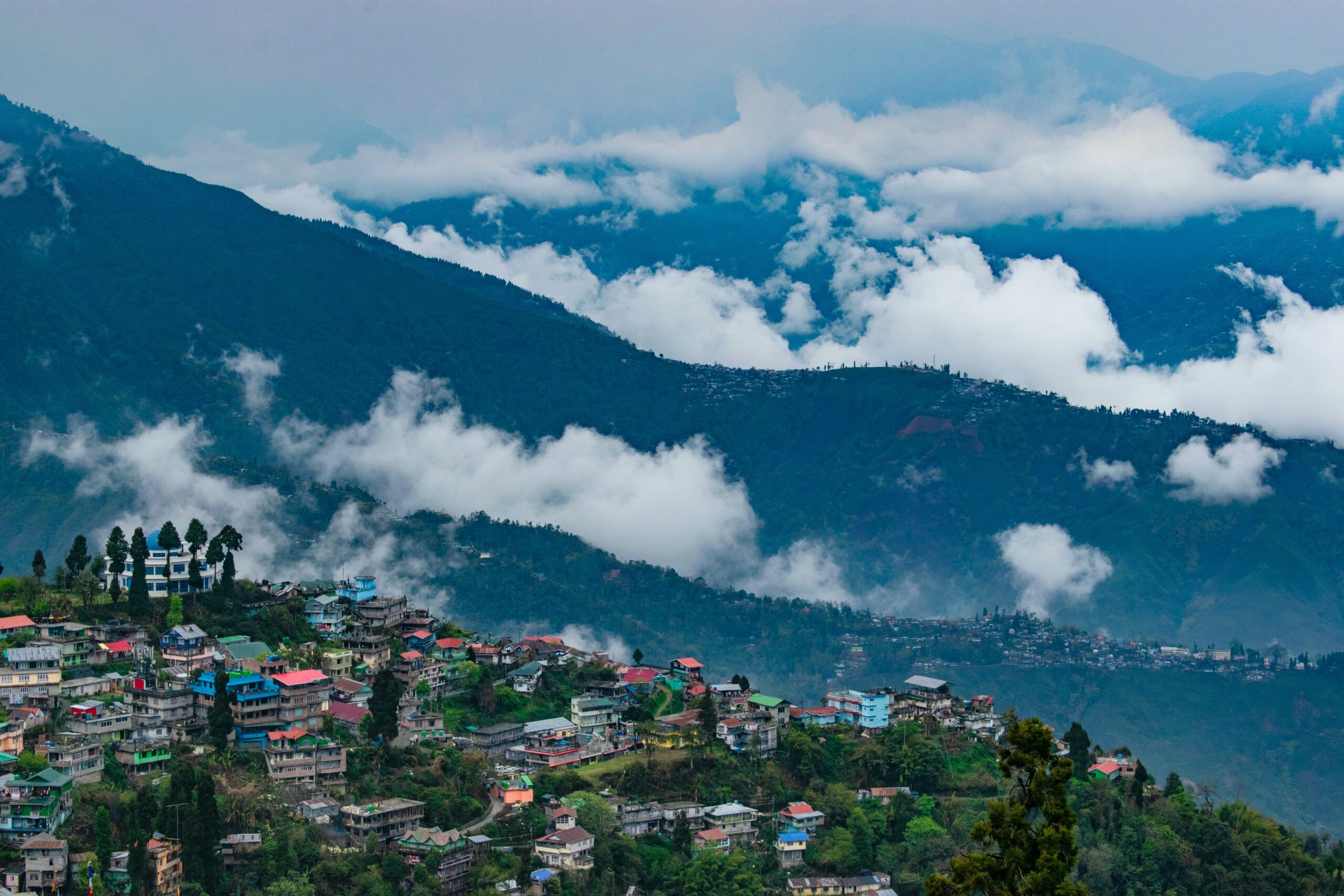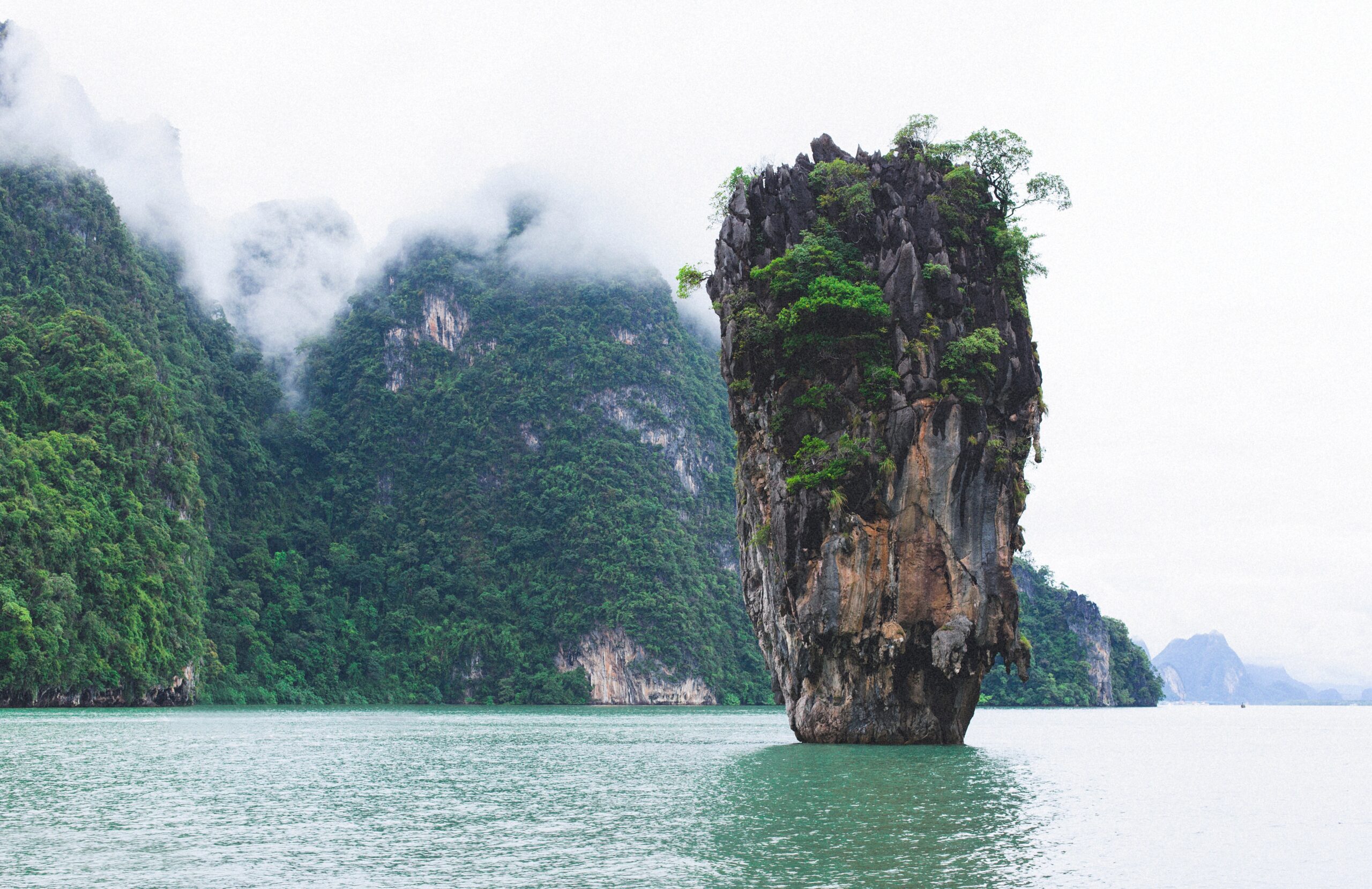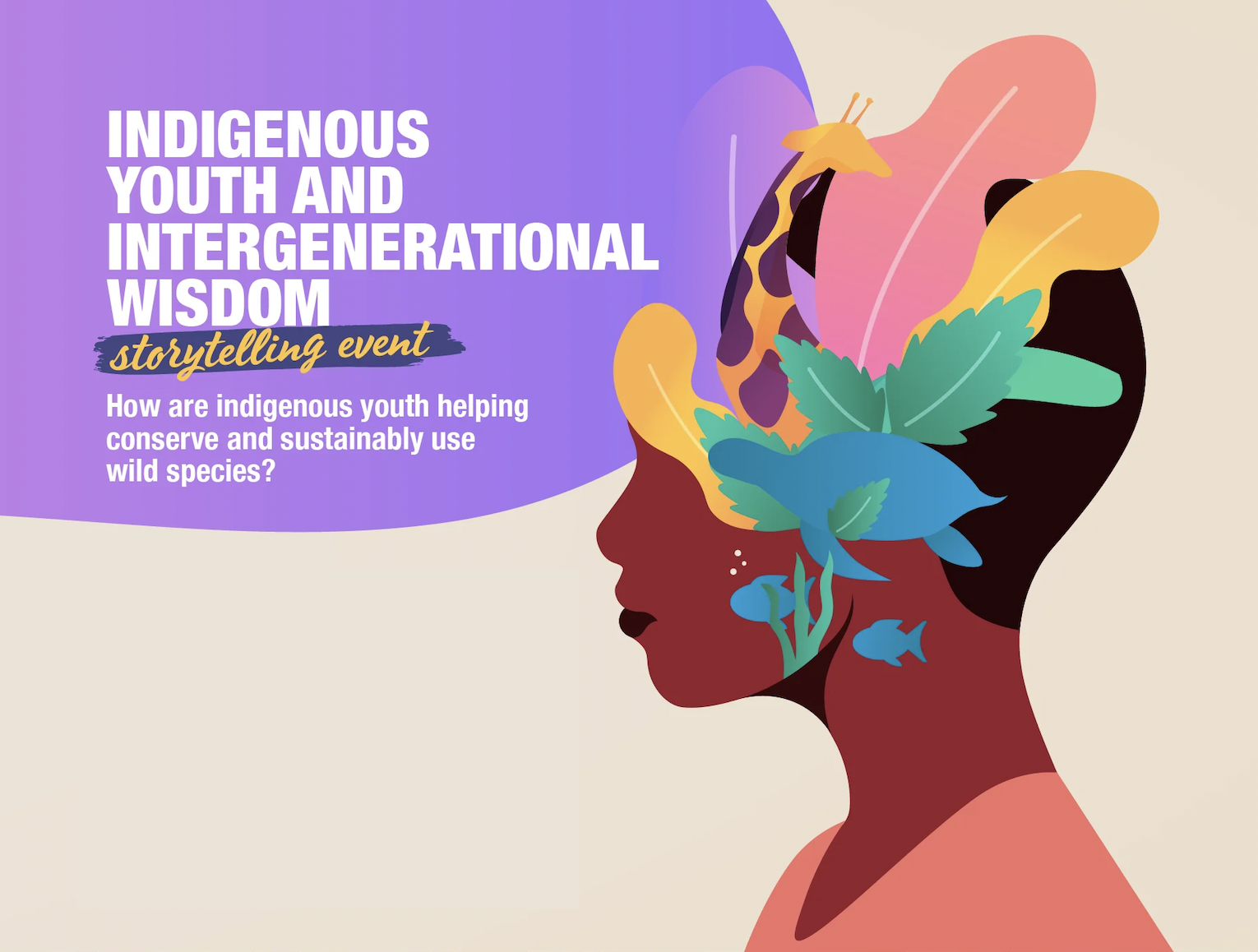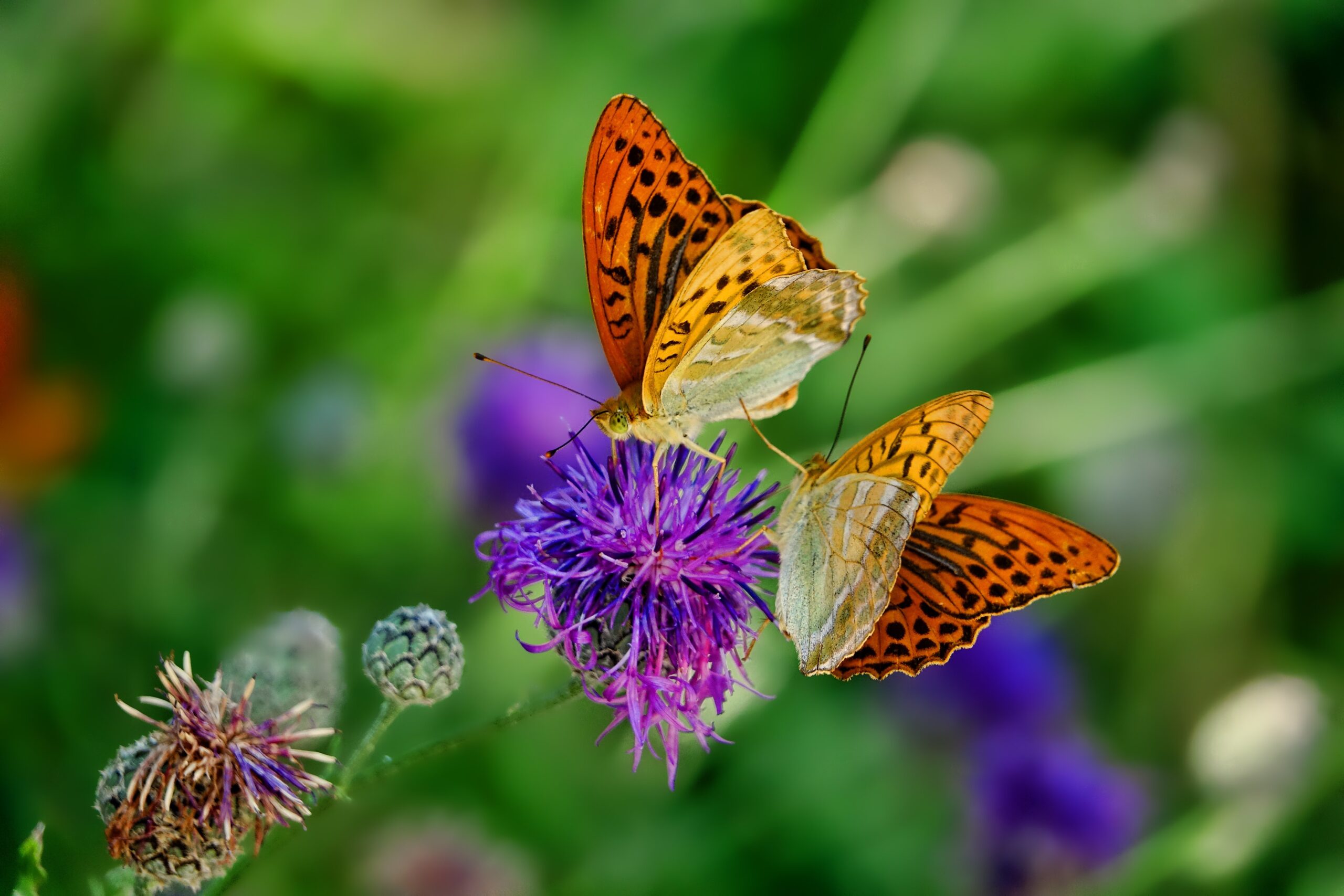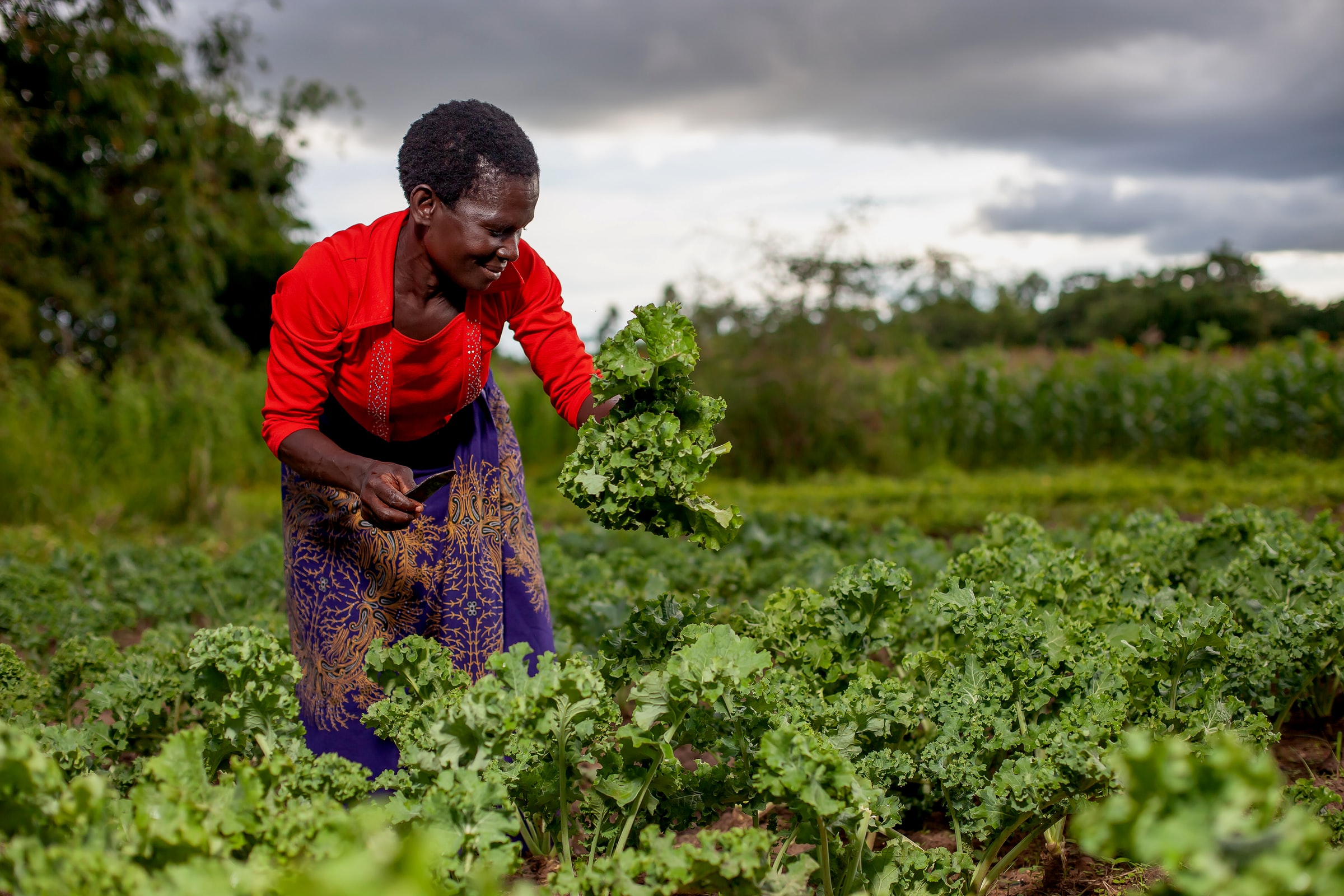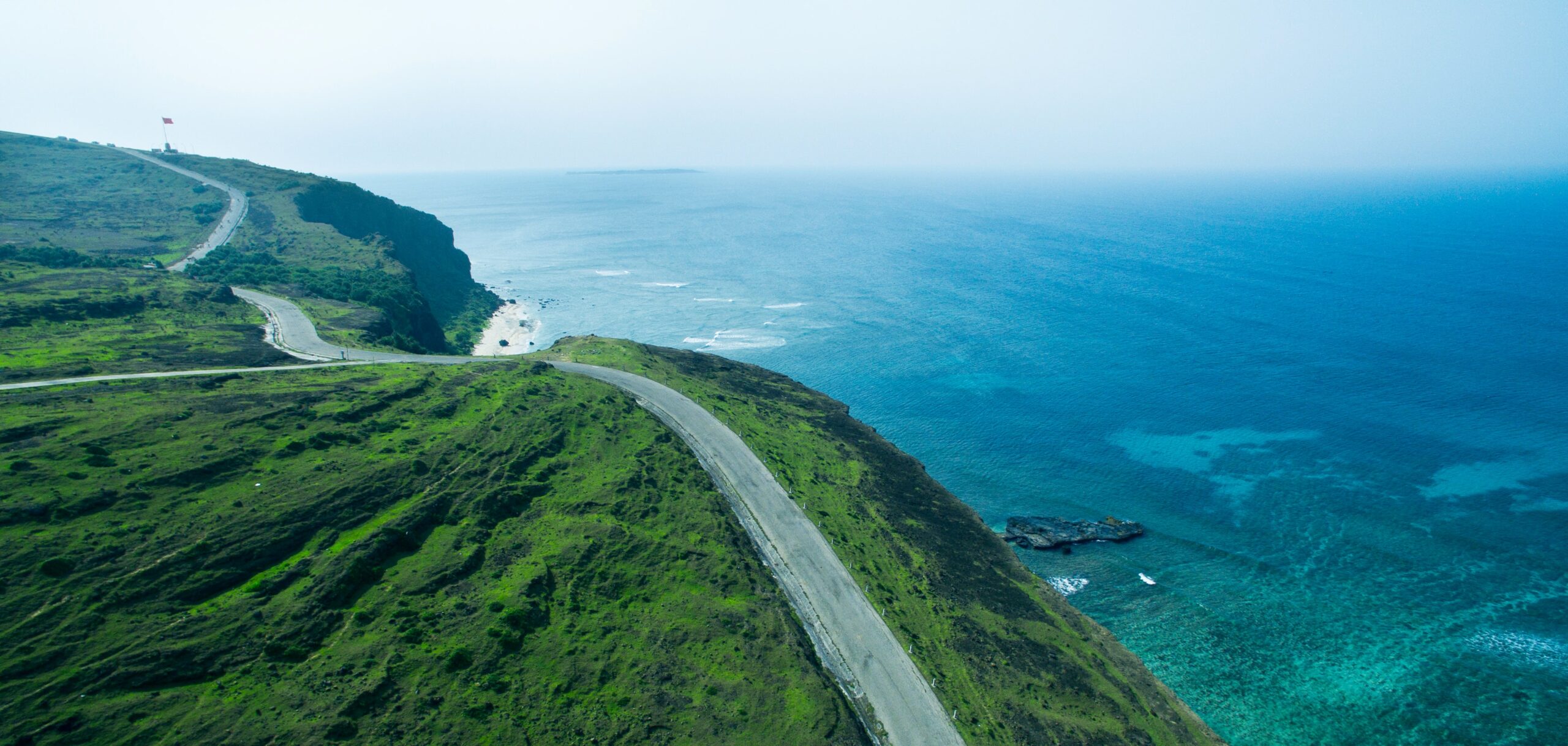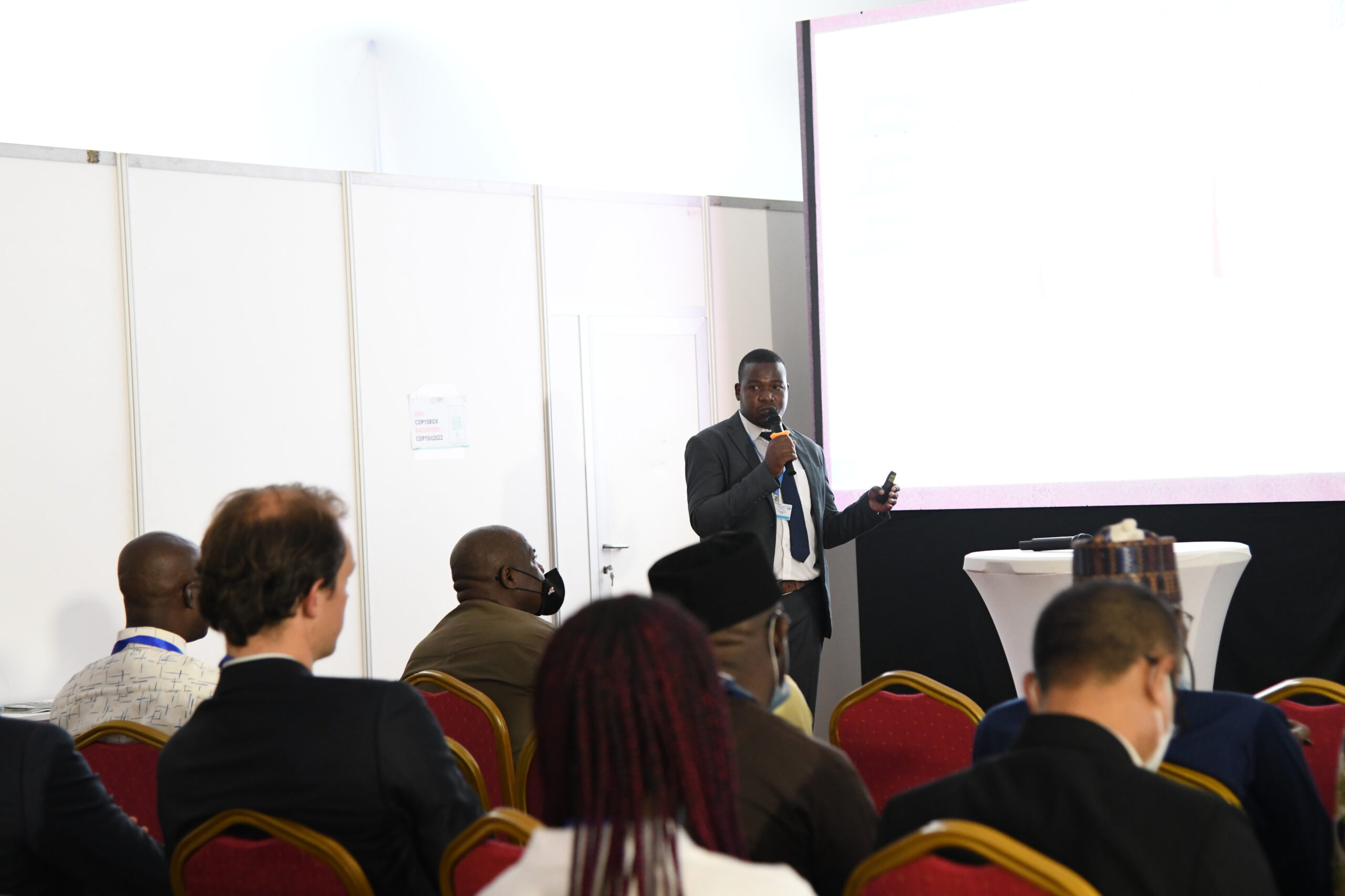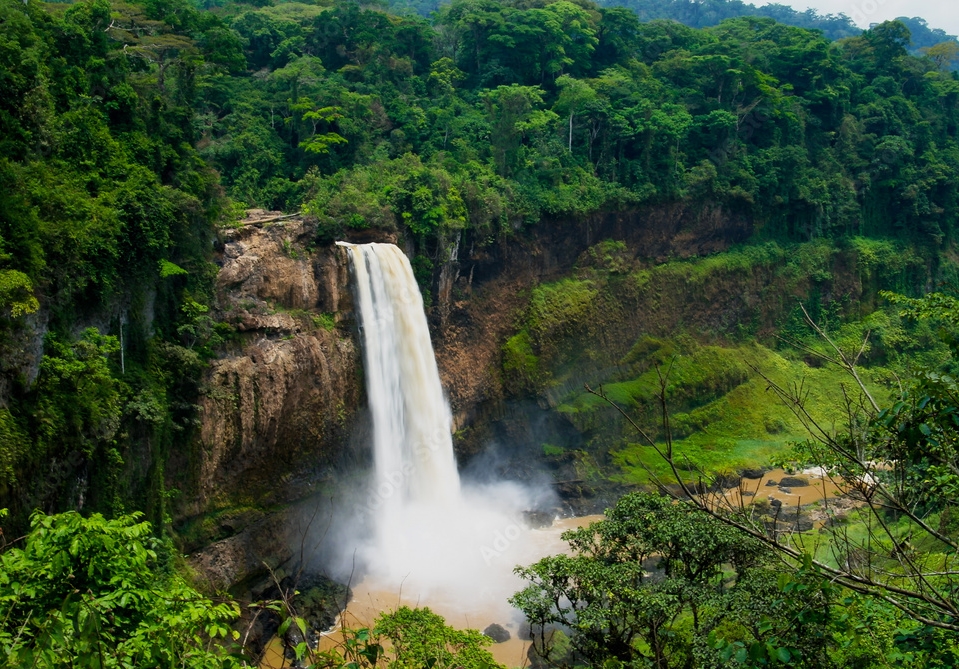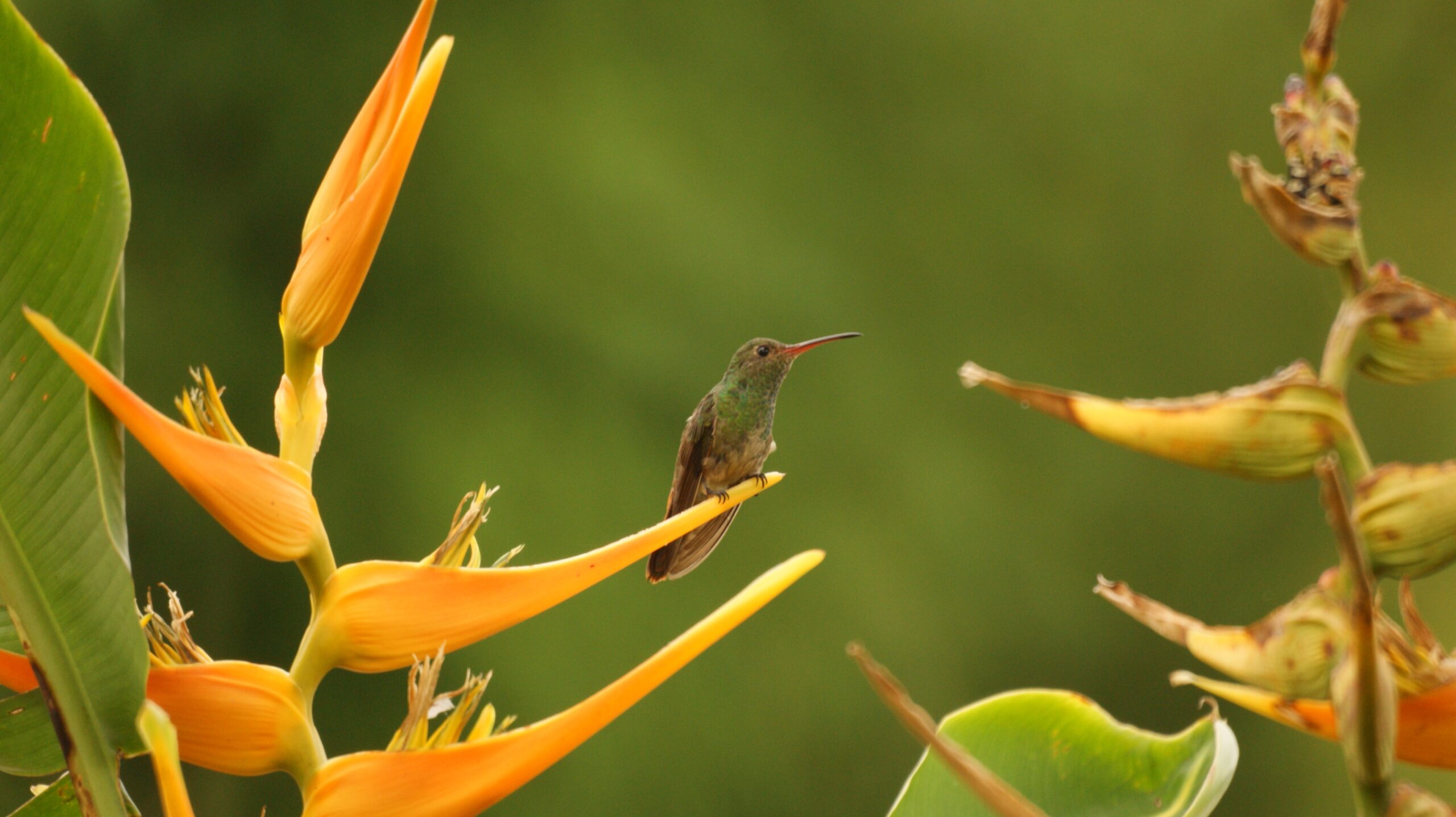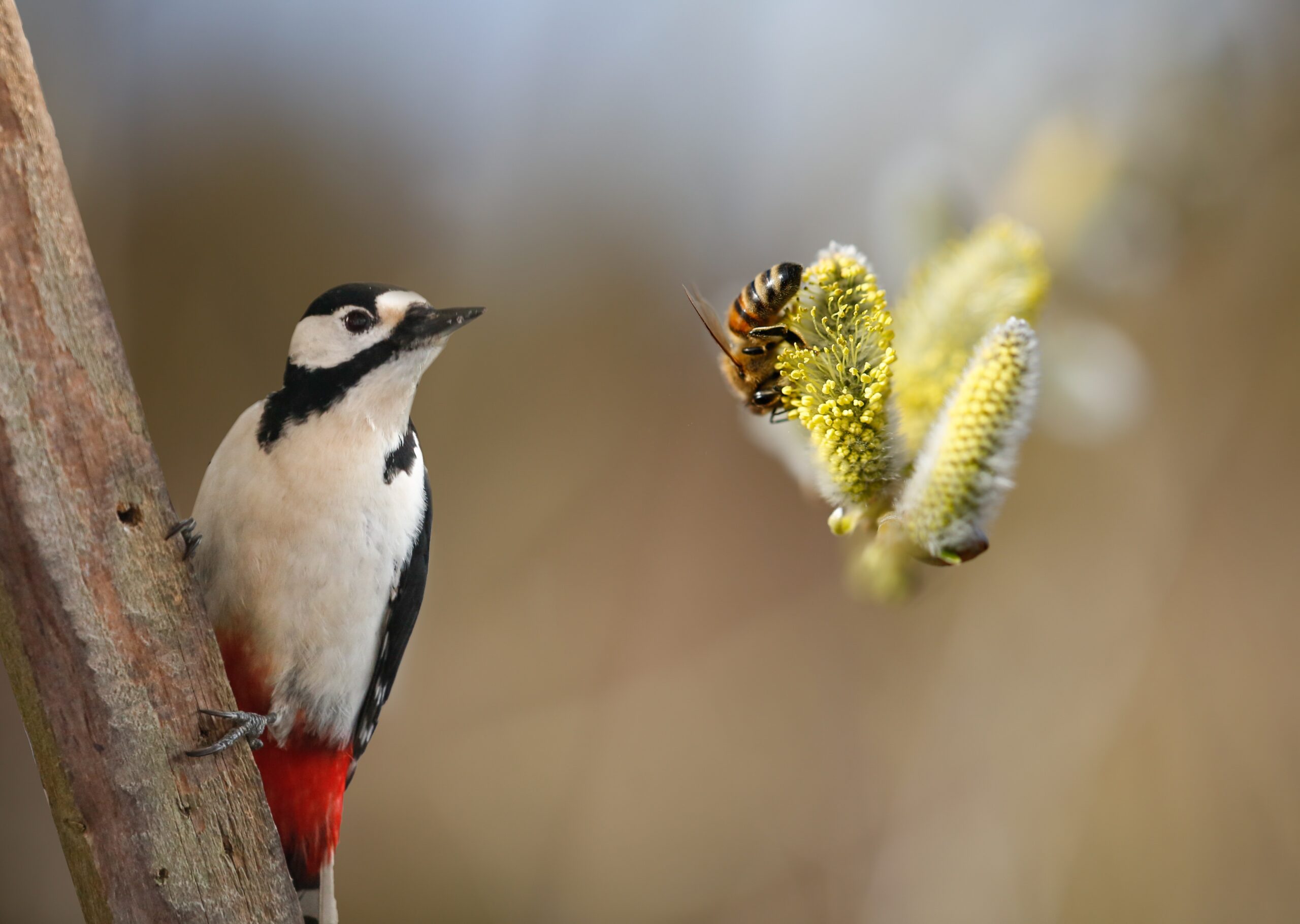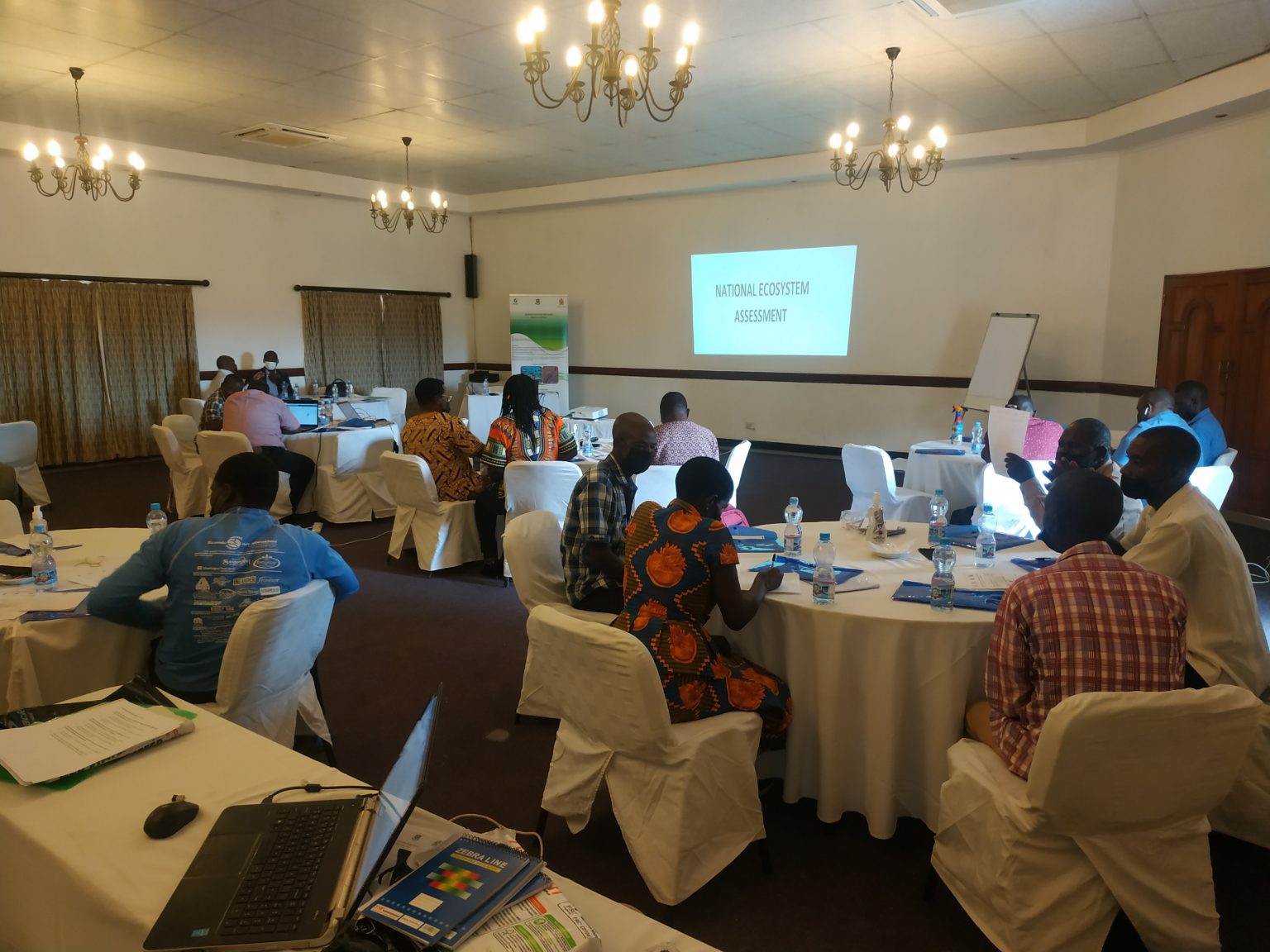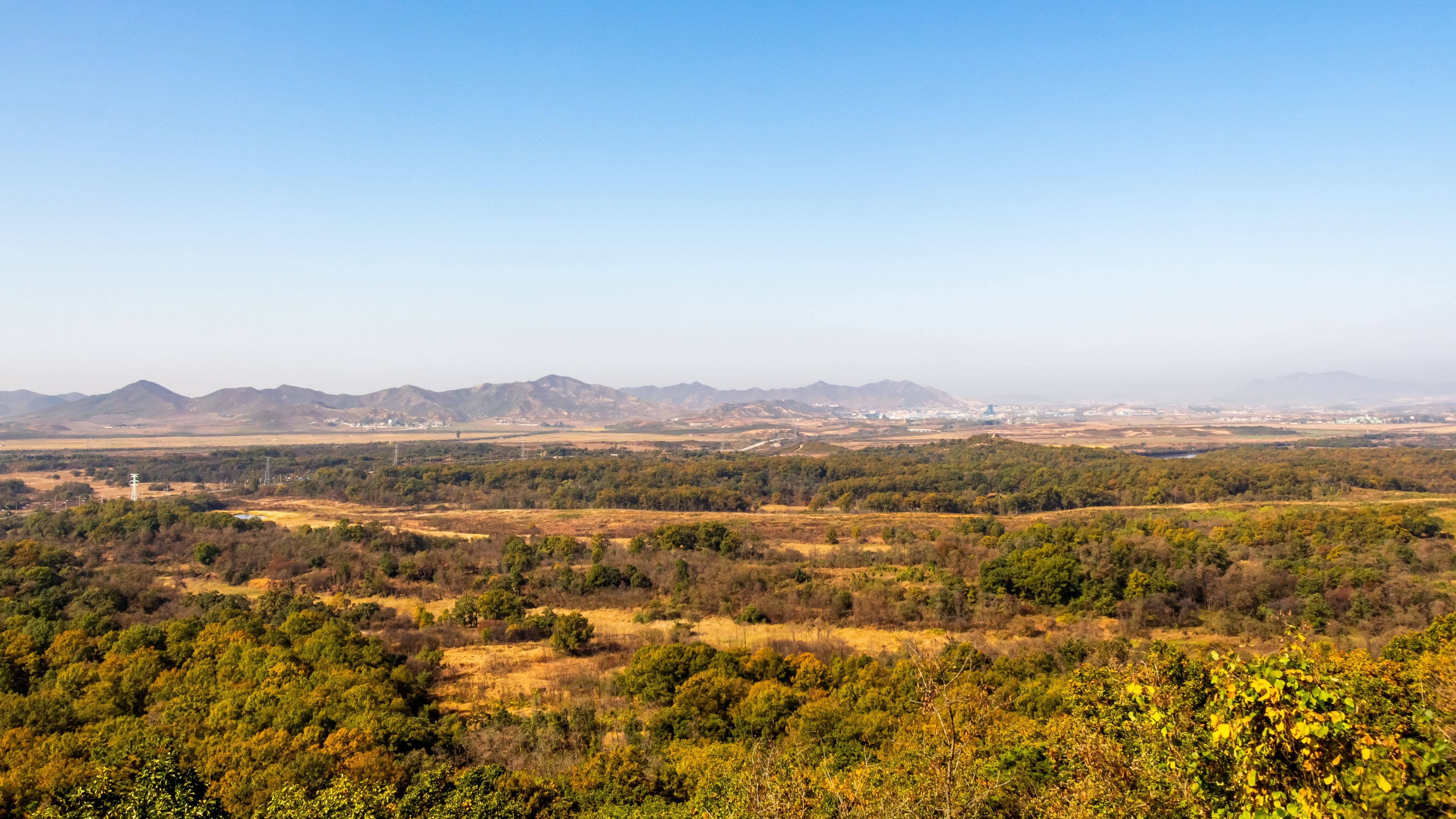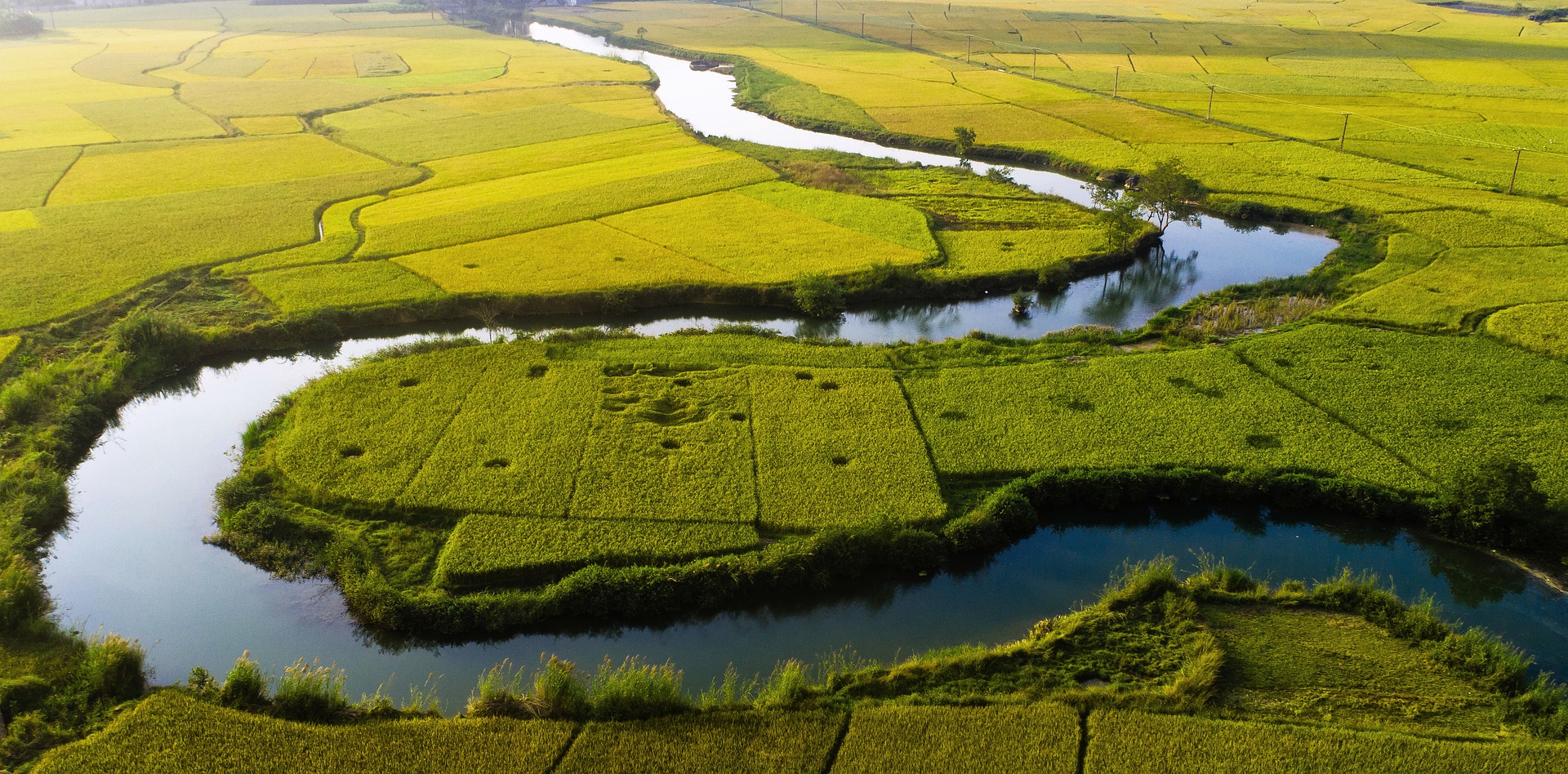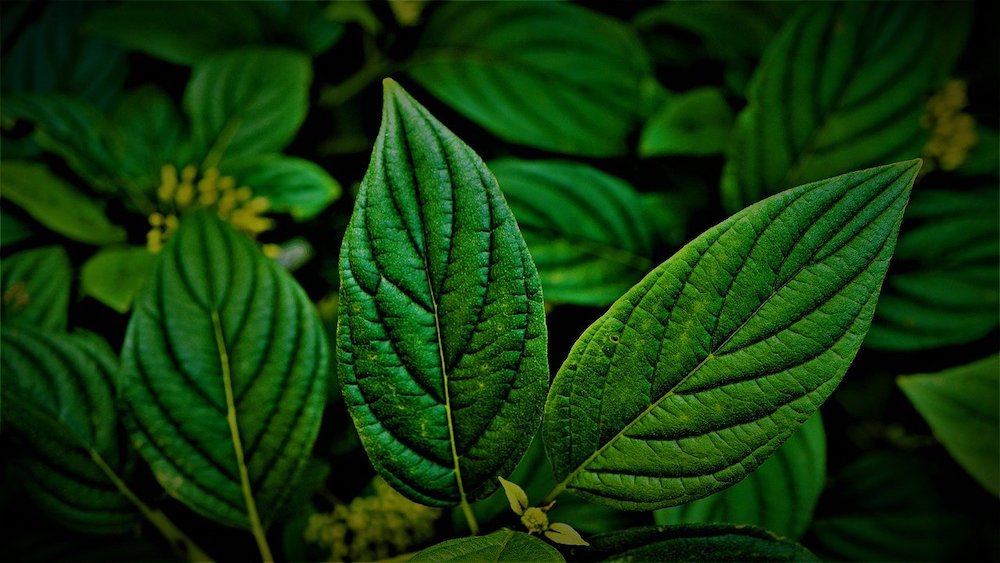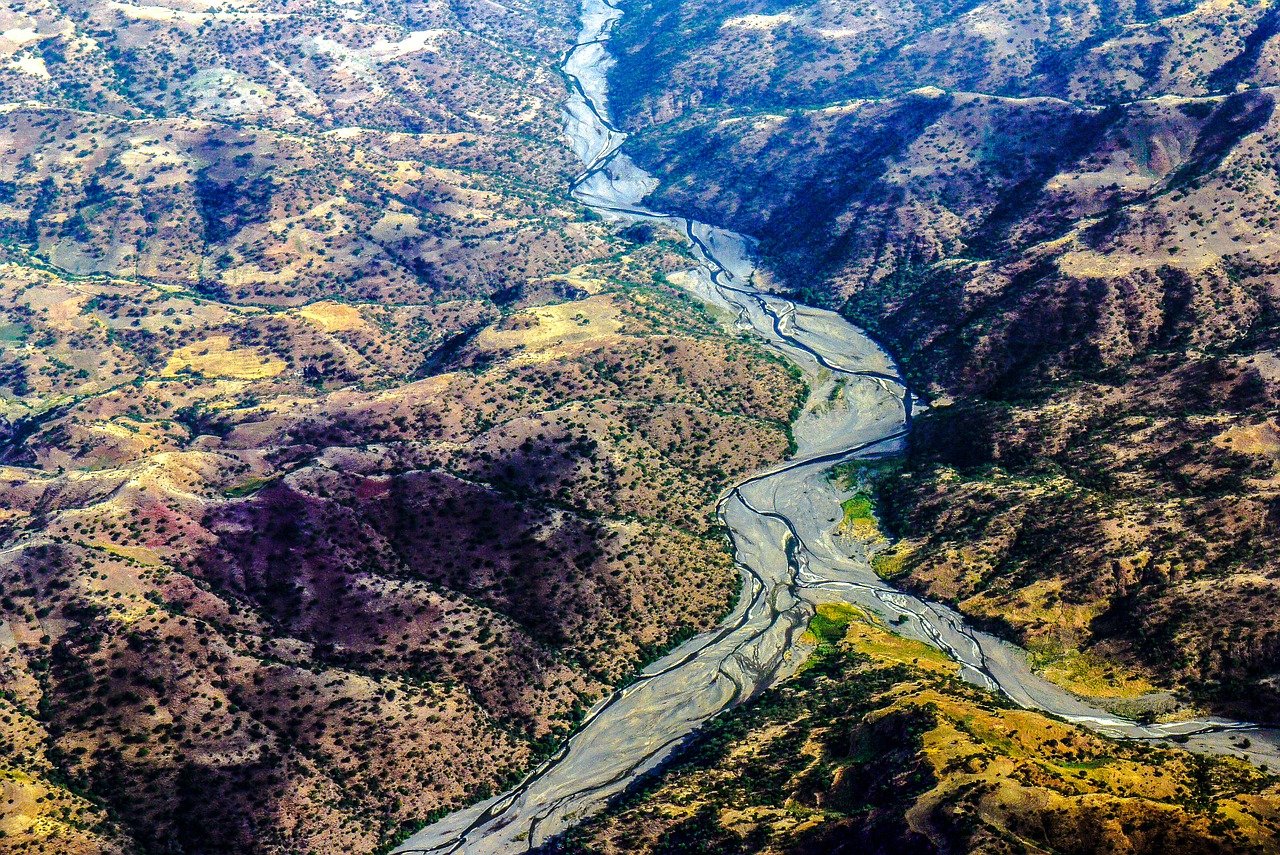Protecting the Invisible Guardians of Biodiversity and Ecosystems
by the BES-Net ILK Support Unit at UNESCO
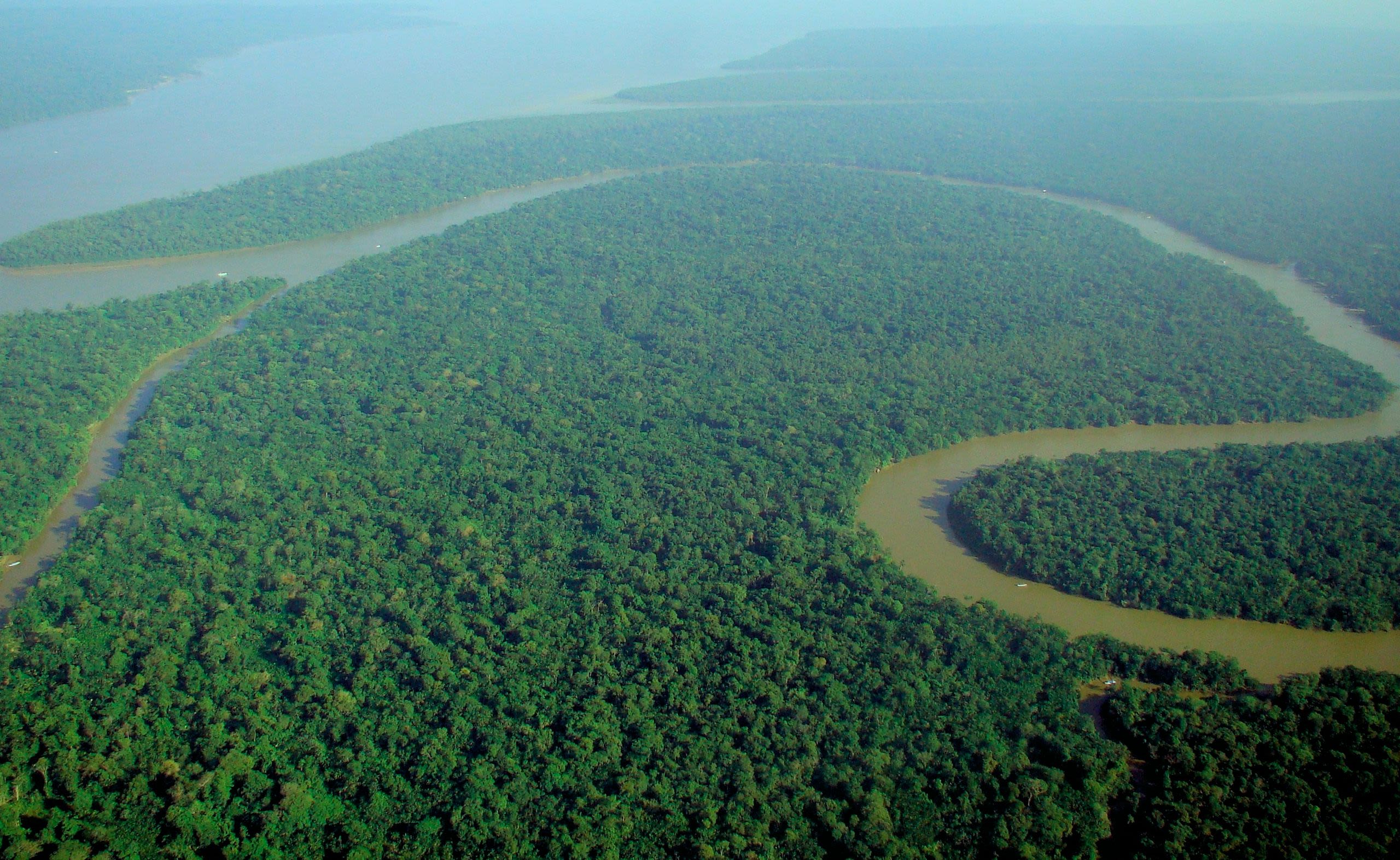
Photo by lubasi from Wikimedia Commons
Photo by lubasi from Wikimedia Commons
Every year, on 9 August, the International Day of the World’s Indigenous Peoples (IDWIP) is celebrated. This year's theme focuses on the protection of the rights of Indigenous Peoples in voluntary isolation and initial contact.
“In today’s hyper-connected world, the existence of Indigenous Peoples in voluntary isolation and initial contact is a testament to the rich and complex tapestry of humanity. It would be a huge loss to our world if they were to cease to exist.”
Most Indigenous Peoples, including those in voluntary isolation and initial contact, have inhabited their territories for centuries. Their livelihoods and cultures are deeply intertwined with nature, as nature serves as their home and source of food and medicine, as well as spiritual nourishment and cultural identity and preservation.
For example, Indigenous Peoples in isolation are a vital part of the biocultural diversity of the Amazon region, with its vast and intricate rainforest ecosystem. Indeed, the area is home to numerous Indigenous groups who have lived in relative isolation for centuries, as the Amazon’s dense and remote environments have historically acted as a natural barrier, helping to protect these communities from external contact. Due to their close relationship with biodiversity, these peoples possess deep knowledge about the ecological processes of the Amazon rainforest, which guide the sustainable use of natural resources as revealed by Chapter 4 of the Rapid Assessment of Biological Diversity and Ecosystem Services of the Amazon Basin/Region published in 2021. This biocultural diversity is crucial not only for the preservation of their own cultures but also for the health of the Amazon’s ecosystems, as these communities play a key role in managing and protecting the region’s natural resources.
Although there is no universally accepted definition of this status, a widely acknowledged definition of Indigenous Peoples in isolation generally refers to those who do not maintain – or have never had – regular contact with populations outside their own group and tend to refuse such contact (Ortiz-Prado et al., 2021). The Convention on Biological Diversity (CBD) defines them as “native Indigenous populations who have voluntarily opted for a way of life separate from civilizing contacts and modern society”.
“Cultural isolation is the expression of the exercise of free determination and must be respected.”
It is difficult to know with certainty how many people live in isolation and where they live, especially because they are social units in globally important ecosystems who inhabit and move around highly inaccessible areas. It is estimated that about 10,000 people – or around 200 groups – are living in voluntary isolation around the world. They largely reside in the Amazon basin and forests within Bolivia, Brazil, Colombia, Ecuador, Paraguay, Peru and Venezuela, as well as in tropical forests in India, Indonesia and Papua New Guinea, as elaborated by the United Nations Department of Economic and Social Affairs (UNDESA). These ecosystems are known to be rich in natural resources, containing vital ecosystems, water sources and flora and fauna, crucial for the survival of the Indigenous Peoples inhabiting them.
However, these communities face increasing threats from external pressures that jeopardize their ways of life and the conservation of their environments. To better understand these threats, take a look at the next part of the infographic, which highlights the critical challenges they face.
The international community acknowledges that special measures are required to protect the rights of Isolated Indigenous Peoples (IIPs) and preserve their unique cultures and ways of life based on their self-determination. The next section of infographic highlights some of the international legal frameworks that could further strengthen their protection and cultural preservation if fully implemented at global and national levels.
Most Indigenous Peoples, including those in voluntary isolation and initial contact, have inhabited their territories for centuries. Their livelihoods and cultures are deeply intertwined with nature, as nature serves as their home and source of food and medicine, as well as spiritual nourishment and cultural identity and preservation.
For example, Indigenous Peoples in isolation are a vital part of the biocultural diversity of the Amazon region with its vast and intricate rainforest ecosystem. Indeed, it is home to numerous Indigenous groups who have lived in relative isolation for centuries, as the Amazon’s dense and remote environments have historically acted as a natural barrier, helping to protect these communities from external contact. Due to their close relationship with biodiversity, these peoples possess deep knowledge about the ecological processes of the Amazon rainforest, which guide the sustainable use of natural resources as revealed by Chapter 4 of the Rapid Assessment of Biological Diversity and Ecosystem Services of the Amazon Basin/Region published in 2021. This biocultural diversity is crucial not only for the preservation of their own cultures but also for the health of the Amazon’s ecosystems, as these communities play a key role in managing and protecting the region’s natural resources.
Although there is no universally accepted definition of this status, a widely acknowledged definition of Indigenous Peoples in isolation generally refers to those who do not maintain – or have never had – regular contact with populations outside their own group and tend to refuse such contact (Ortiz-Prado et al., 2021). The Convention on Biological Diversity (CBD) defines them as “native Indigenous populations who have voluntarily opted for a way of life separate from civilizing contacts and modern society”.
“Cultural isolation is the expression of the exercise of free determination and must be respected.”
It is difficult to know with certainty how many people live in isolation and where they live, especially because they are social units in globally important ecosystems who inhabit and move around highly inaccessible areas. It is estimated that about 10,000 people – or around 200 groups – are living in voluntary isolation around the world. They largely reside in the Amazon basin and forests within Bolivia, Brazil, Colombia, Ecuador, Paraguay, Peru and Venezuela, as well as in tropical forests in India, Indonesia and Papua New Guinea, as elaborated by the United Nations Department of Economic and Social Affairs (UNDESA). These ecosystems are known to be rich in natural resources, containing vital ecosystems, water sources and flora and fauna, crucial for the survival of the Indigenous Peoples inhabiting them.
However, these communities face increasing threats from external pressures that jeopardize their ways of life and the conservation of their environments. To better understand these threats, take a look at the next part of the infographic, which highlights the critical challenges they face.
The international community acknowledges that special measures are required to protect the rights of Isolated Indigenous Peoples (IIPs) and preserve their unique cultures and ways of life based on their self-determination. The next section of the infographic highlights some of the international legal frameworks that could further strengthen their protection and cultural preservation if fully implemented at global and national levels.
Self-sufficiency and determination of Indigenous Peoples in voluntary isolation can be preserved by maintaining their distance to uphold their way of life, implying that society should respect their limited access. Protecting their territories and collective rights is crucial for their well-being and the preservation of their cultural and linguistic diversity.
For example, the Yanomami people of the Amazon, who live in relative isolation, maintain traditional practices such as swidden agriculture and medicinal plant knowledge. This isolation helps them safeguard these practices from external influences and pressures, enabling them to apply sustainable methods suited to local conditions. As a result, the community effectively manages biodiversity and ecosystem services in harmony with their environment.
This calls for integrated and coordinated policies at the international and national levels to ensure that those communities that have chosen to remain in isolation are fully safeguarded, as emphasized by the Rapid Assessment of Biological Diversity and Ecosystem Services of the Amazon Basin/Region of 2021.
We warmly invite you to read the inspiring message from Ms. Audrey Azoulay, Director-General of UNESCO, on the International Day of the World's Indigenous Peoples.
References
Amazon Cooperation Treaty Organization (ACTO). (2021). Chapter 4: Dialogue of Knowledge and Traditional Knowledge Associated with Biological Diversity in Rapid Assessment of Biological Diversity and Ecosystem Services of the Amazon Basin/Region.
CBD. World Conservation Union Regional Office for South America (IUCN-SUR). (2007). Report on the Situation of Isolated Indigenous Peoples and the Protection of Traditional Knowledge
Inter-American Commission on Human Rights. (2014). REPORT No. 96/14, Petition 422-06, Report on Admissibility, Tagaeri and Taromenani Indigenous Peoples in Isolation, Ecuador.
International Work Group for Indigenous Affairs (IWGIA) & Instituto de Promoción Estudios Sociales (IPES). (2013). Indigenous Peoples in Voluntary Isolation and Initial Contact.
Ortiz-Prado, E., Cevallos-Sierra, G., Vasconez, E., Lister, A., & Pichilingue Ramos, E. (2021). Avoiding extinction: the importance of protecting isolated Indigenous tribes. AlterNative: An International Journal of Indigenous Peoples, 17(1), 130-135.
Protecting the Rights of Indigenous Peoples in Voluntary Isolation and Initial Contact | Division for Inclusive Social Development (DISD). (2024). https://social.desa.un.org/issues/indigenous-peoples/protecting-the-rights-of-indigenous-peoples-in-voluntary-isolation-and
United Nations. (2007). United Nations Declaration on the Rights of Indigenous Peoples.
UN Human Rights Council Secretariat & UN Office of the High Commissioner for Human Rights. (2009). Draft Guidelines on the Protection of Indigenous Peoples in Voluntary Isolation and in Initial Contact of the Amazon Basin and El Chaco: Report / Prepared by the Secretariat.



